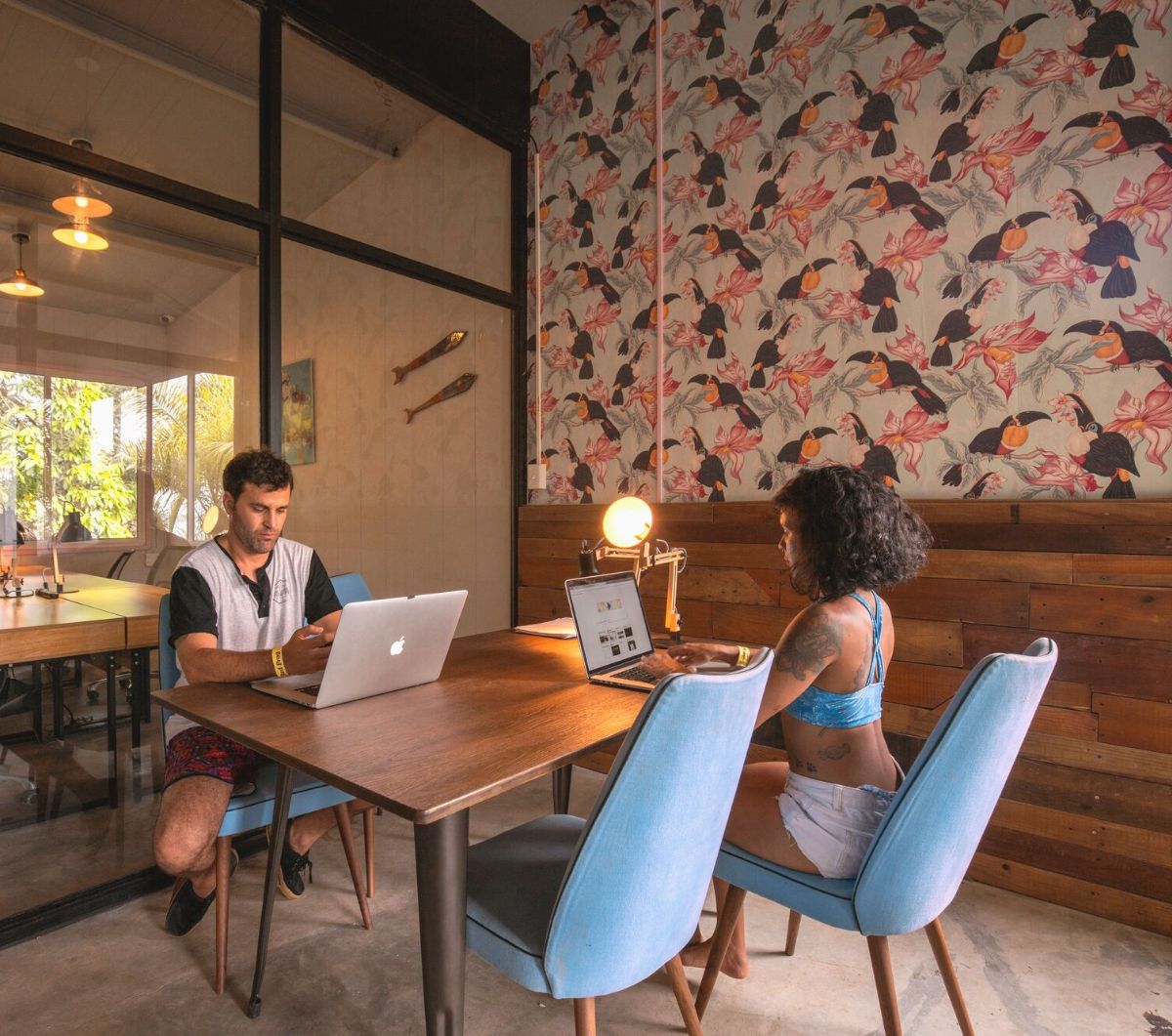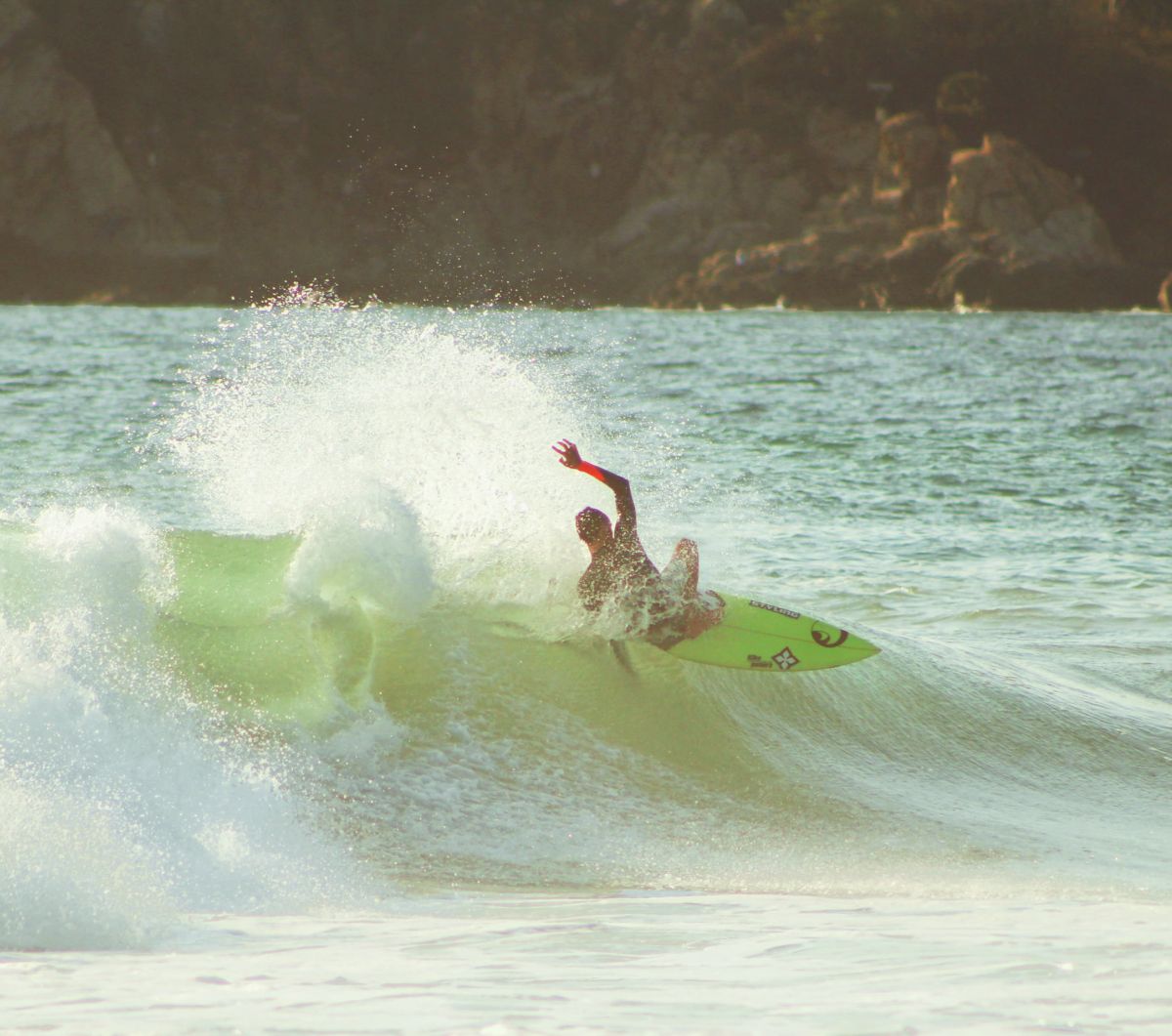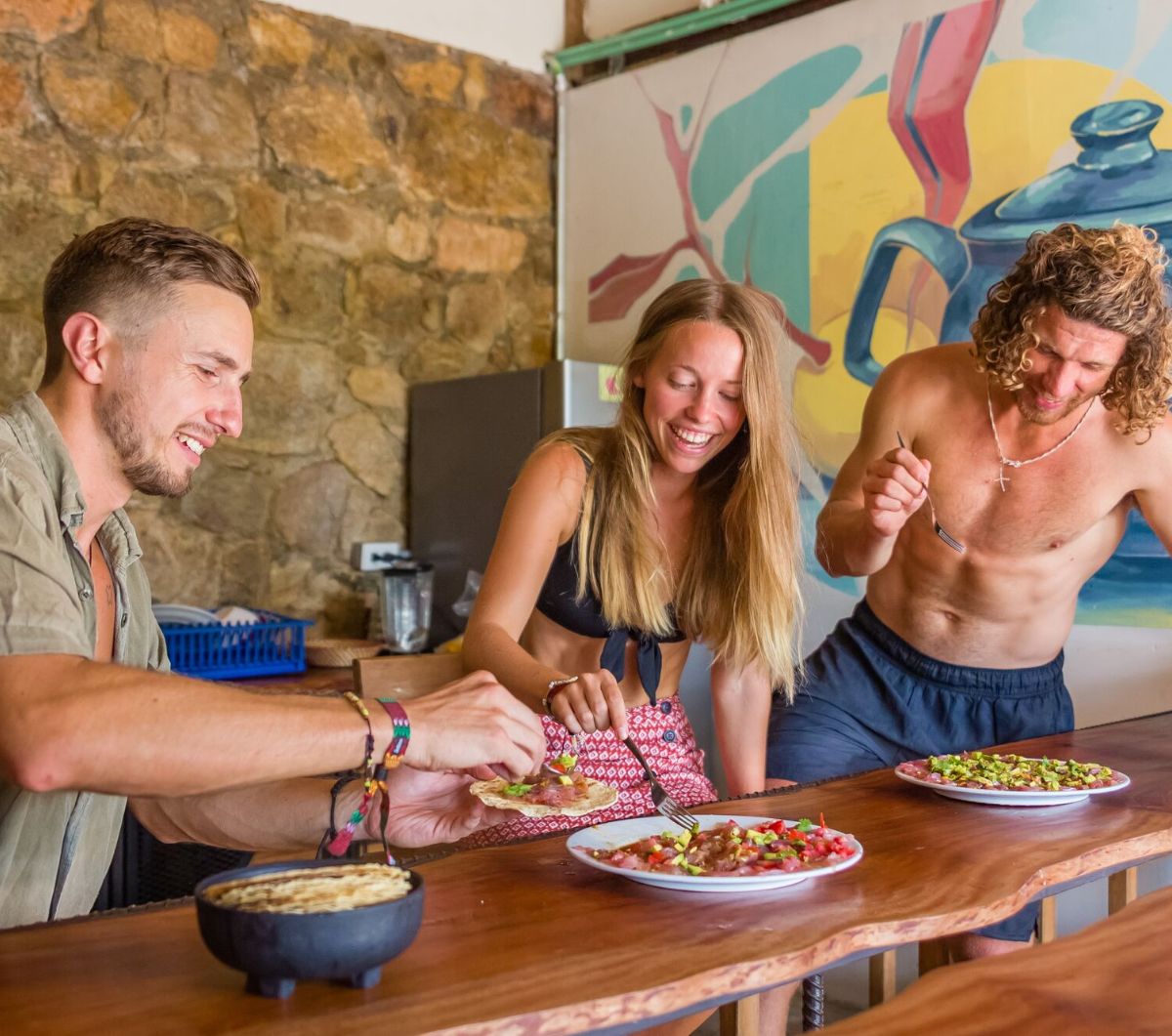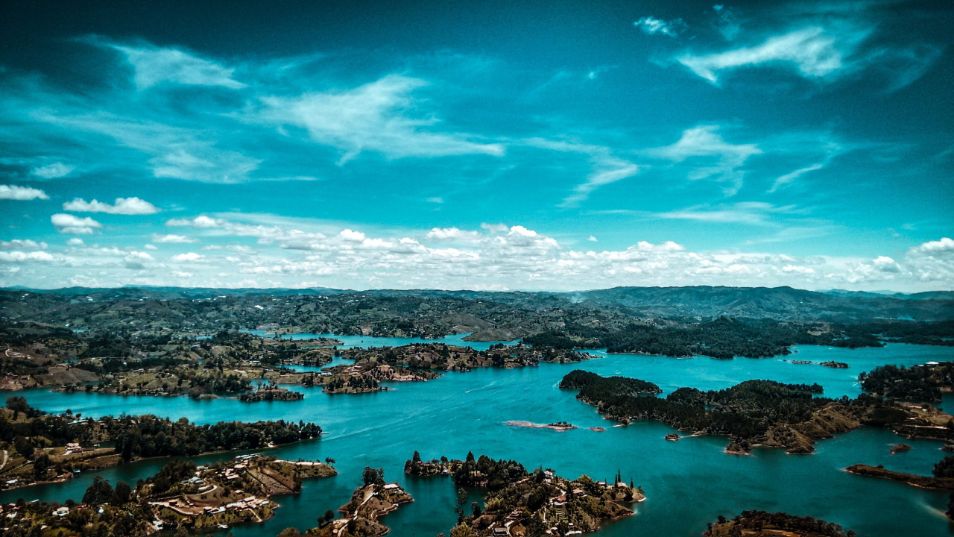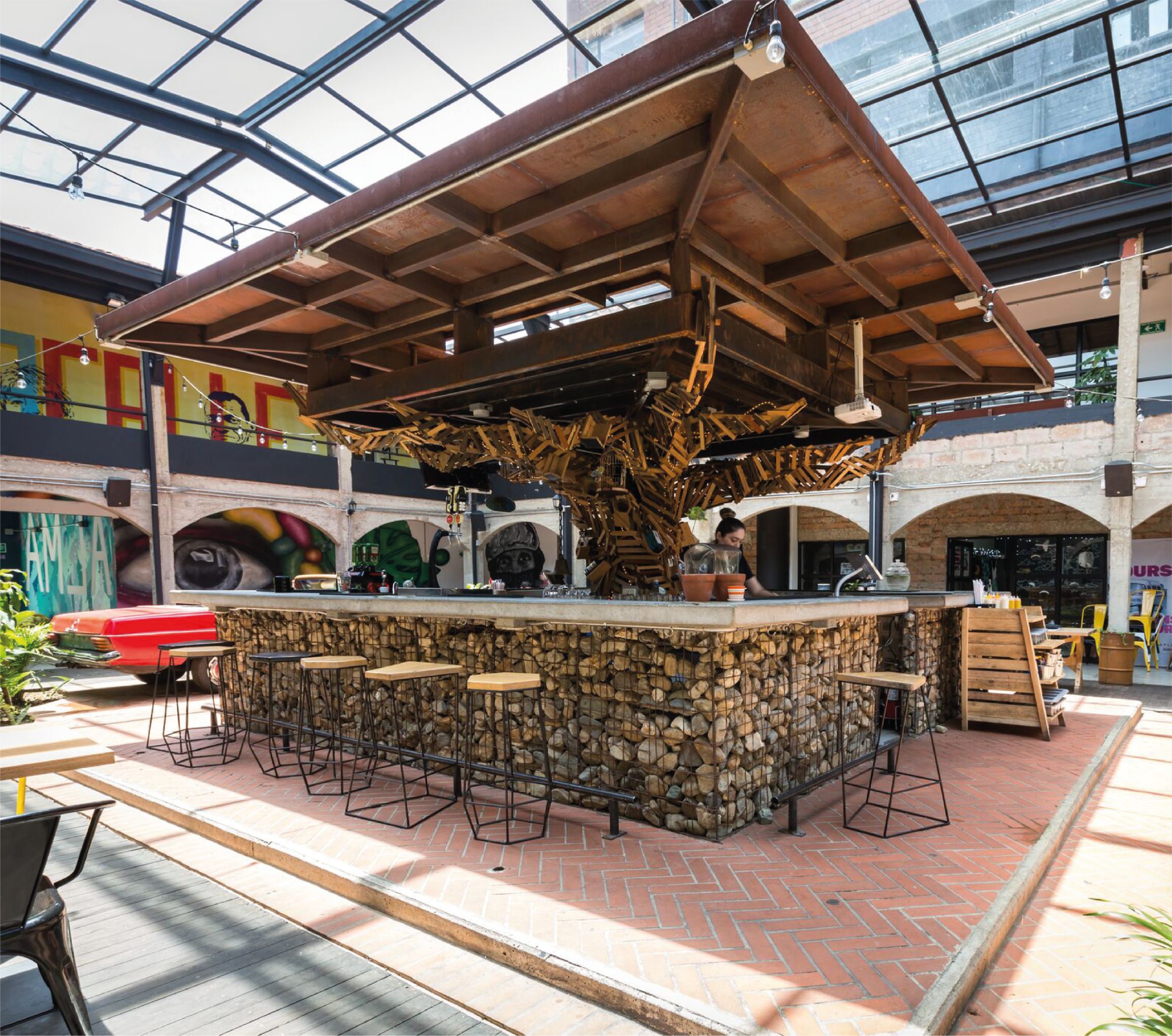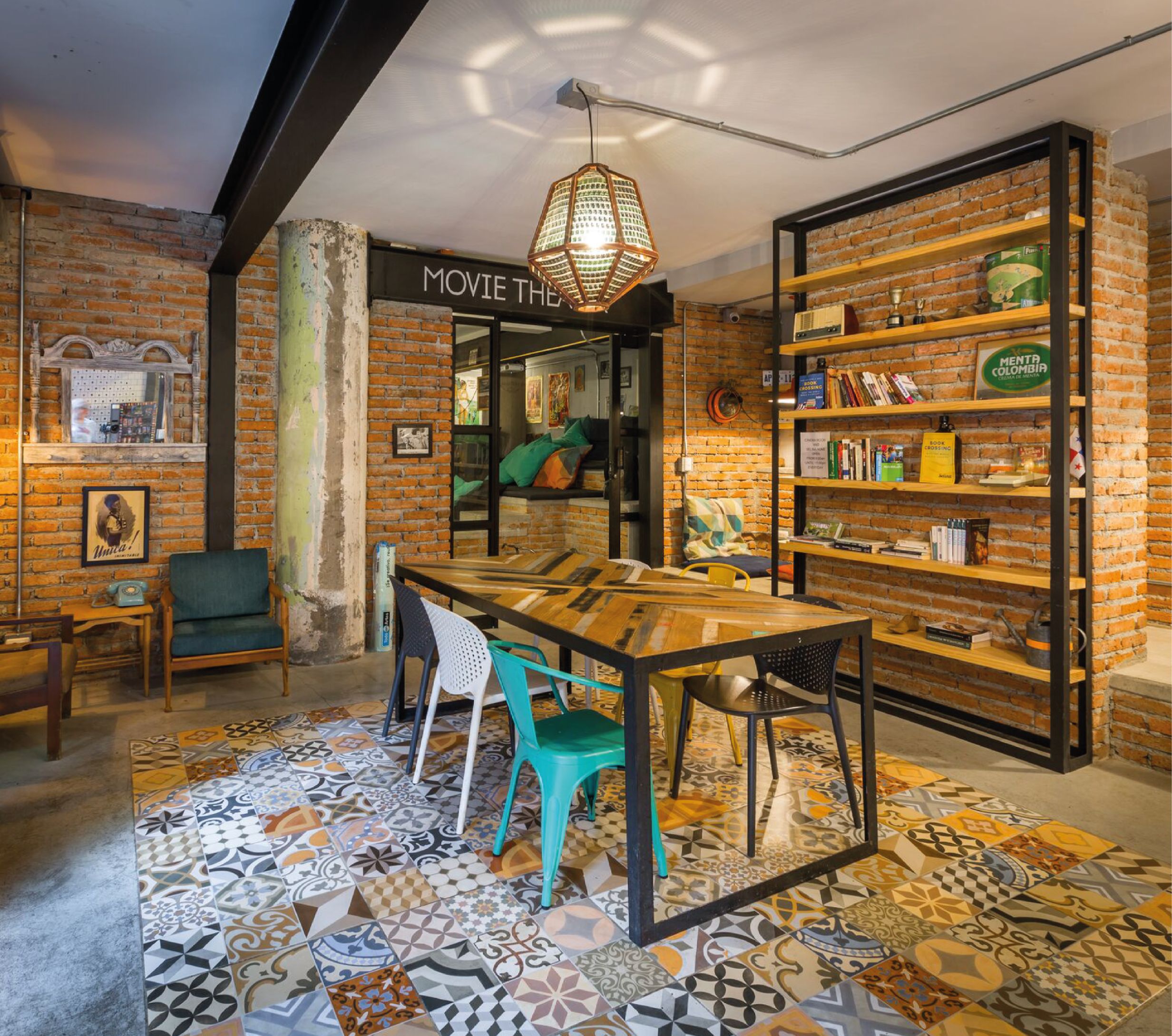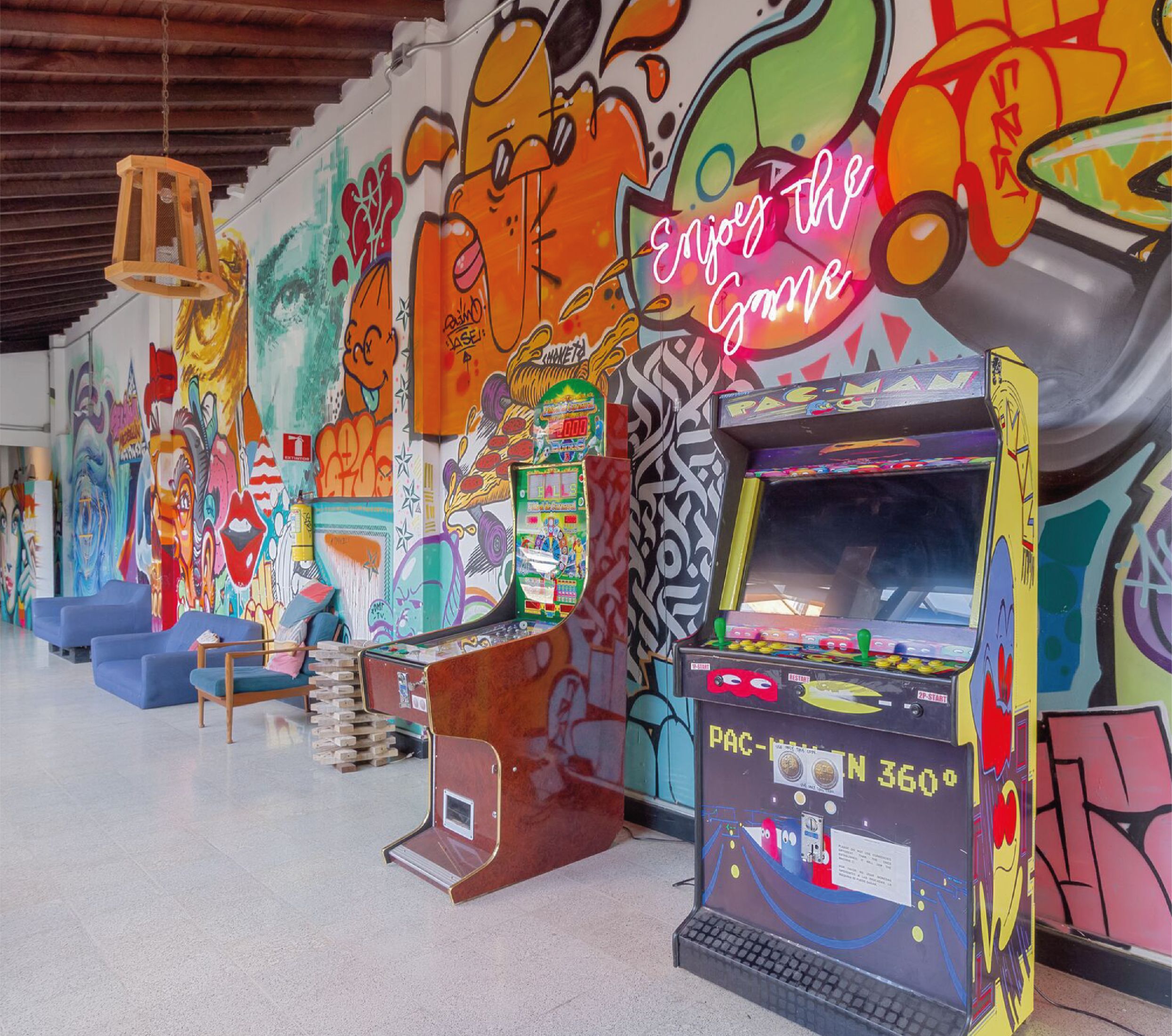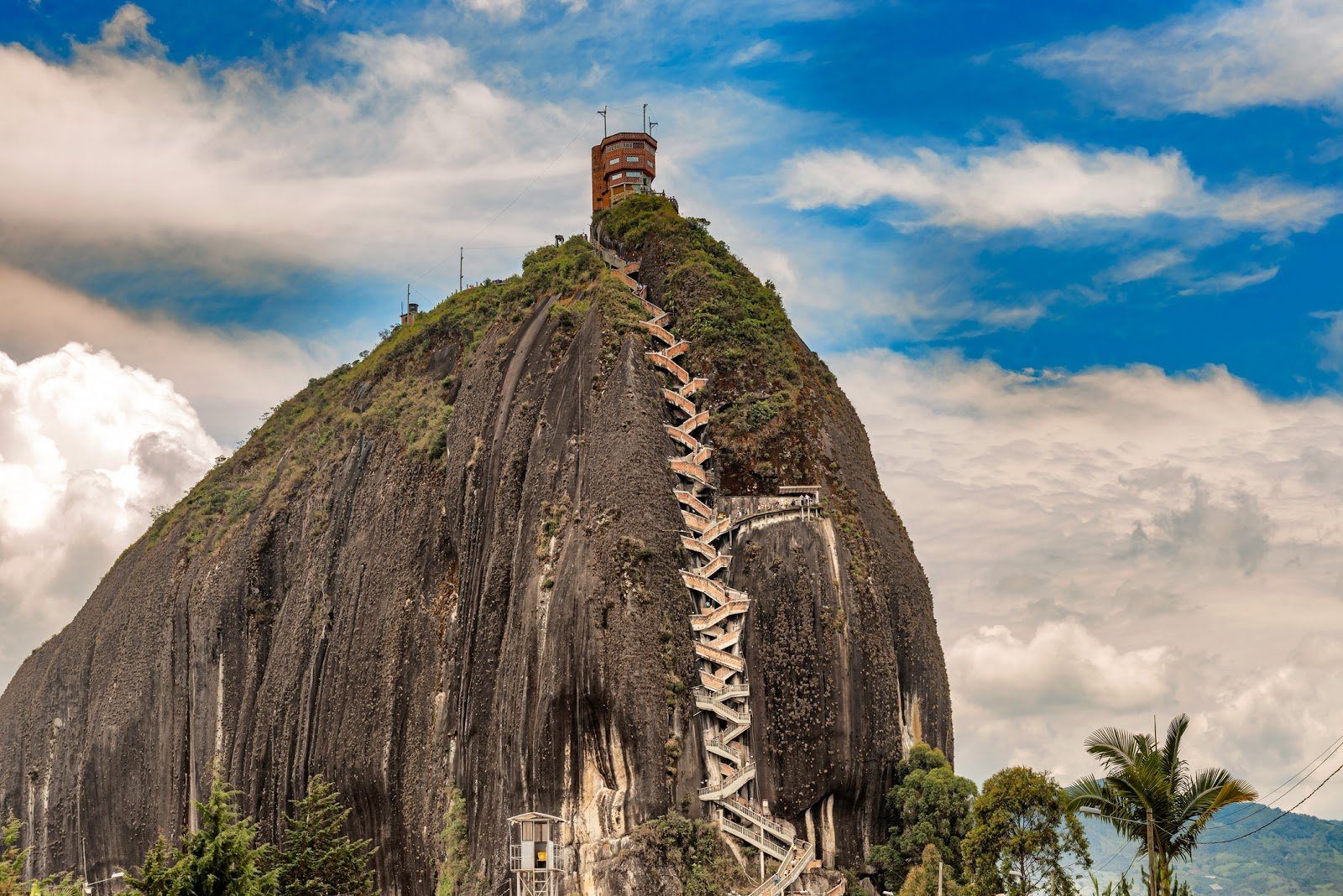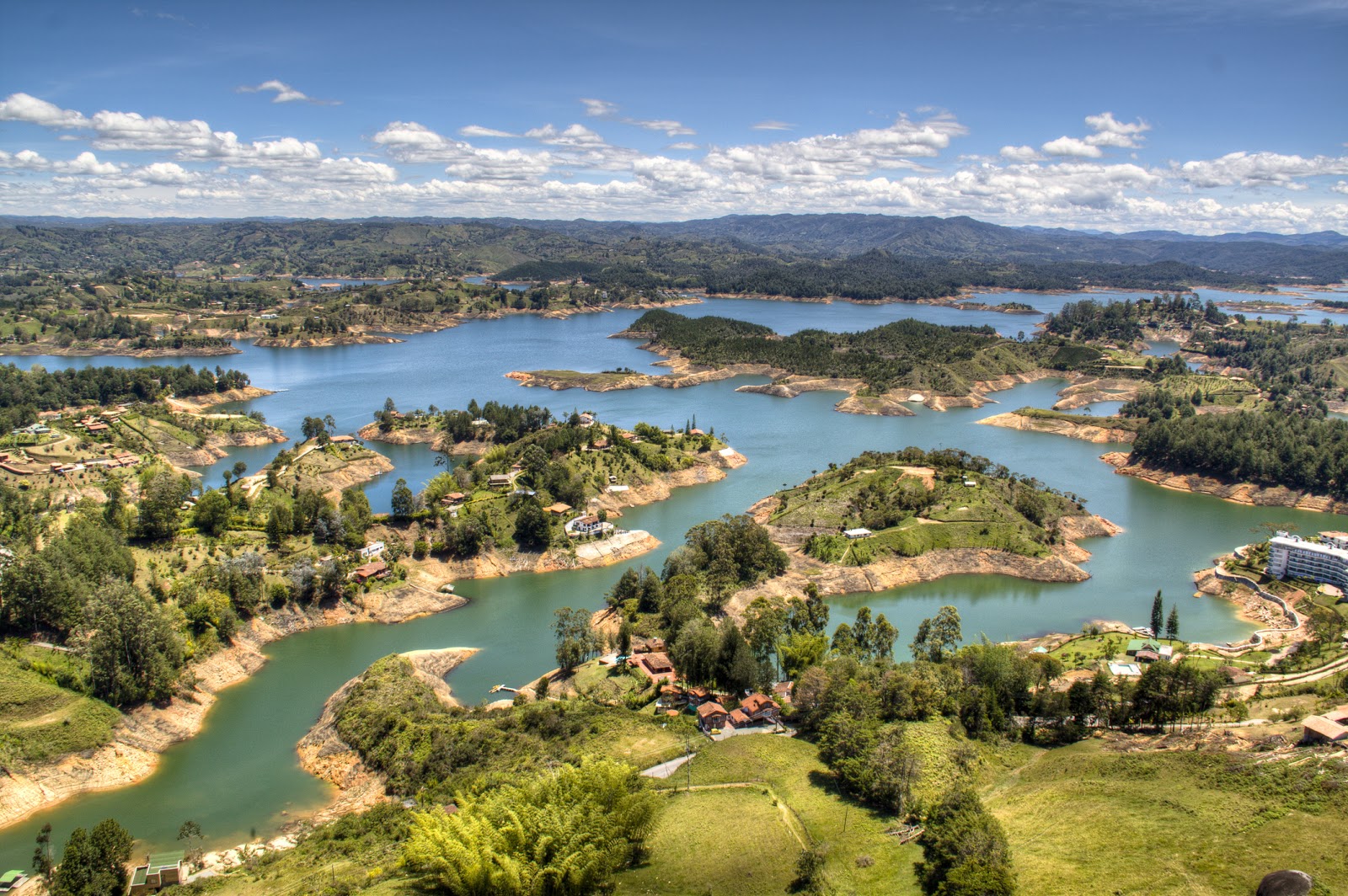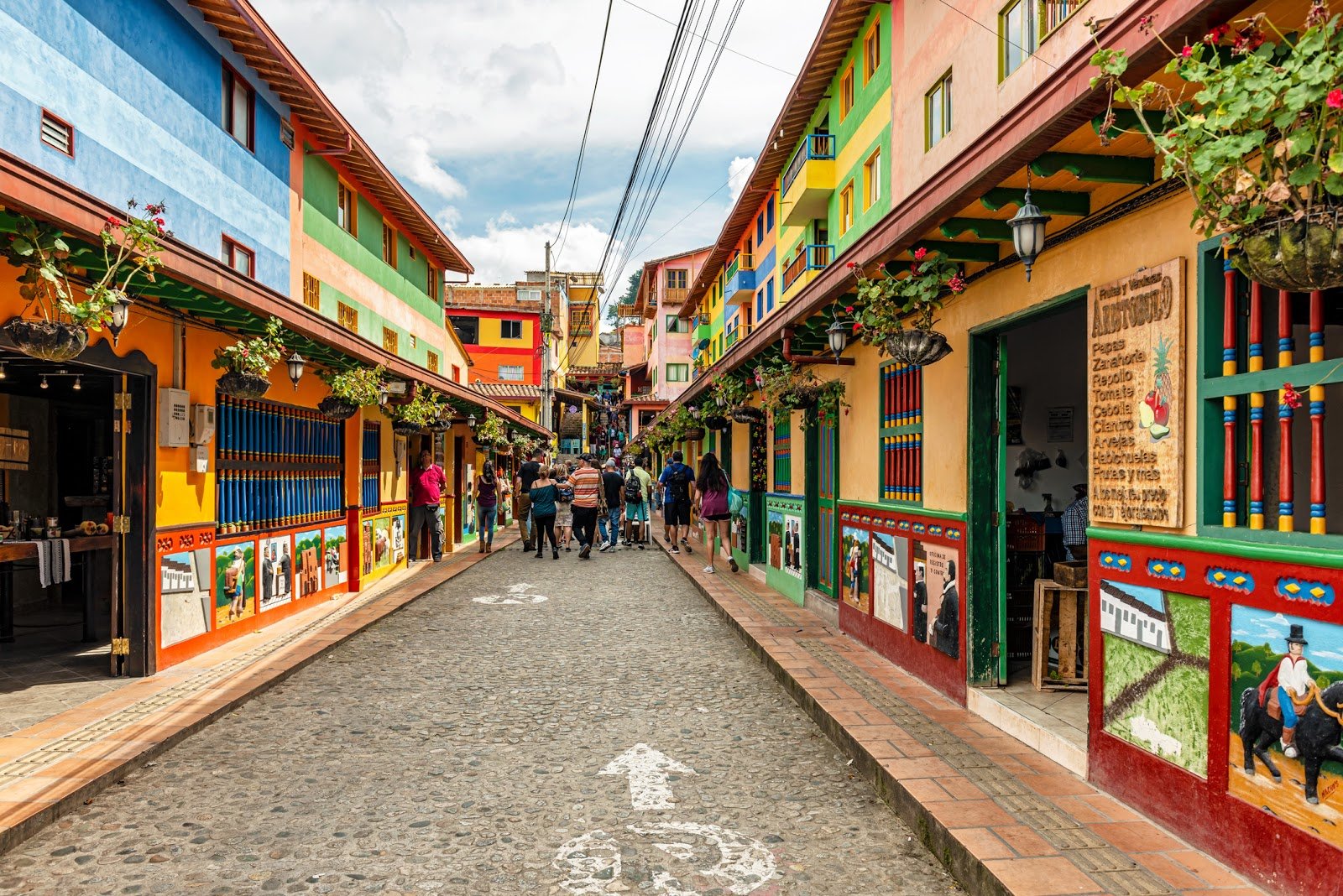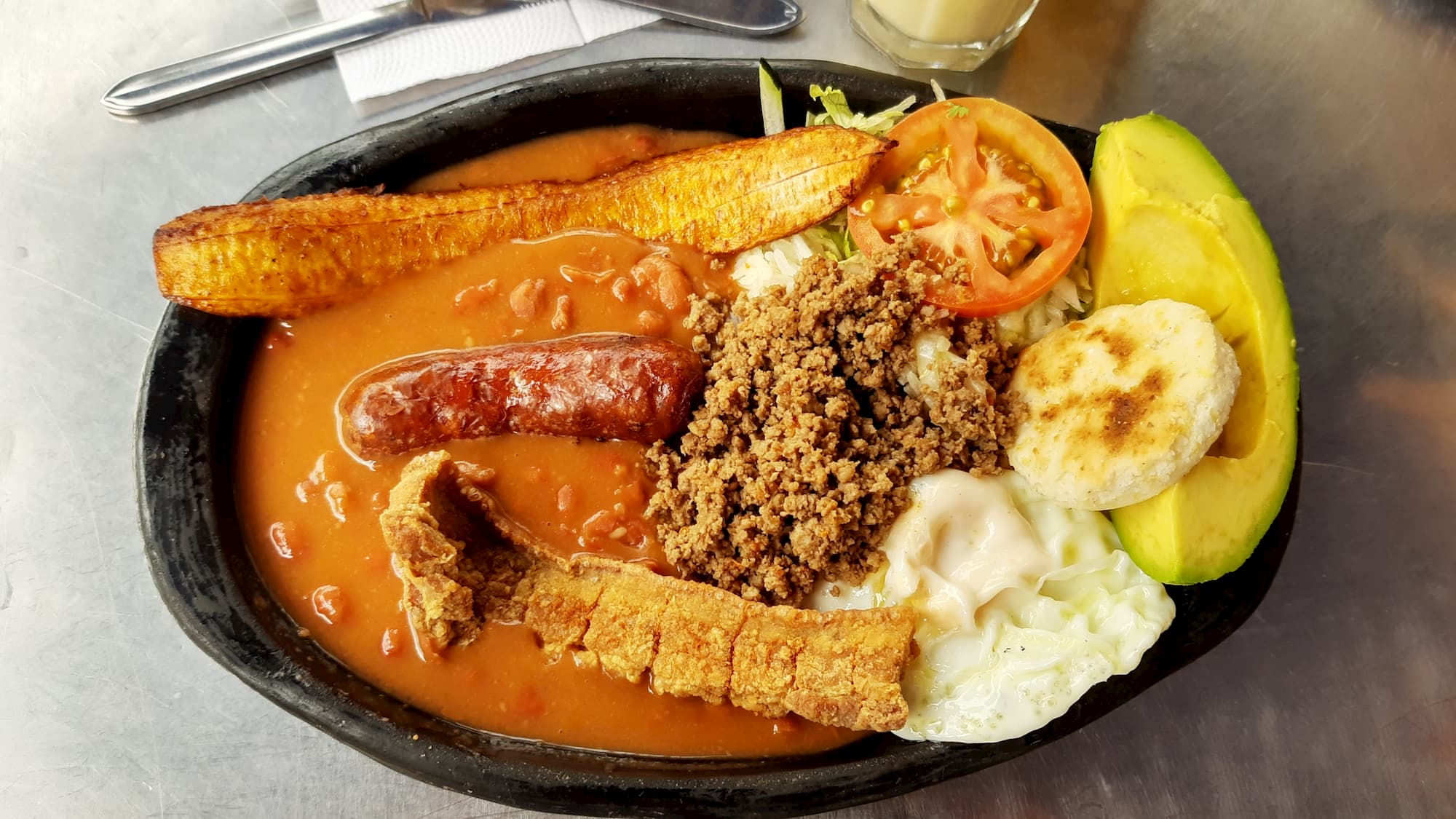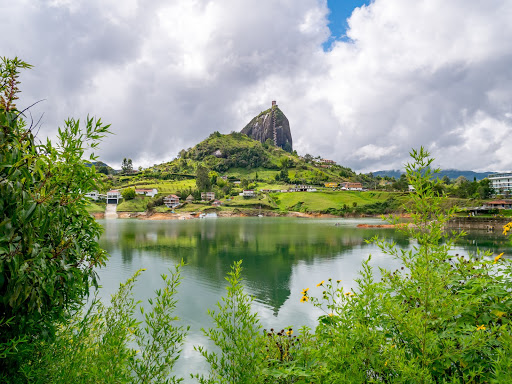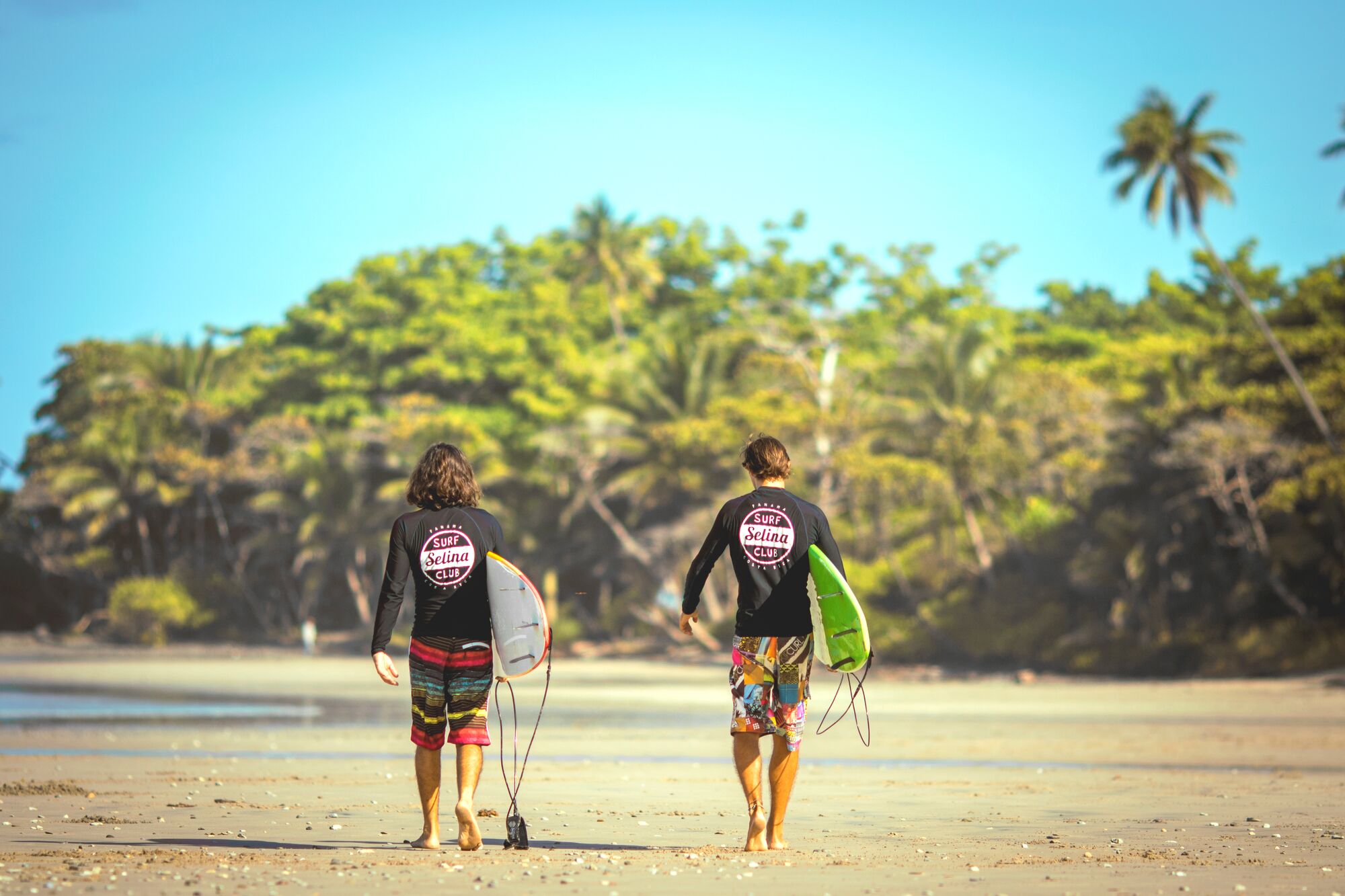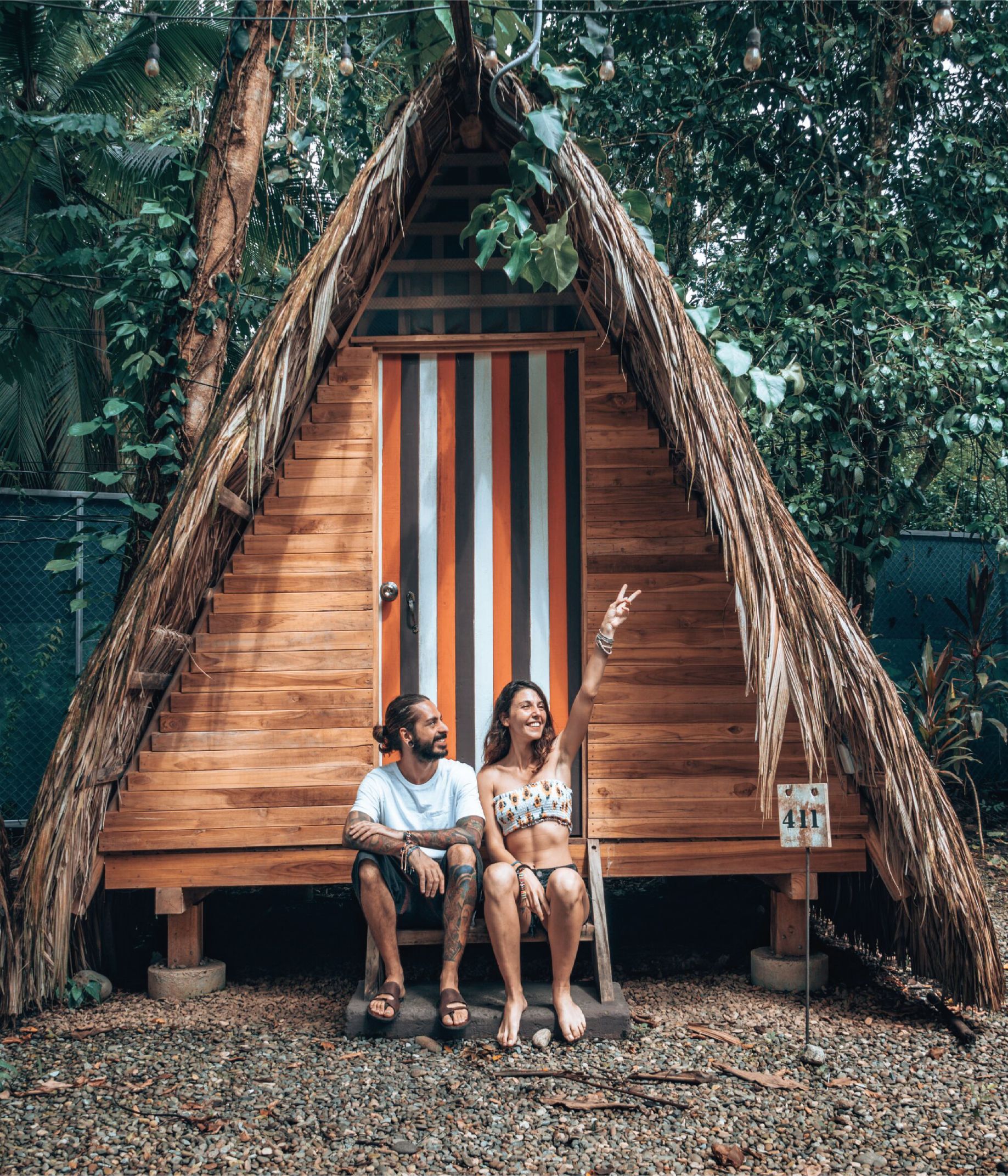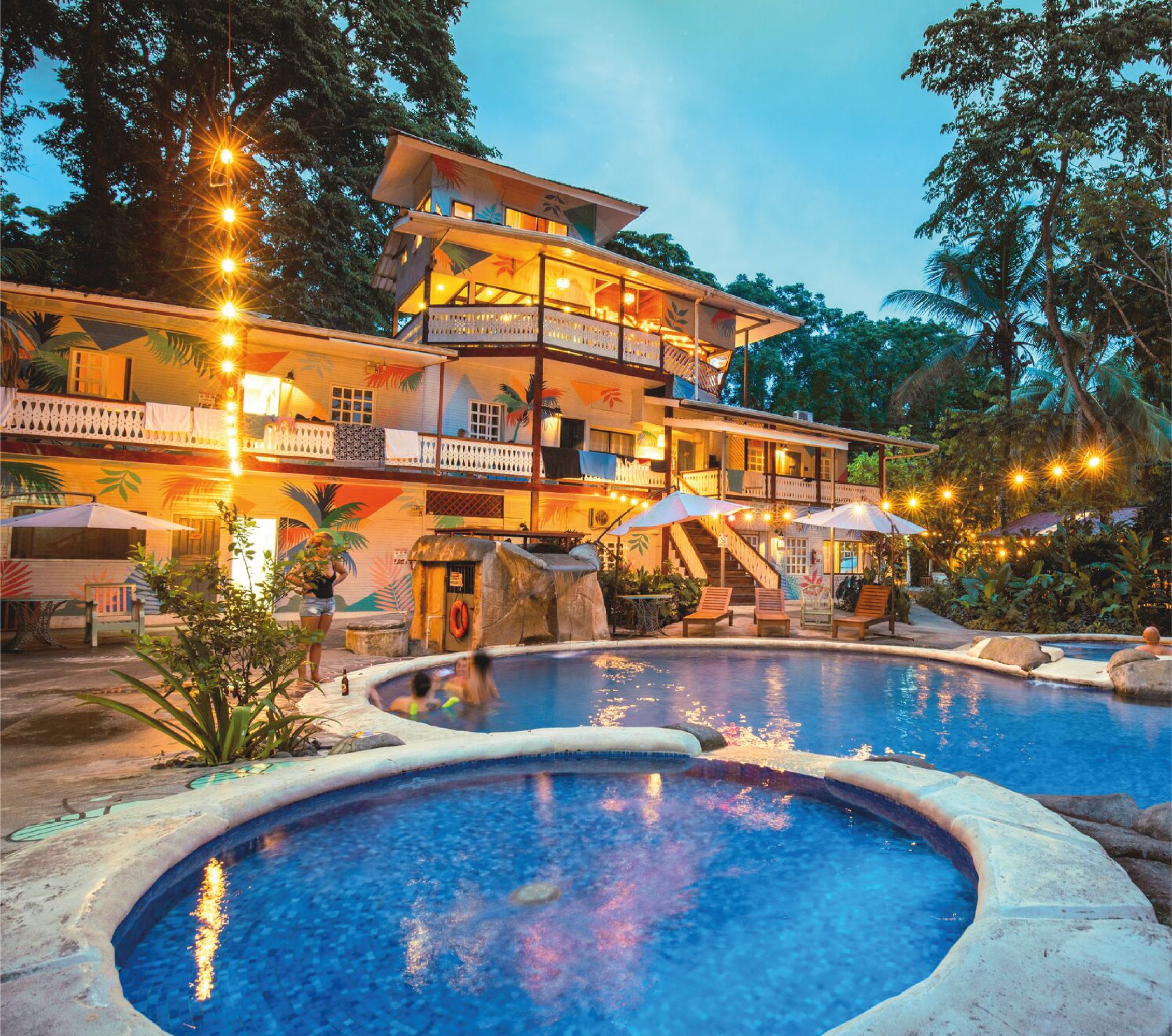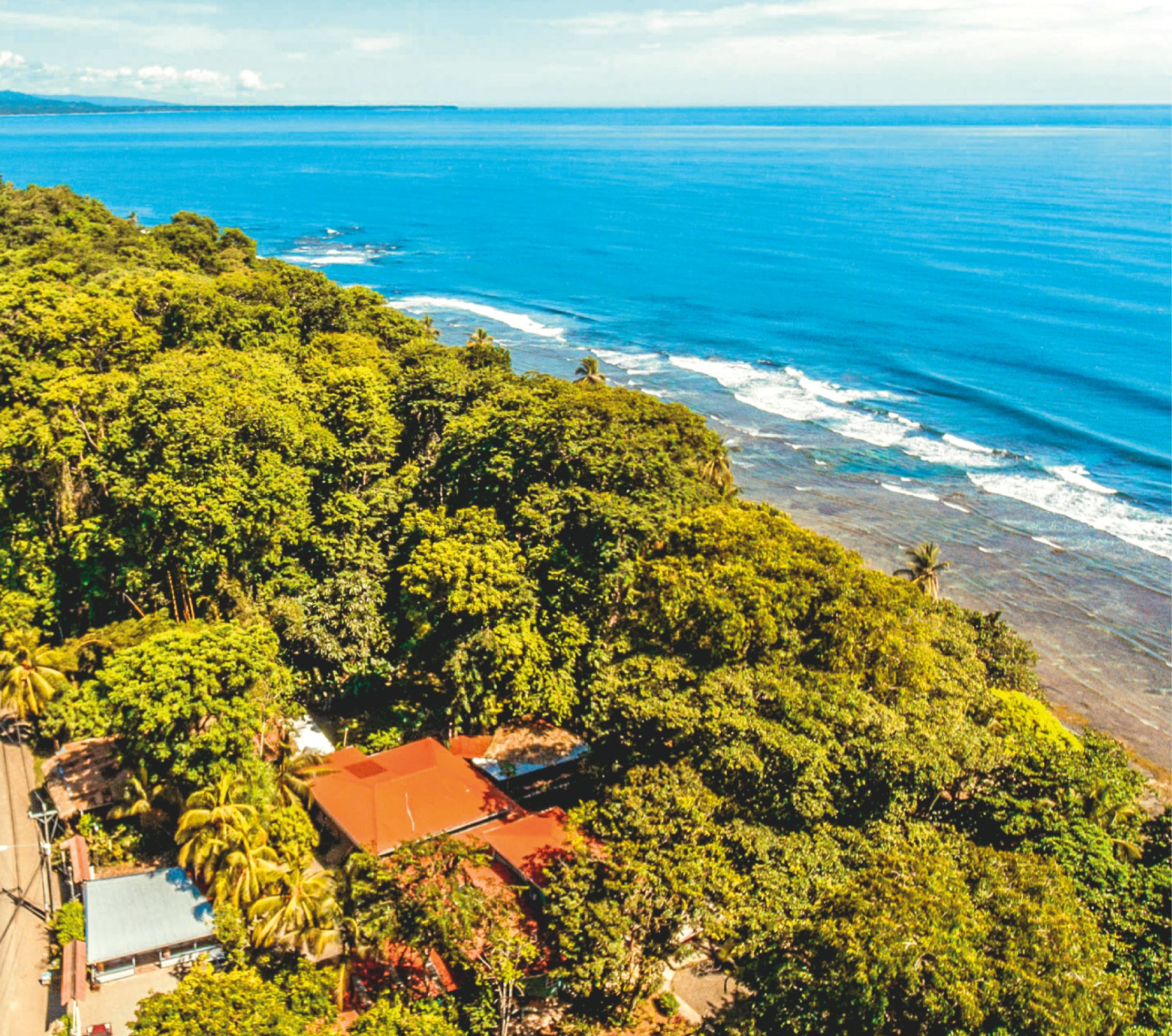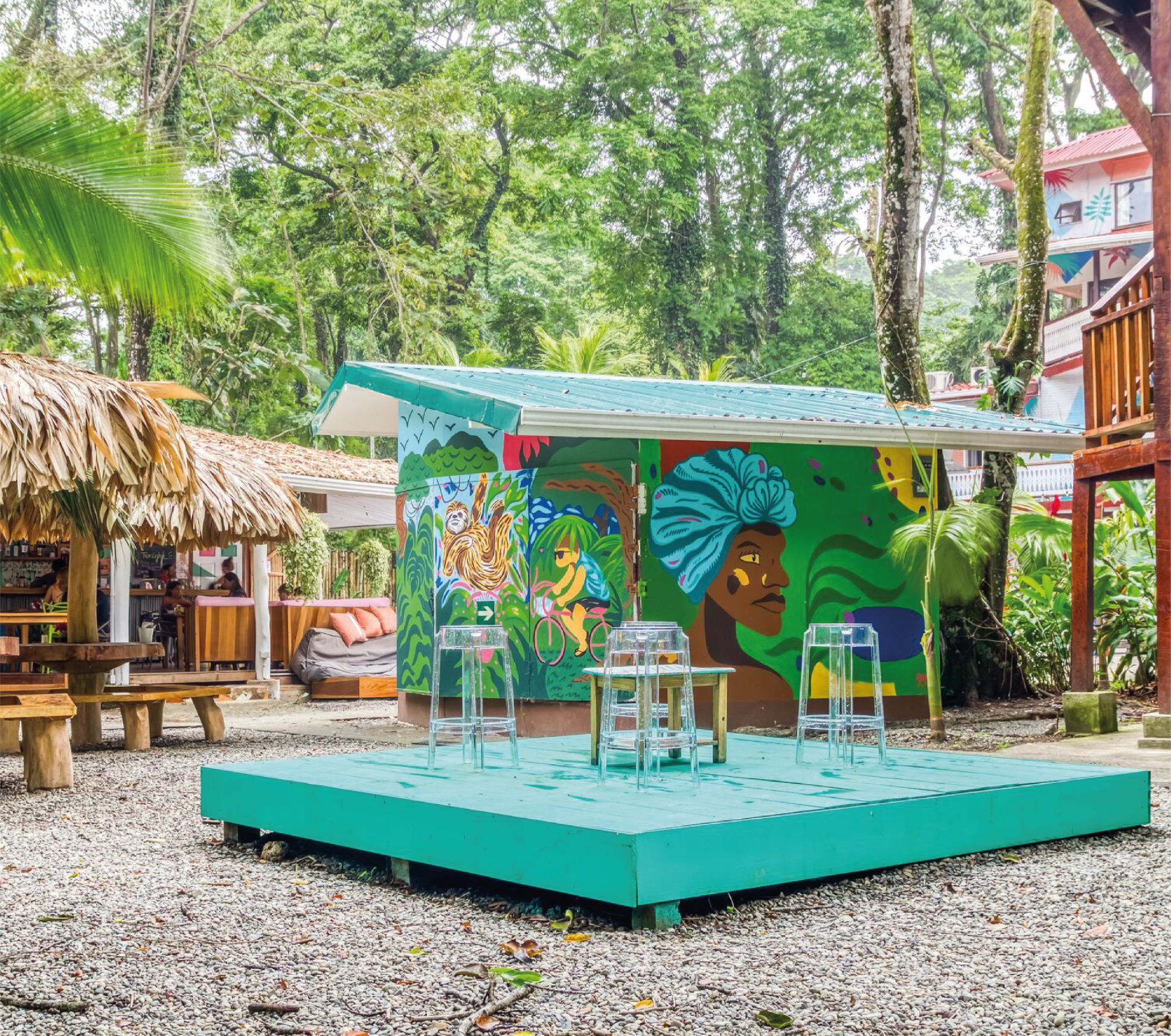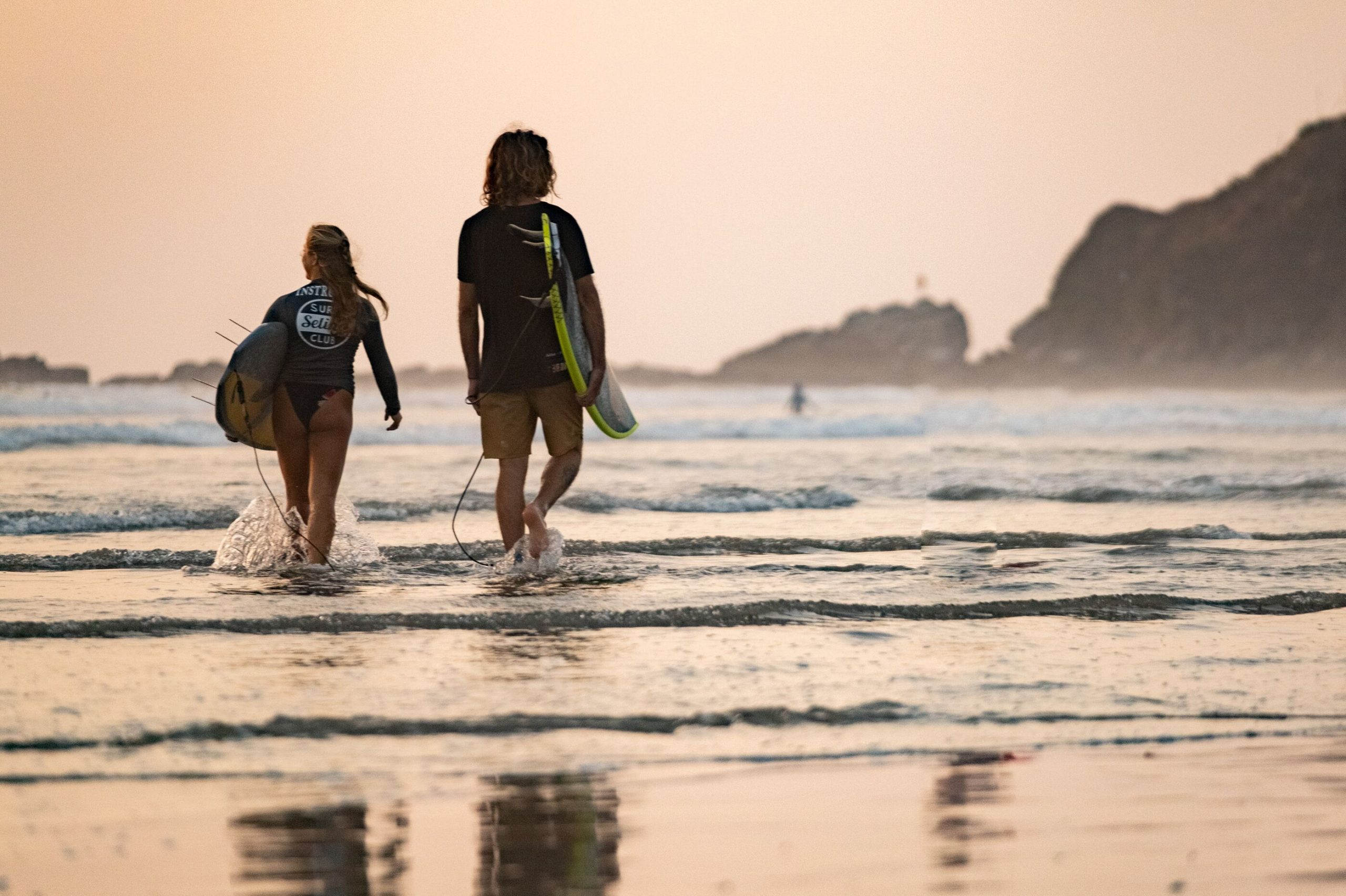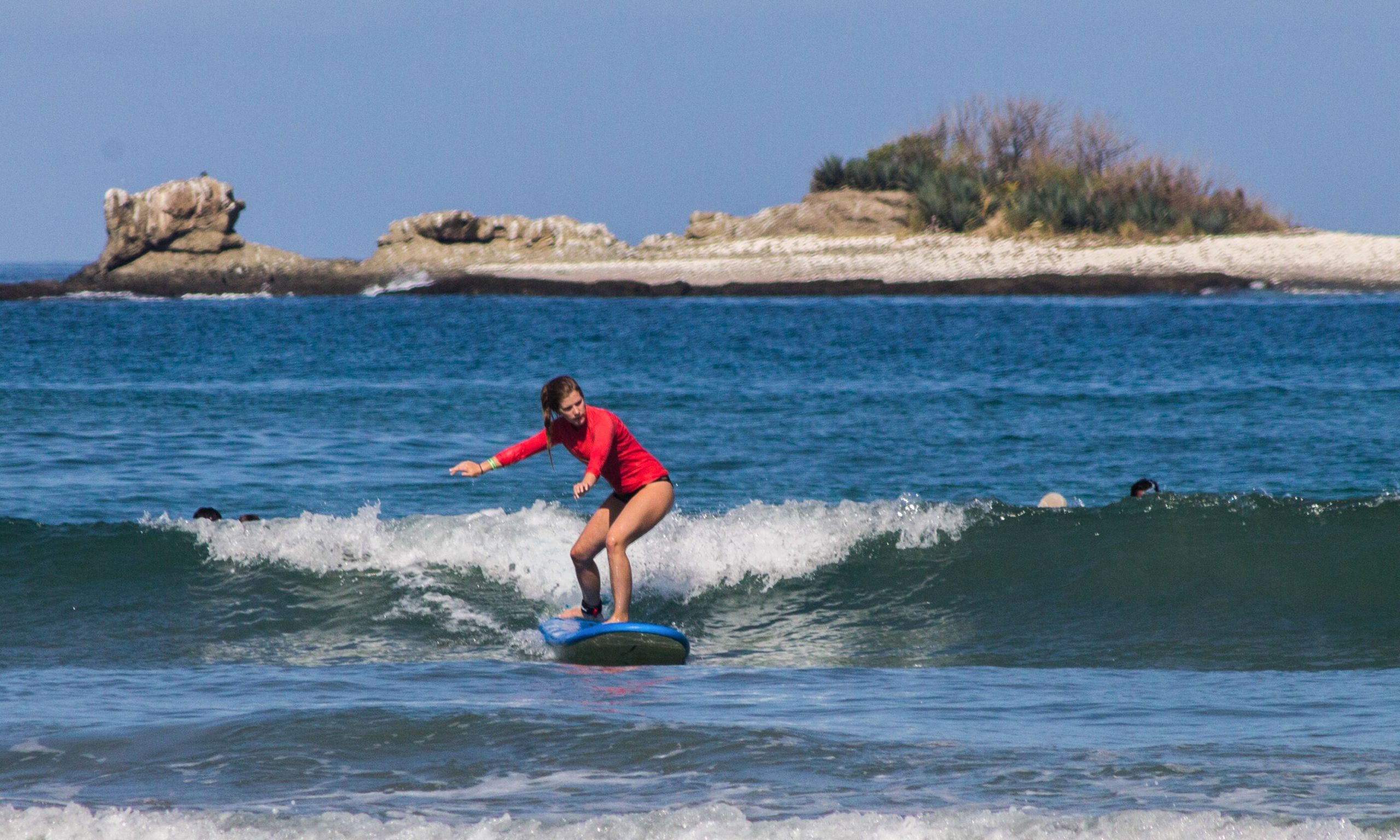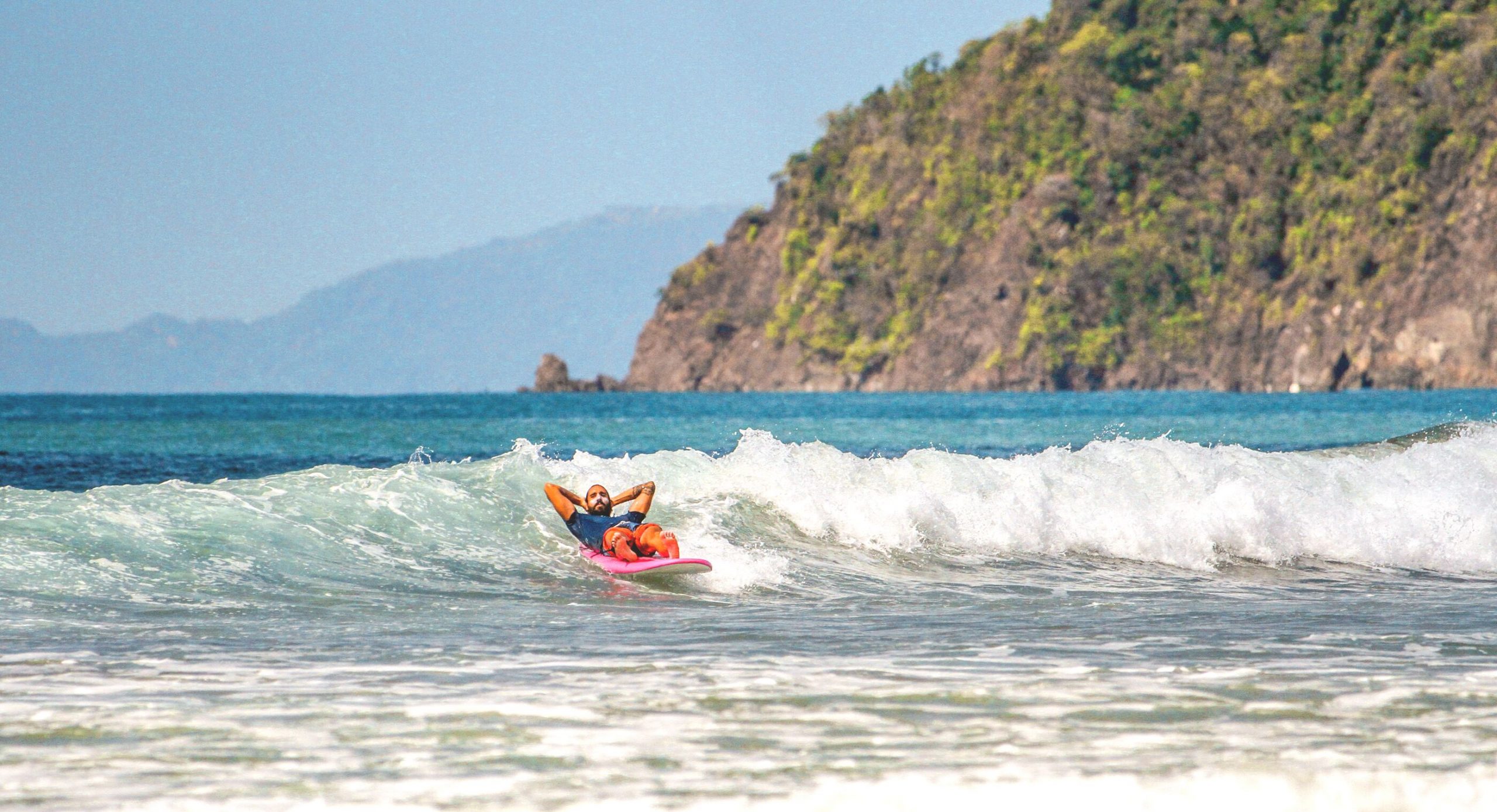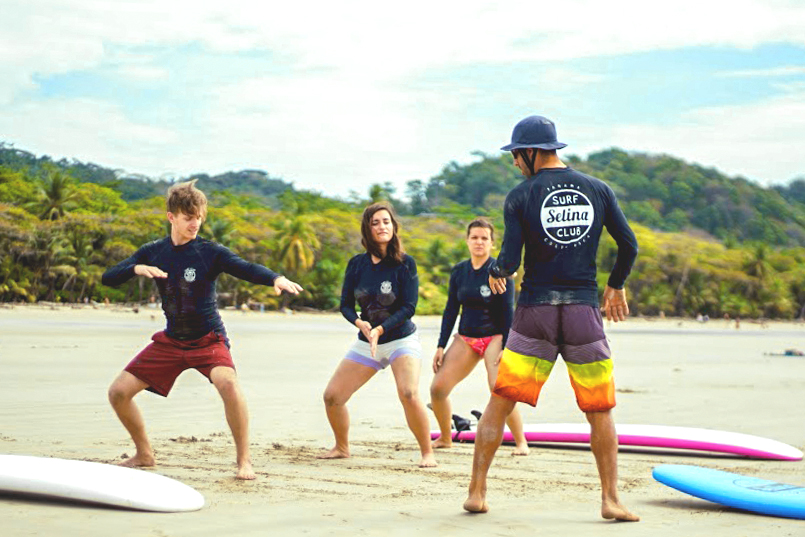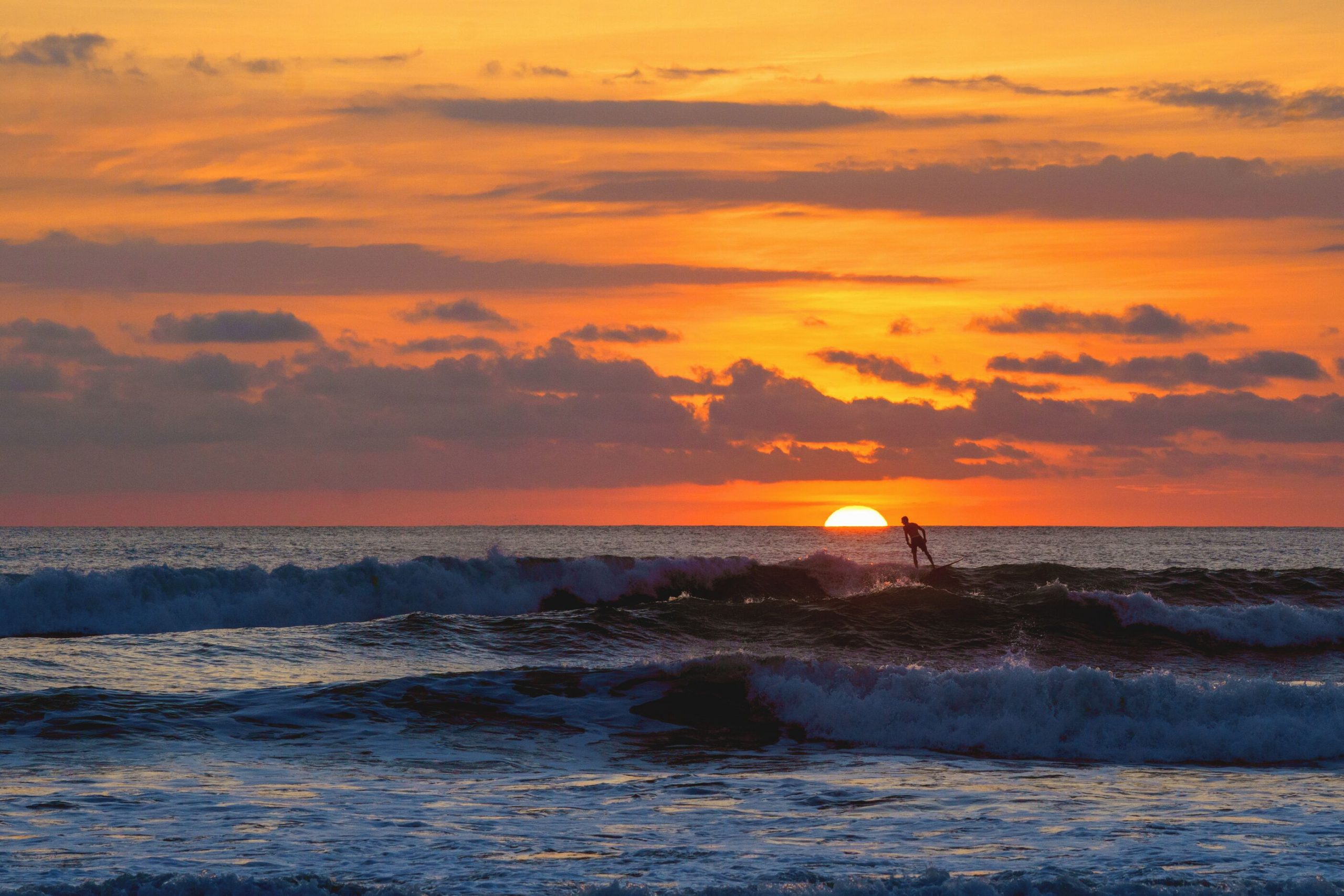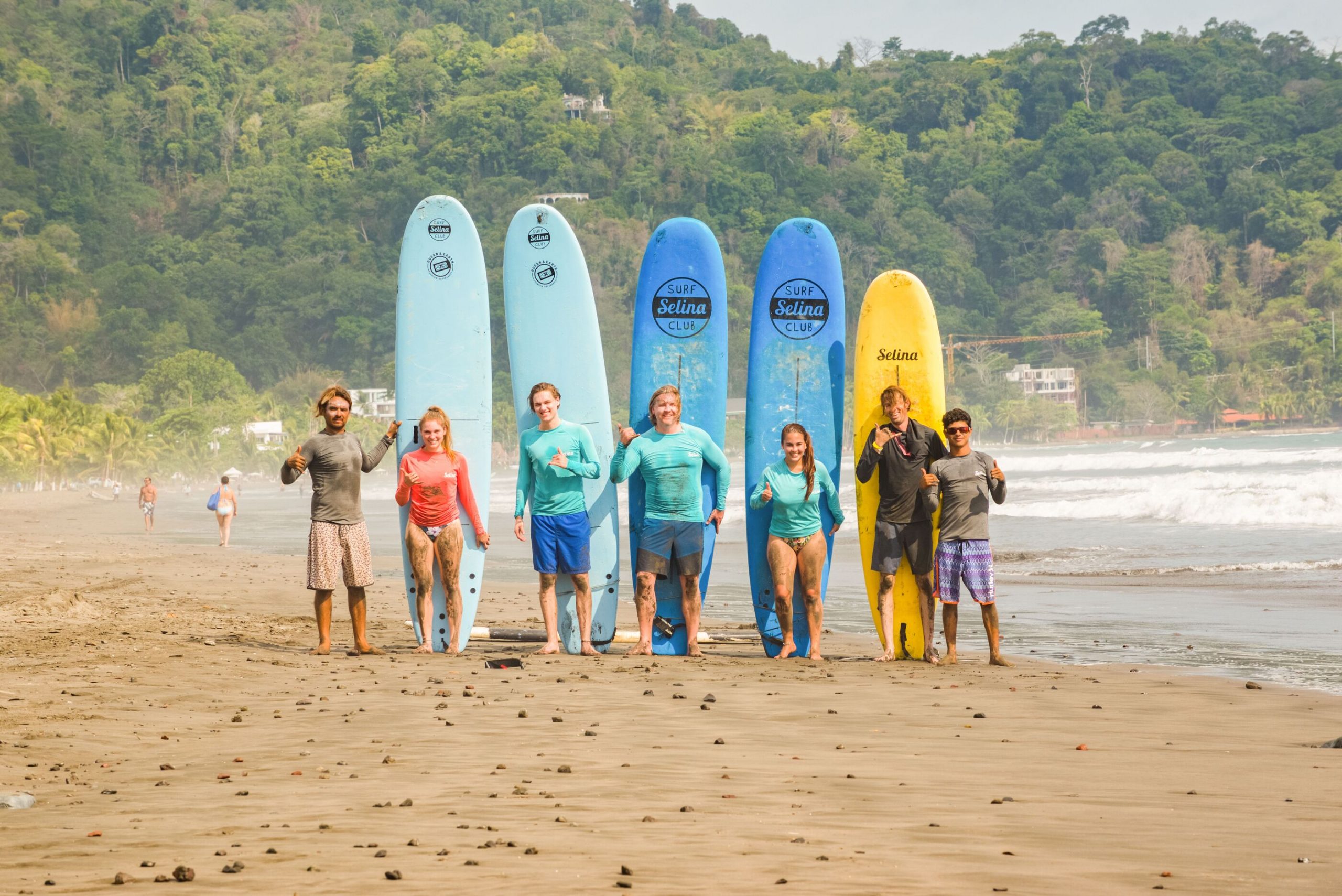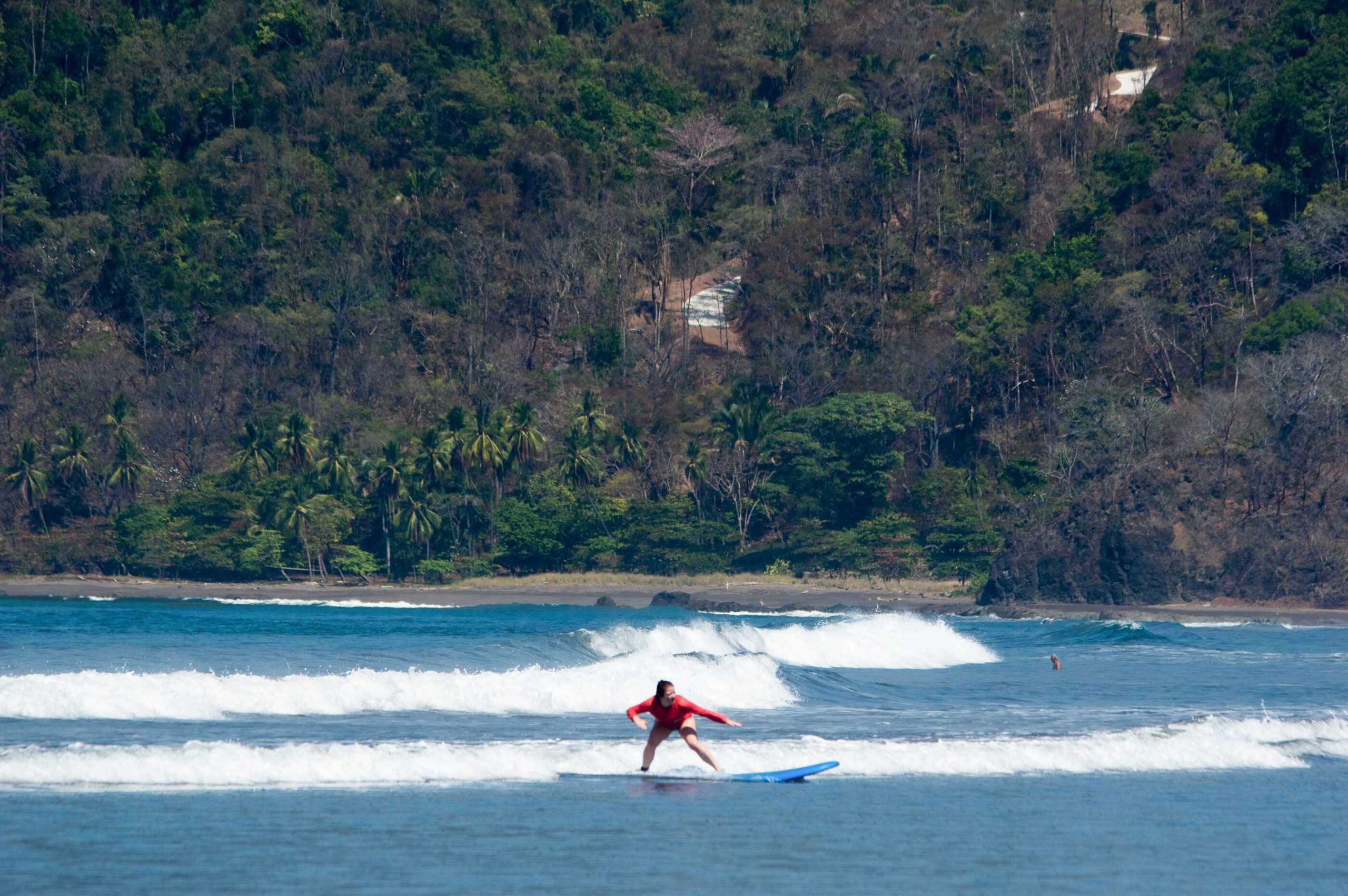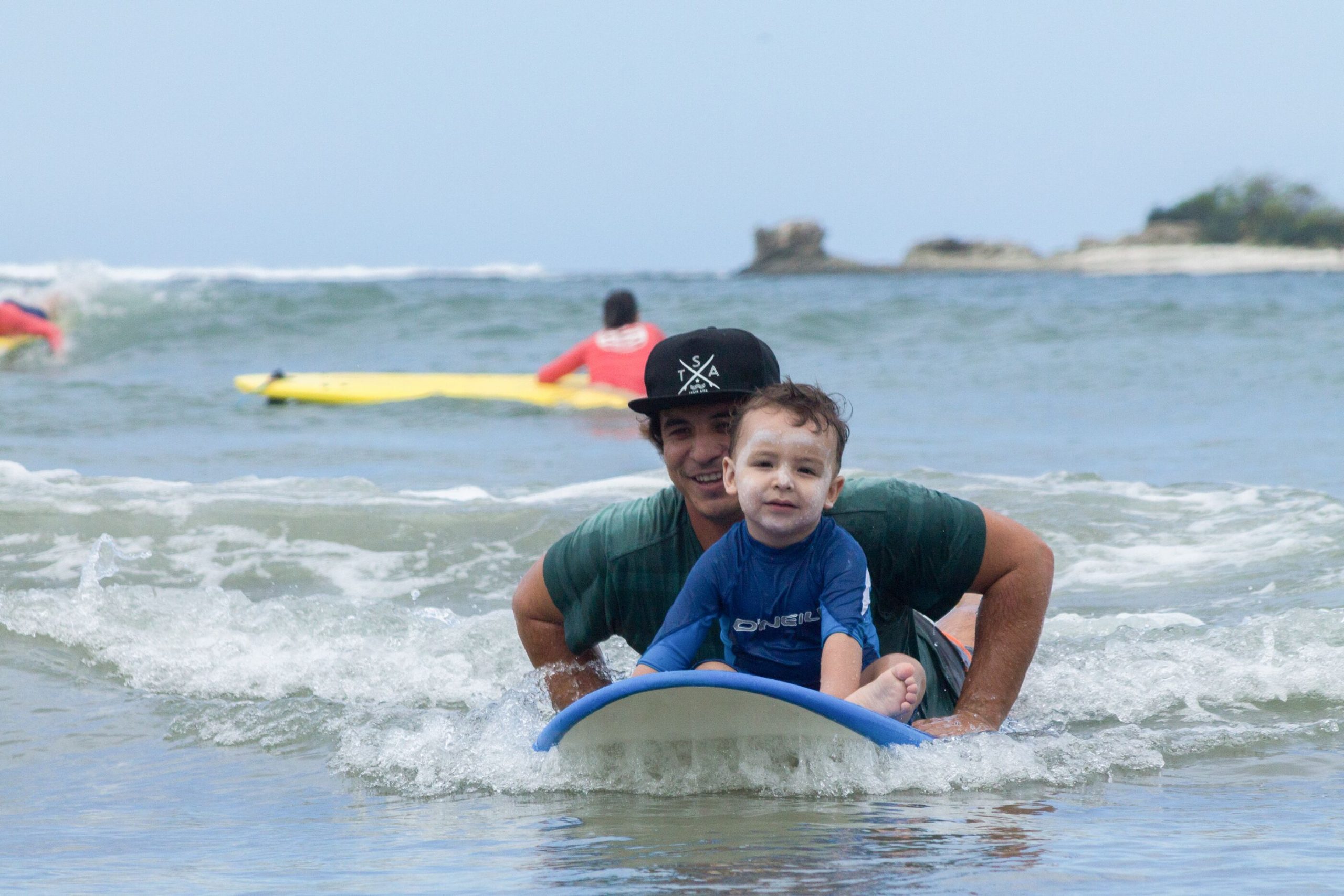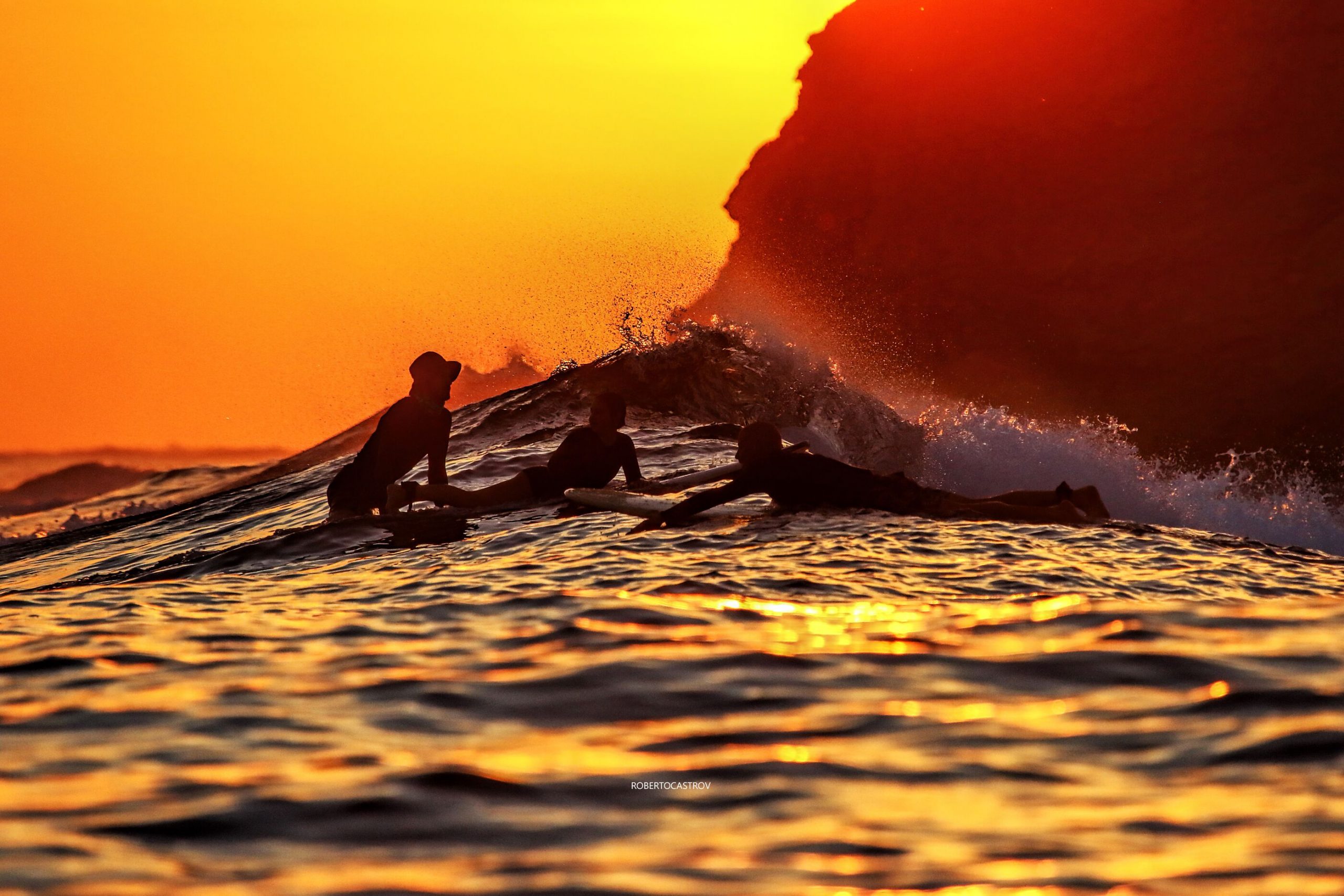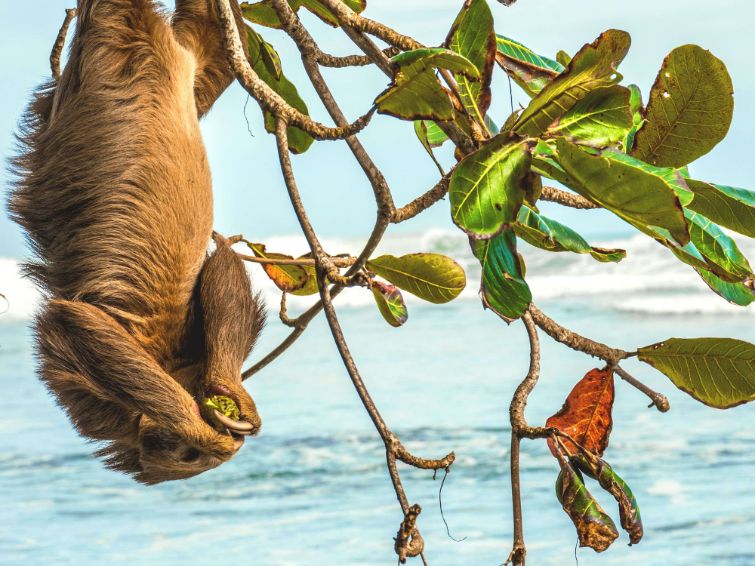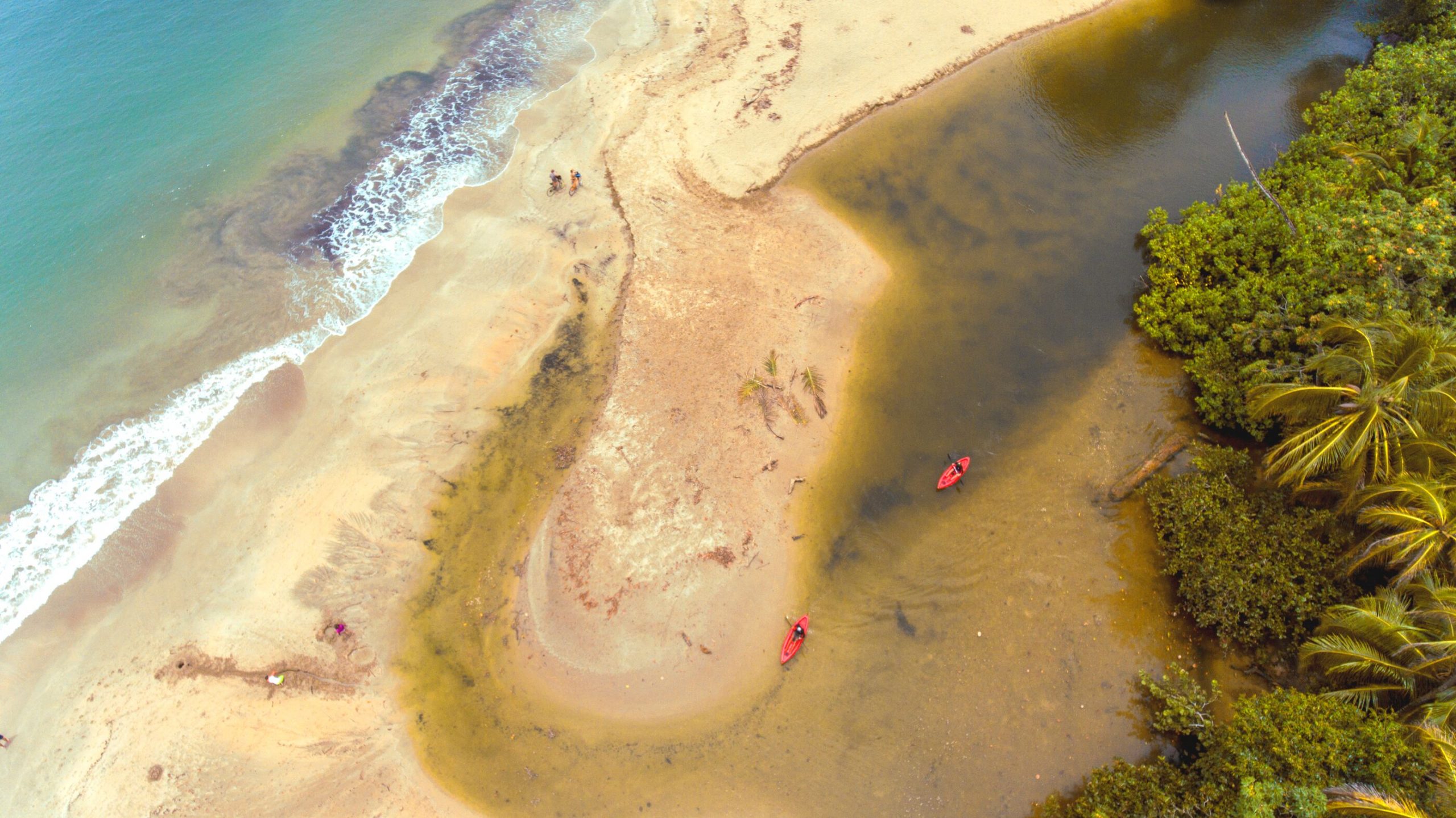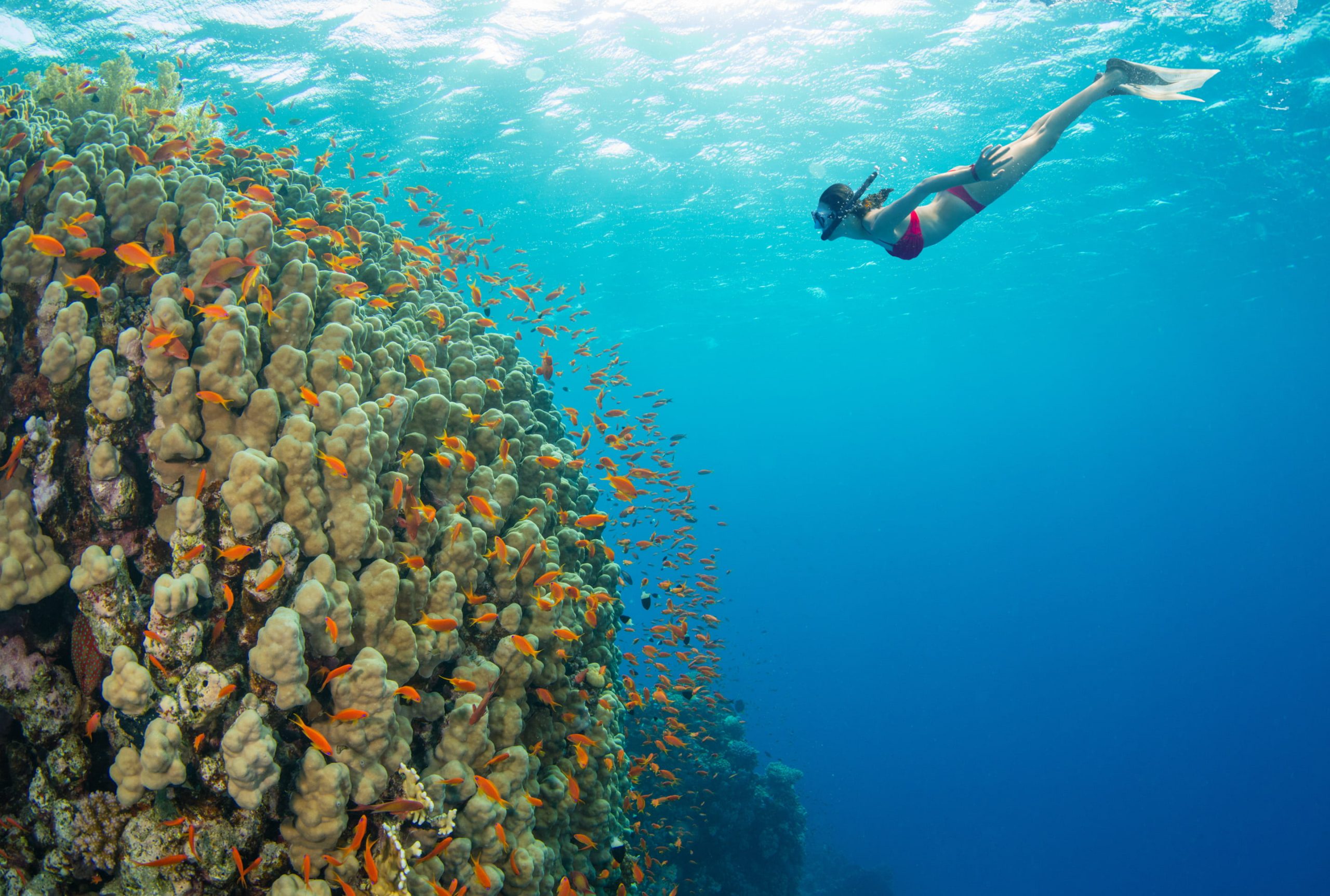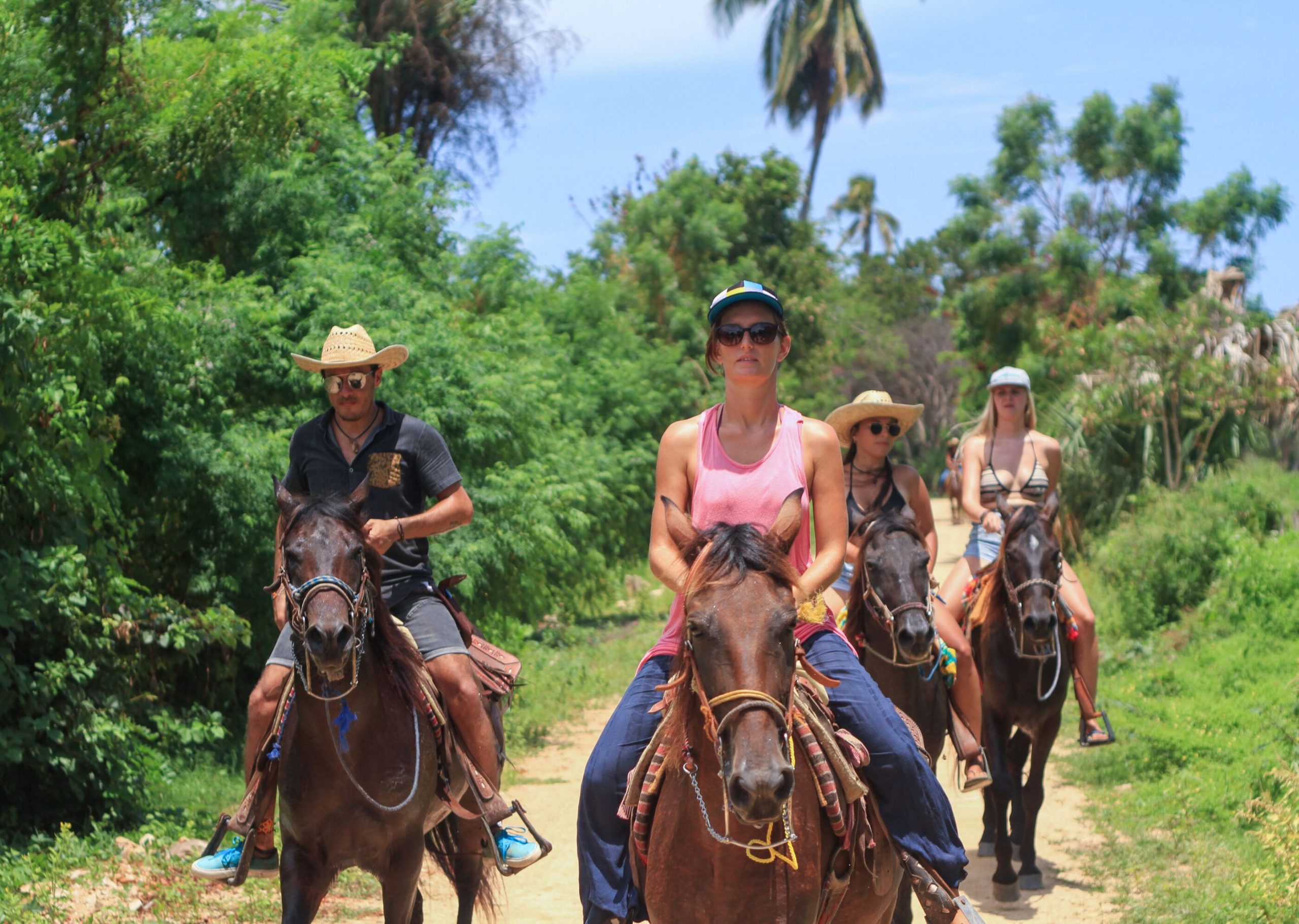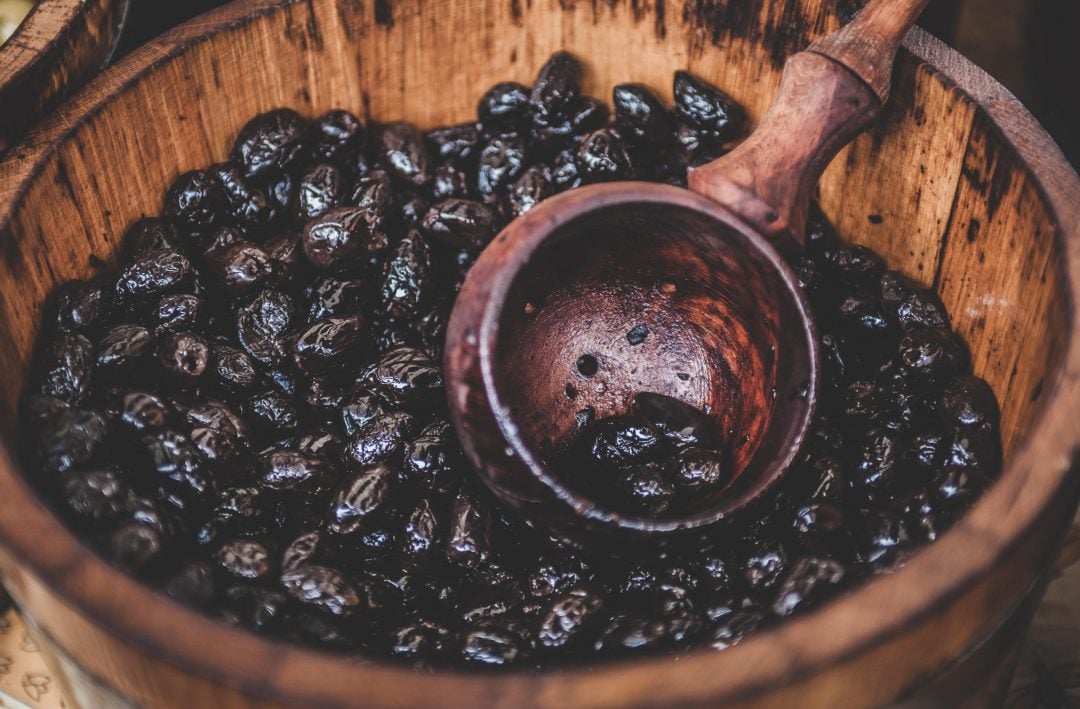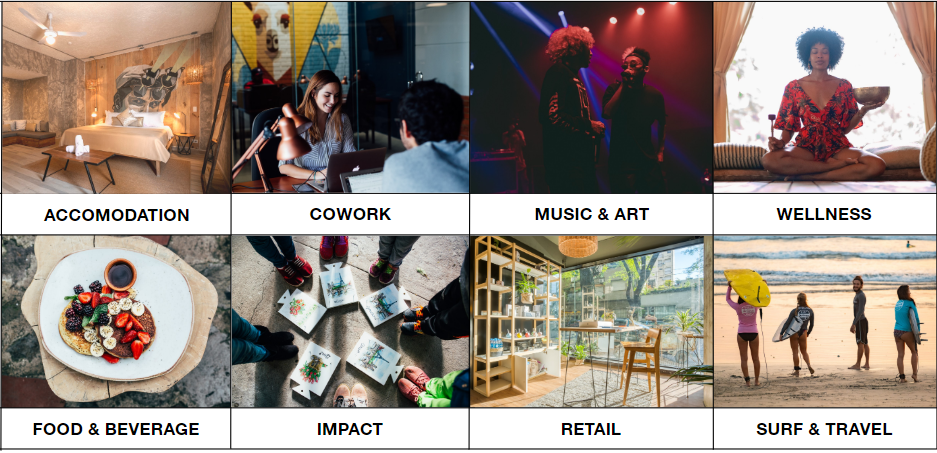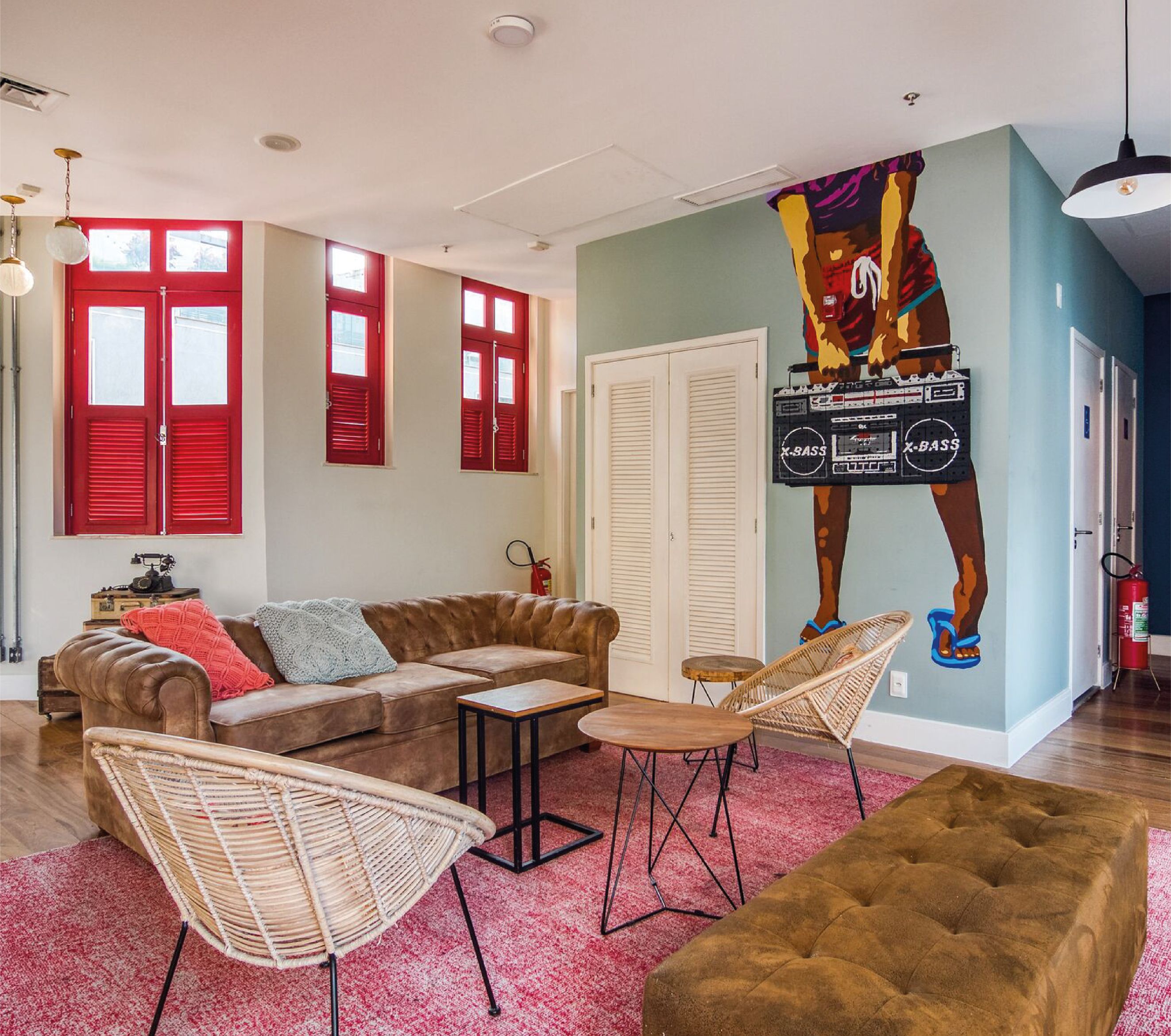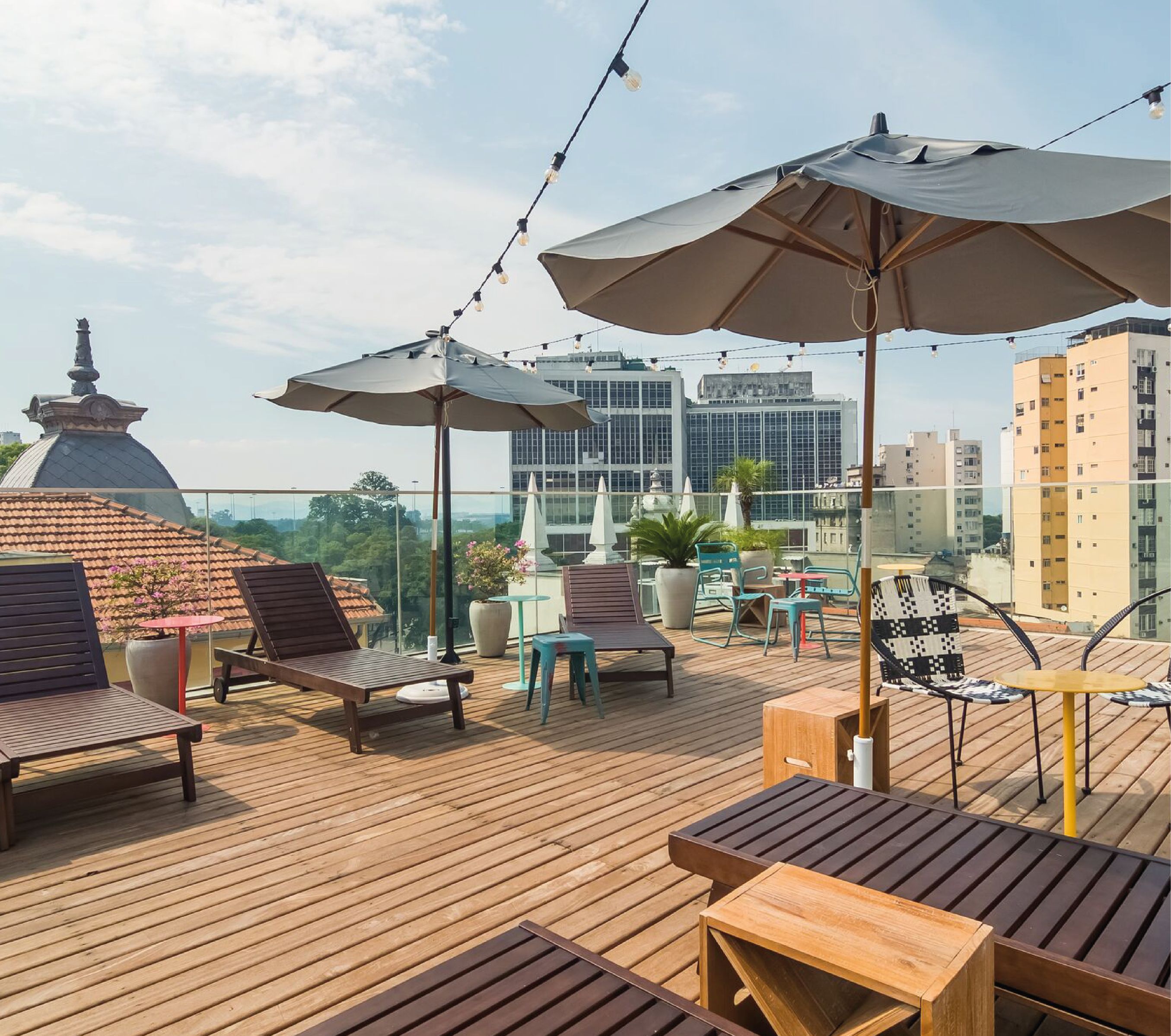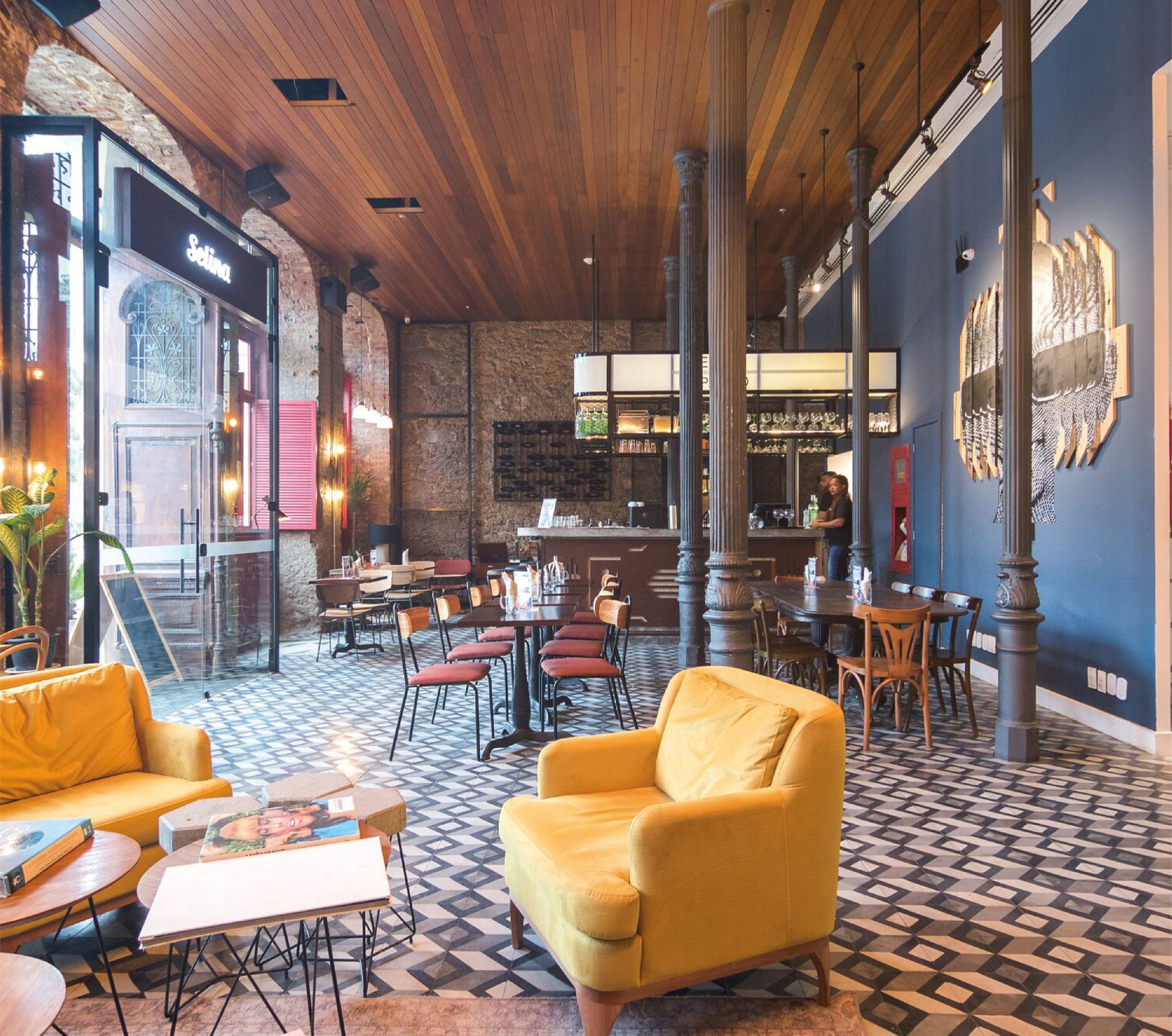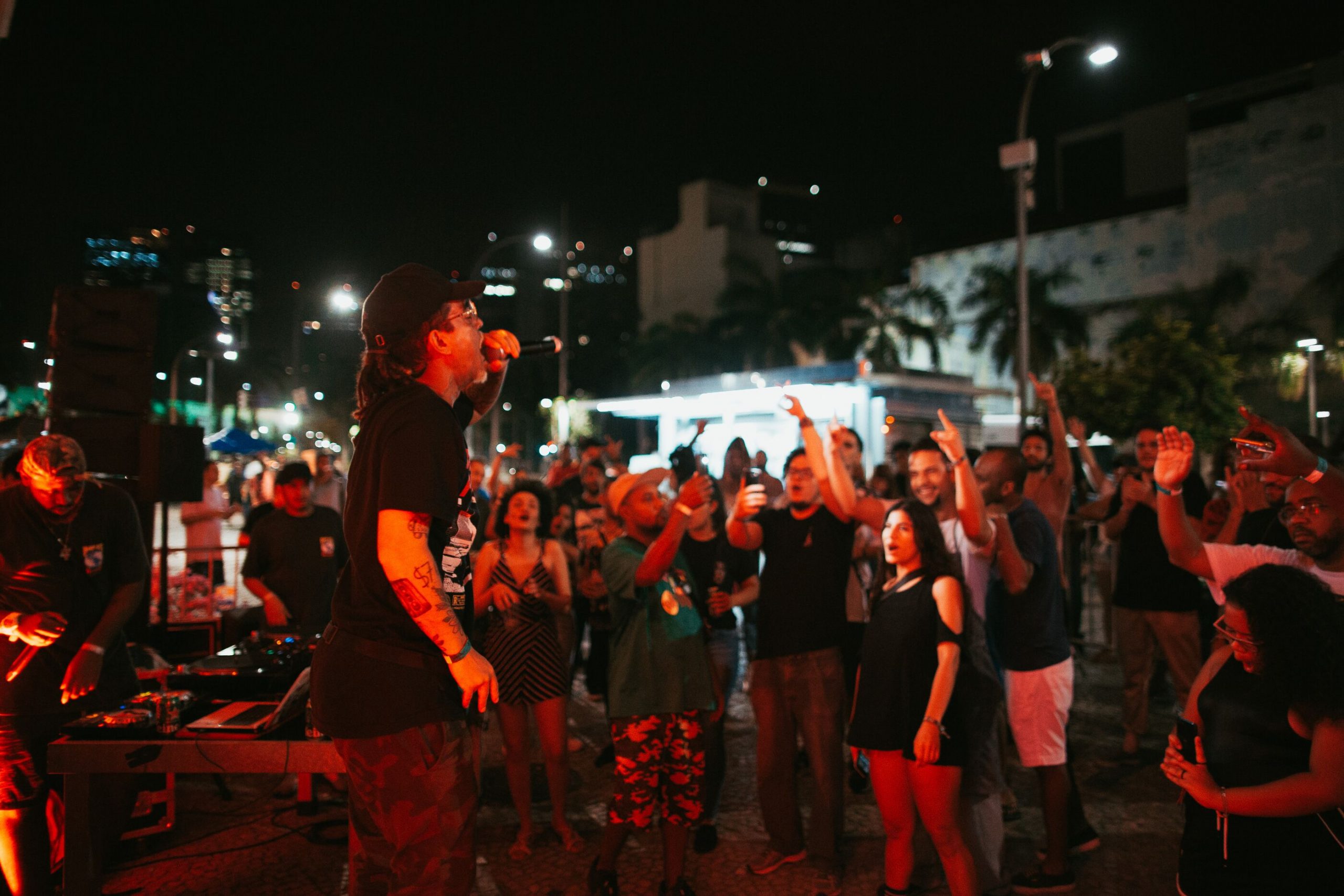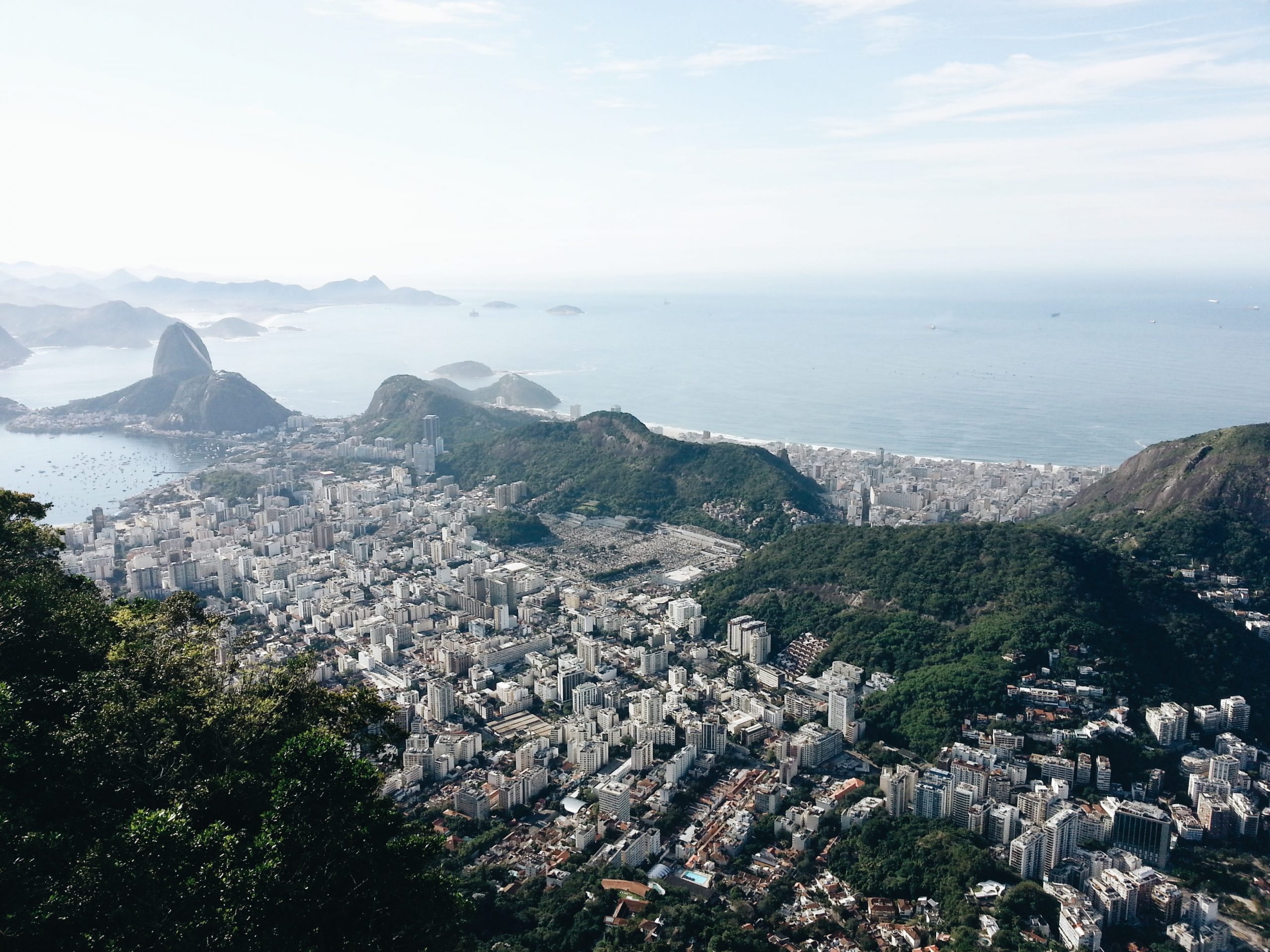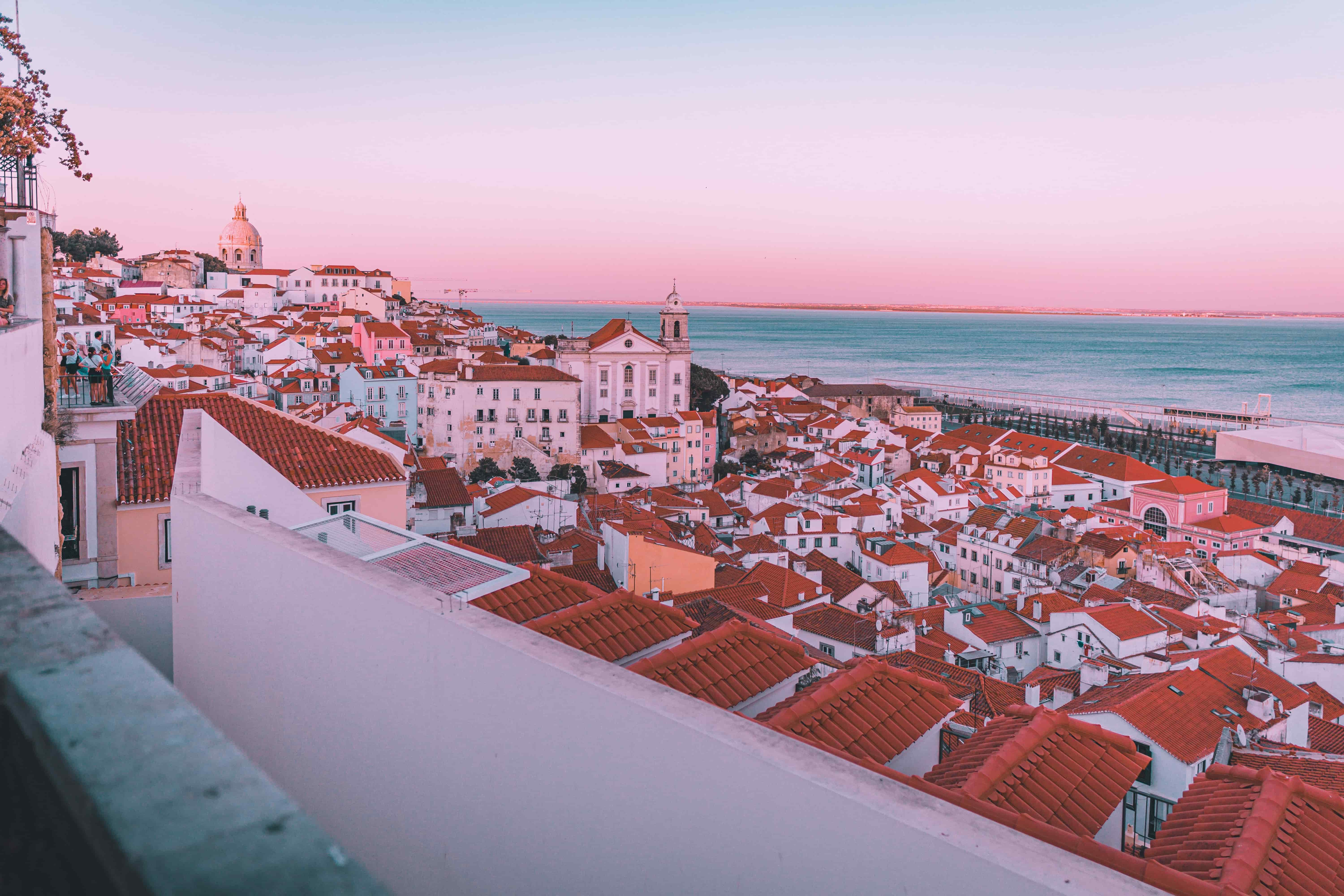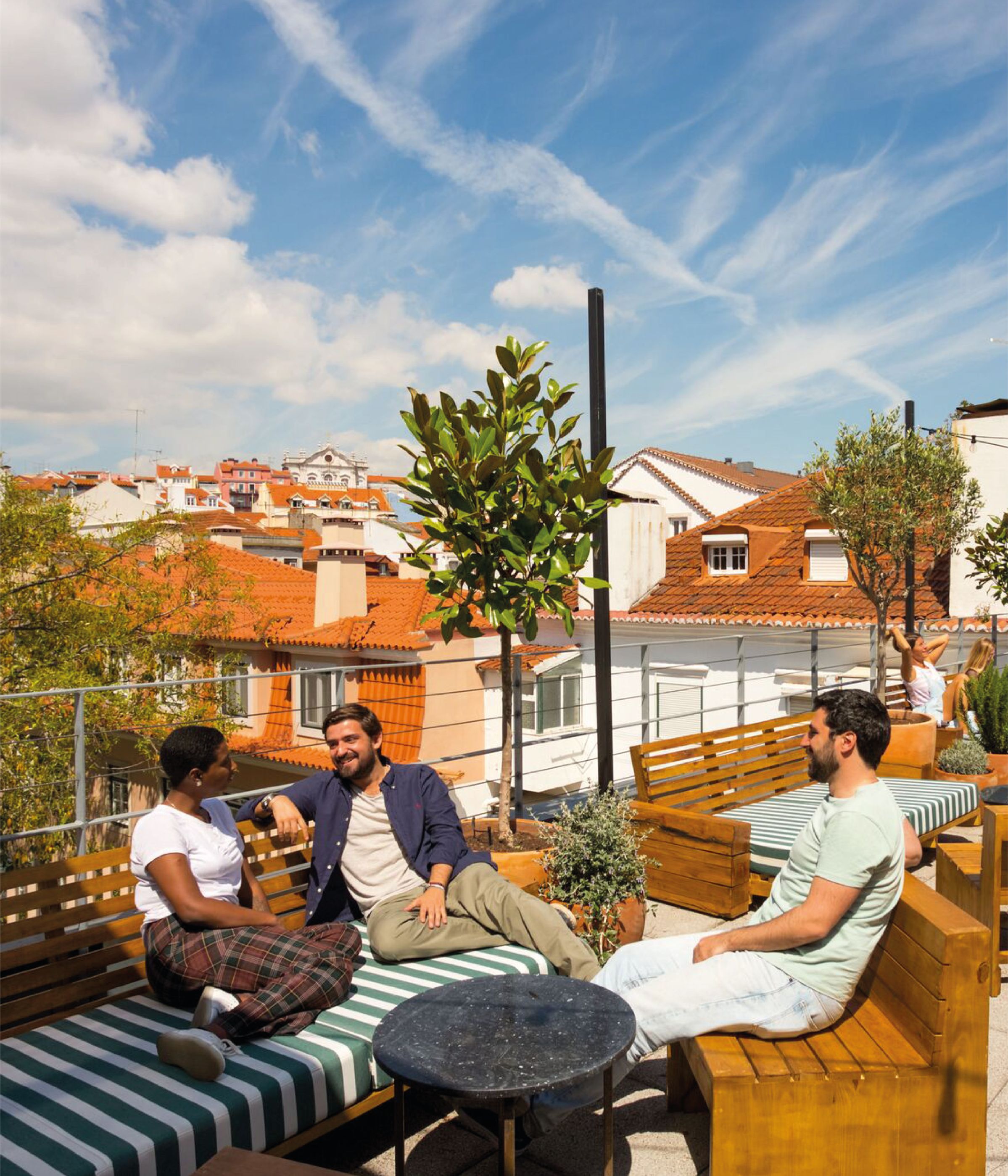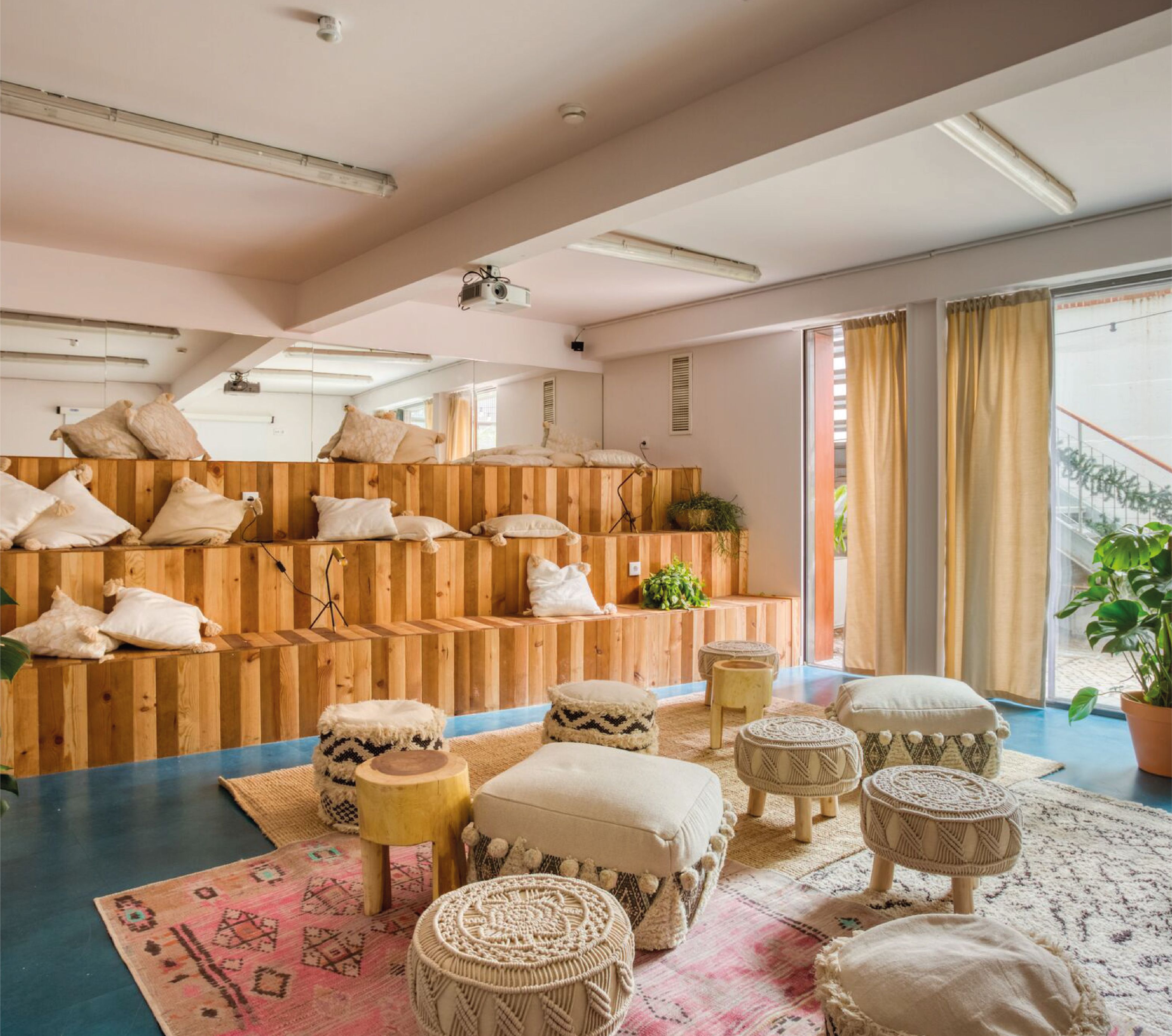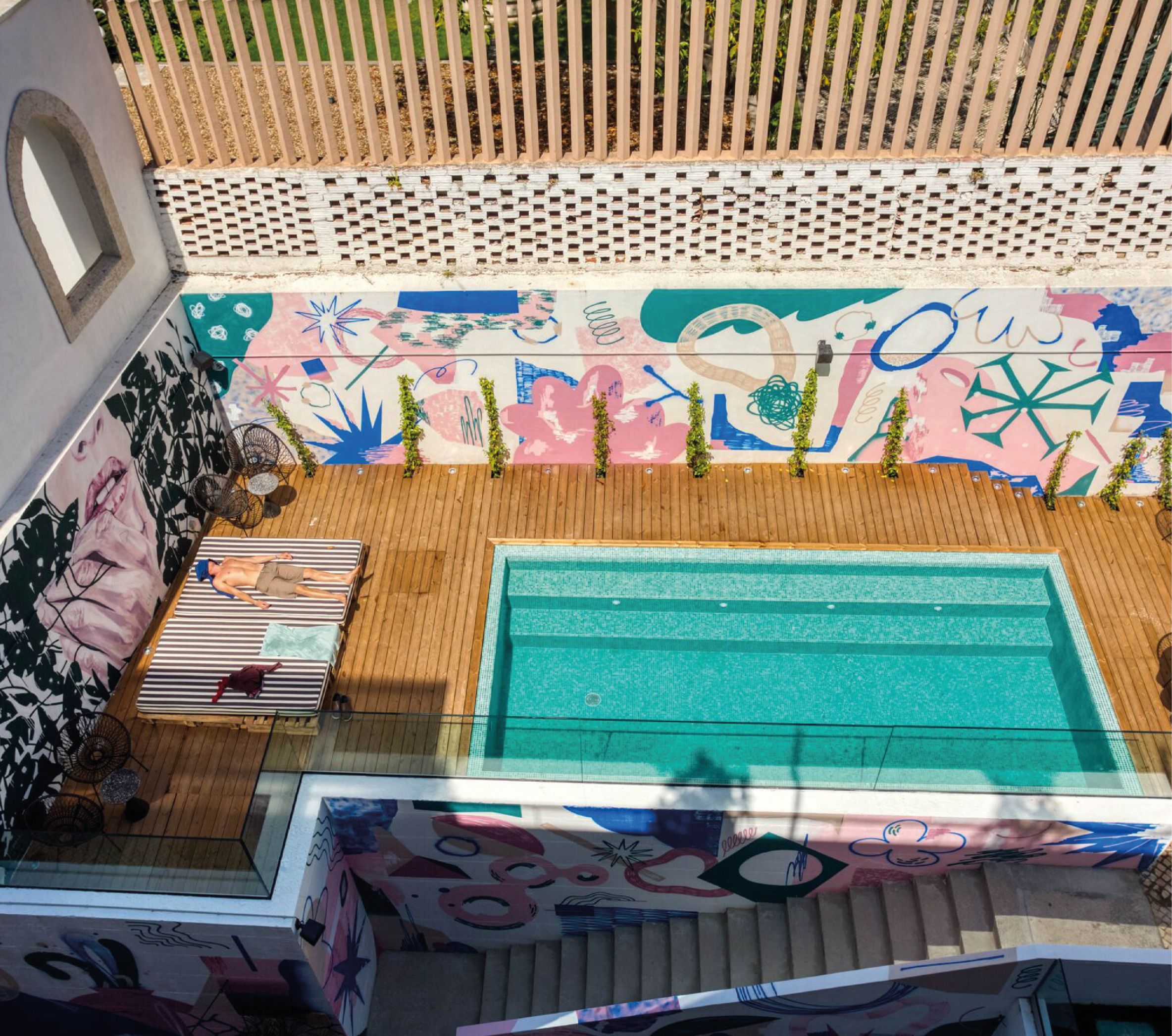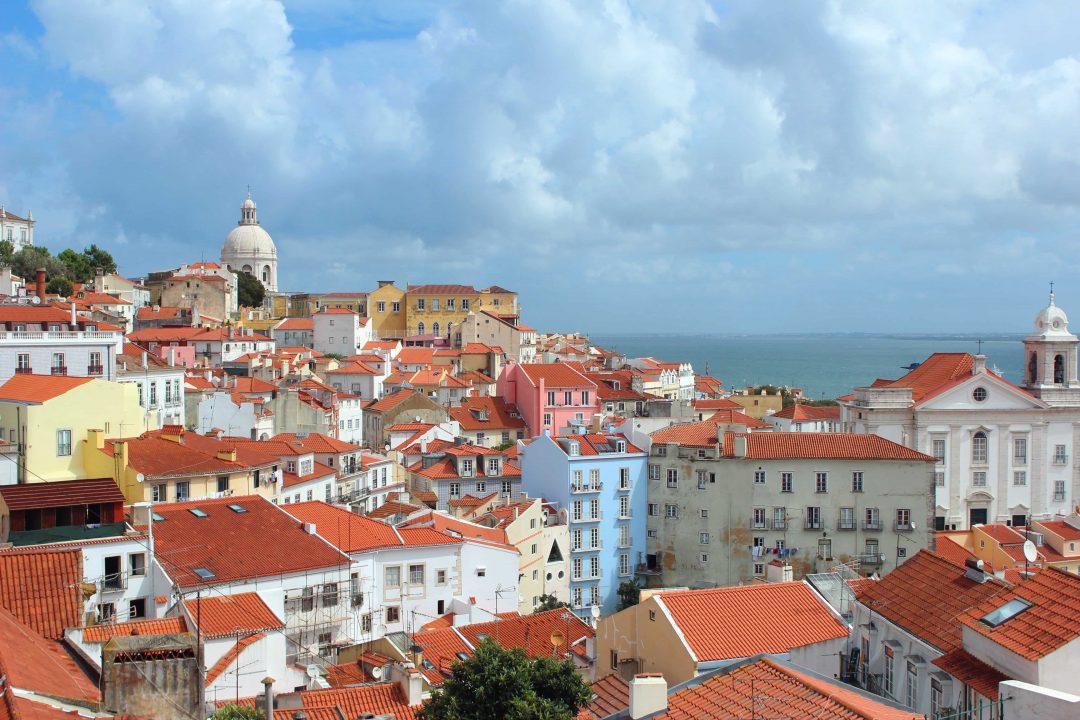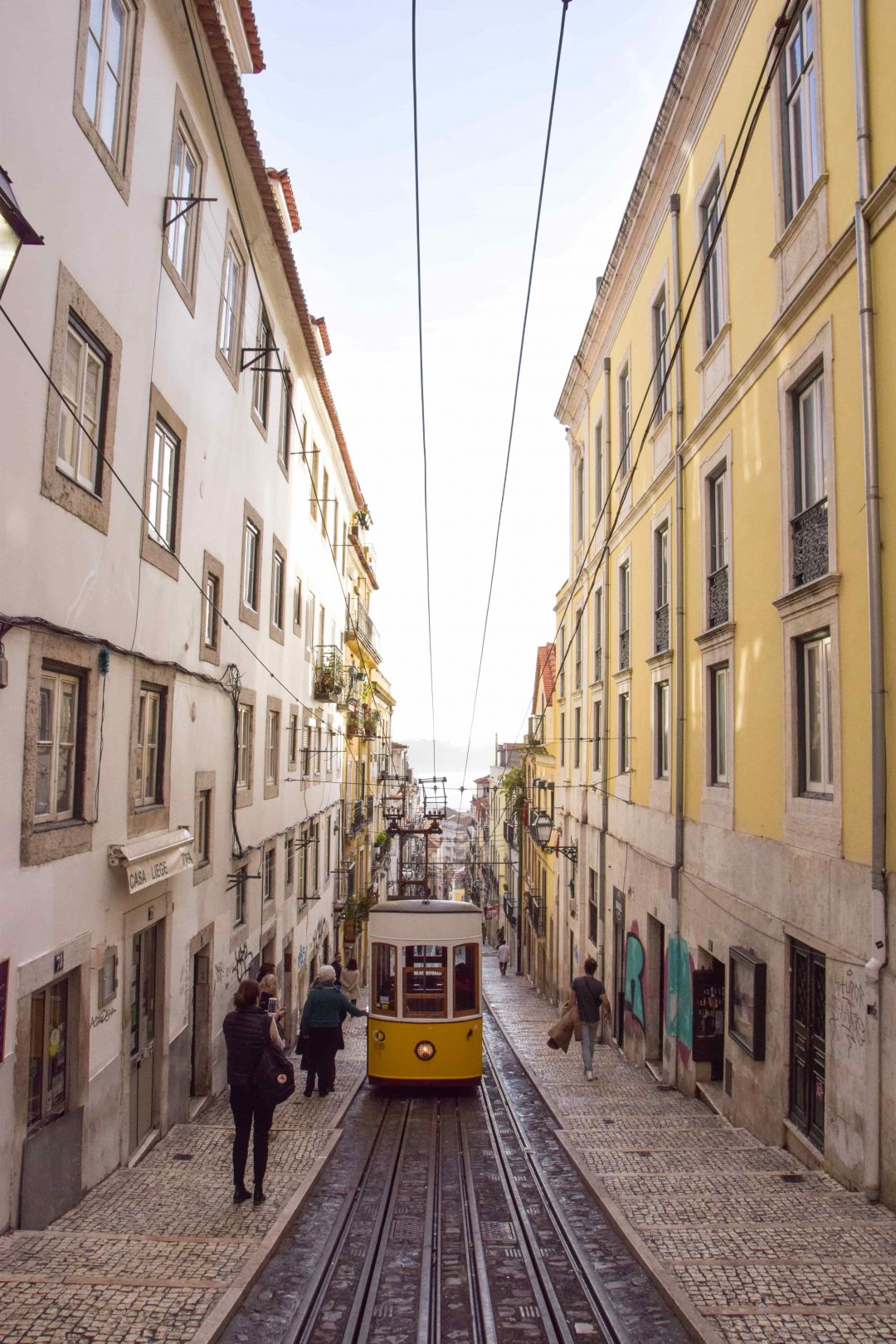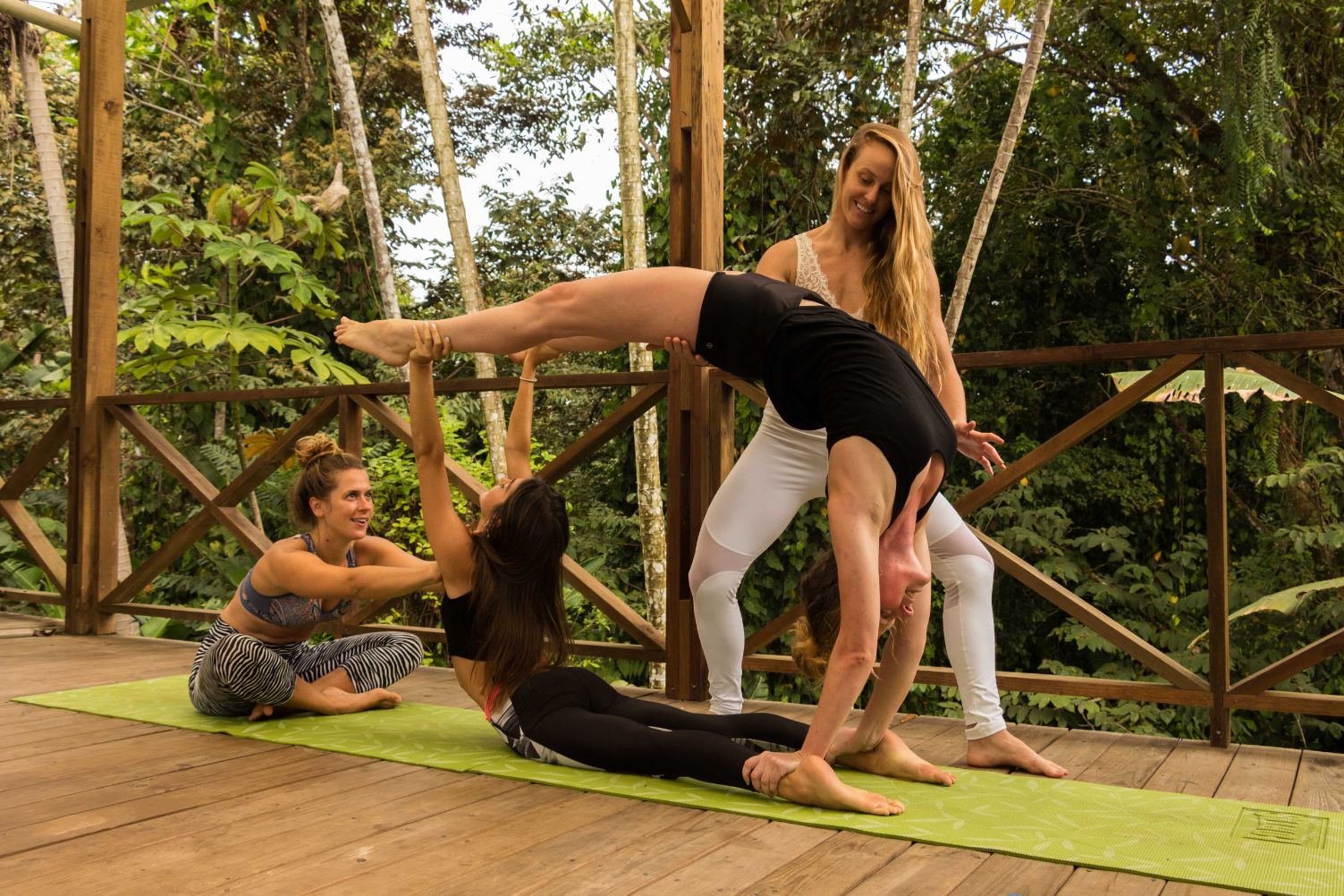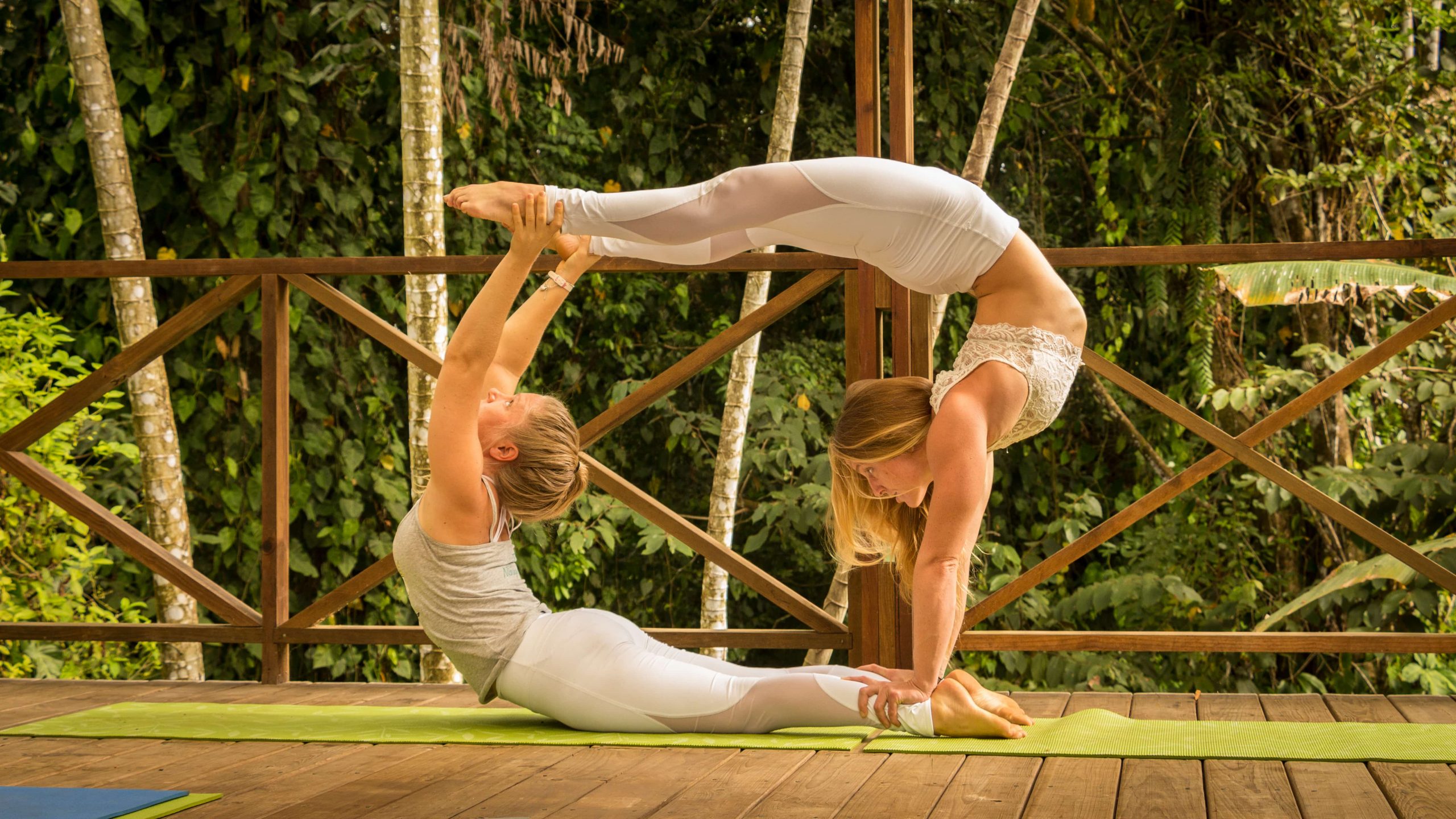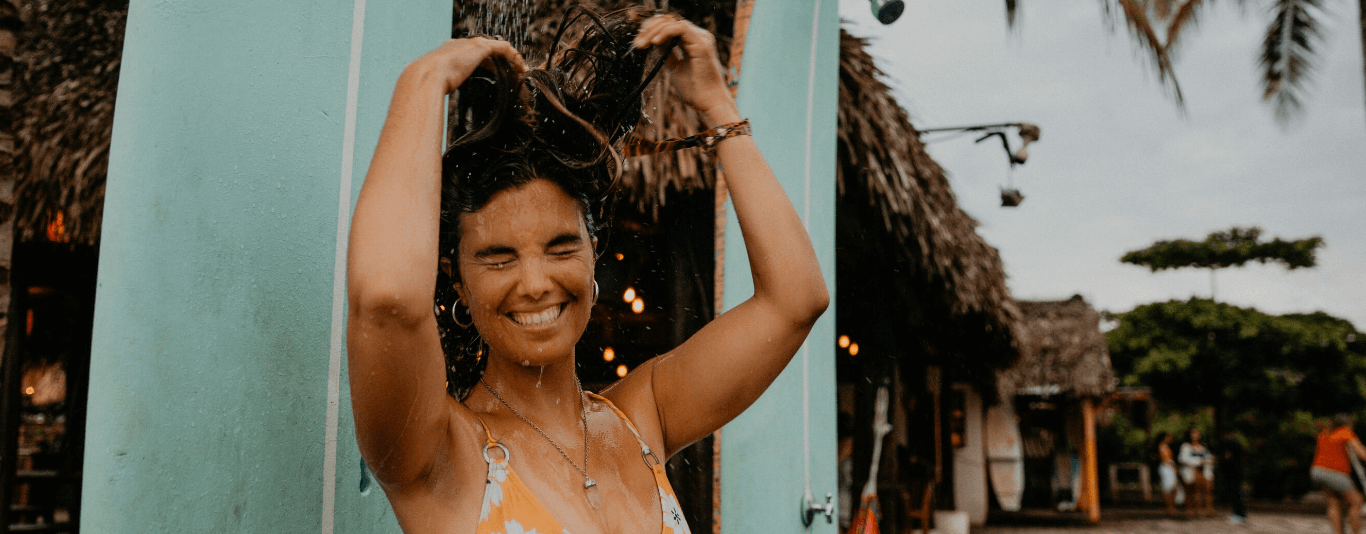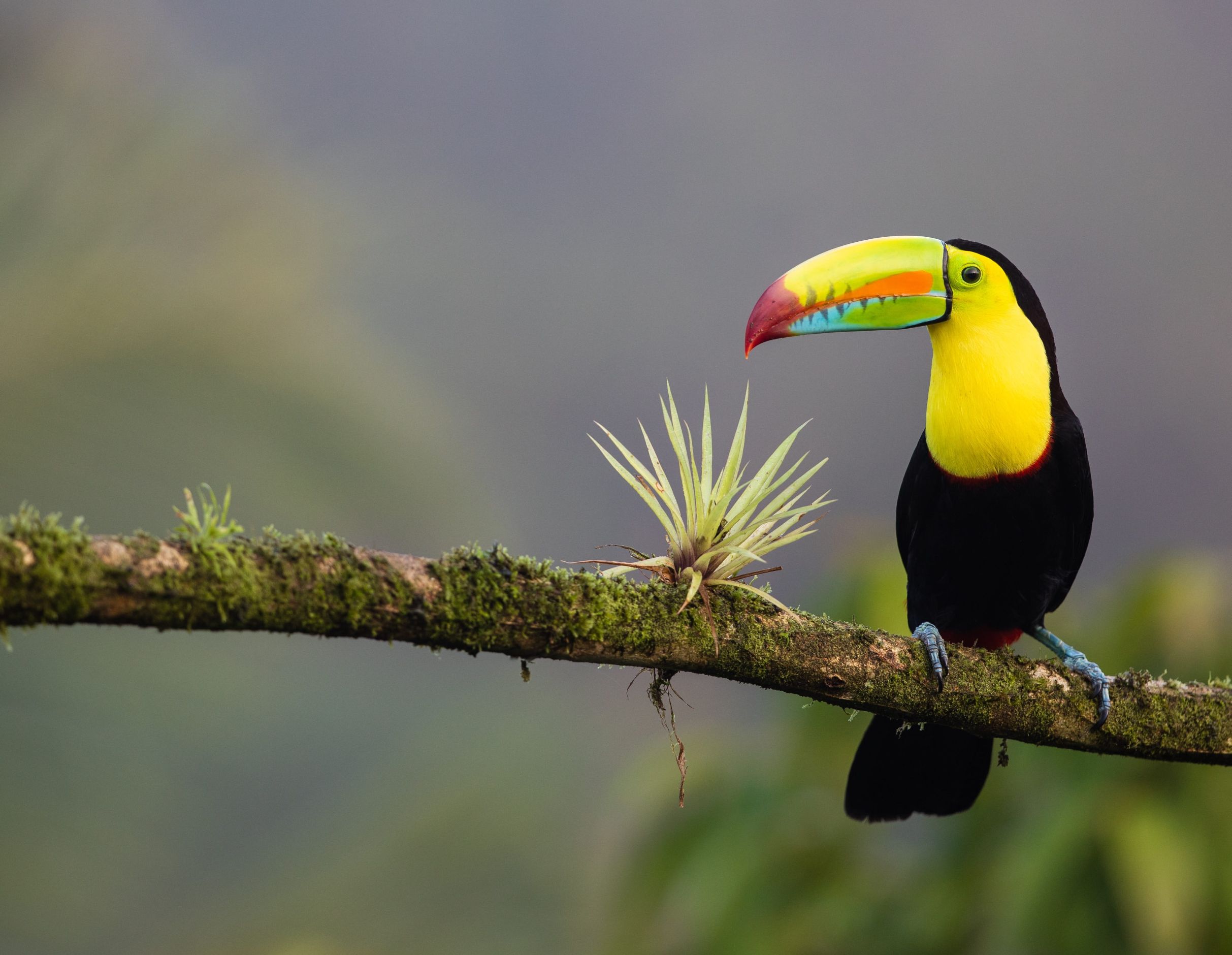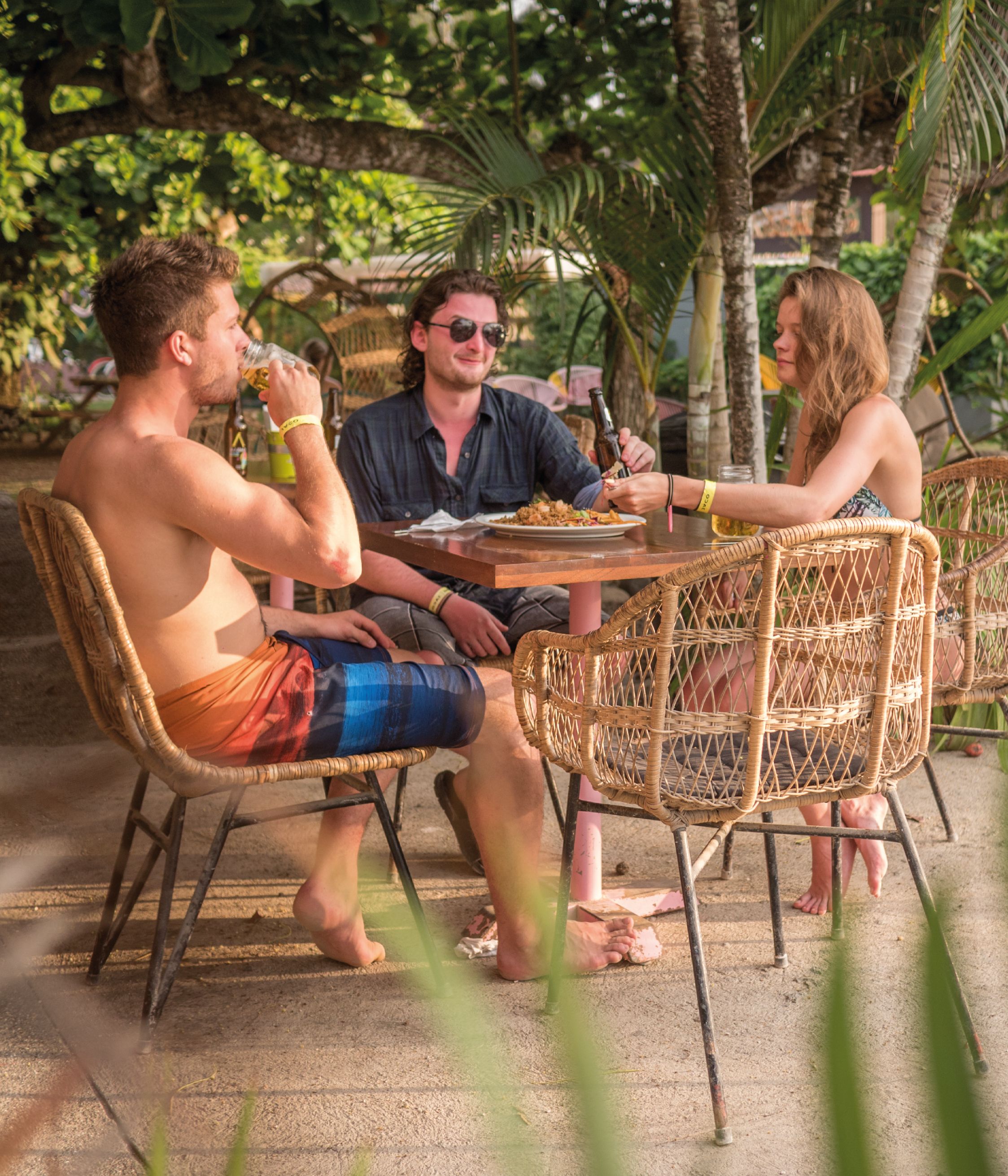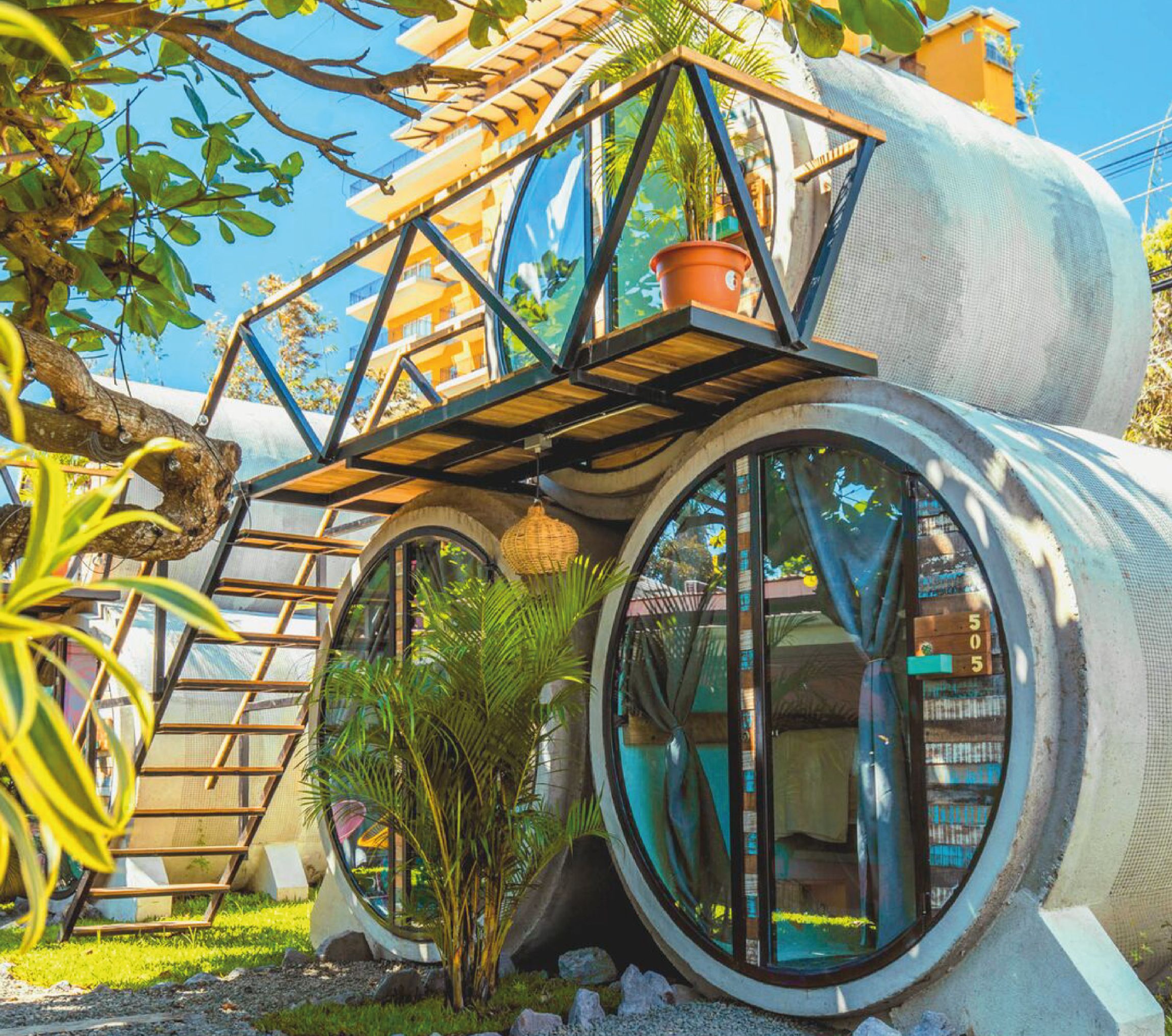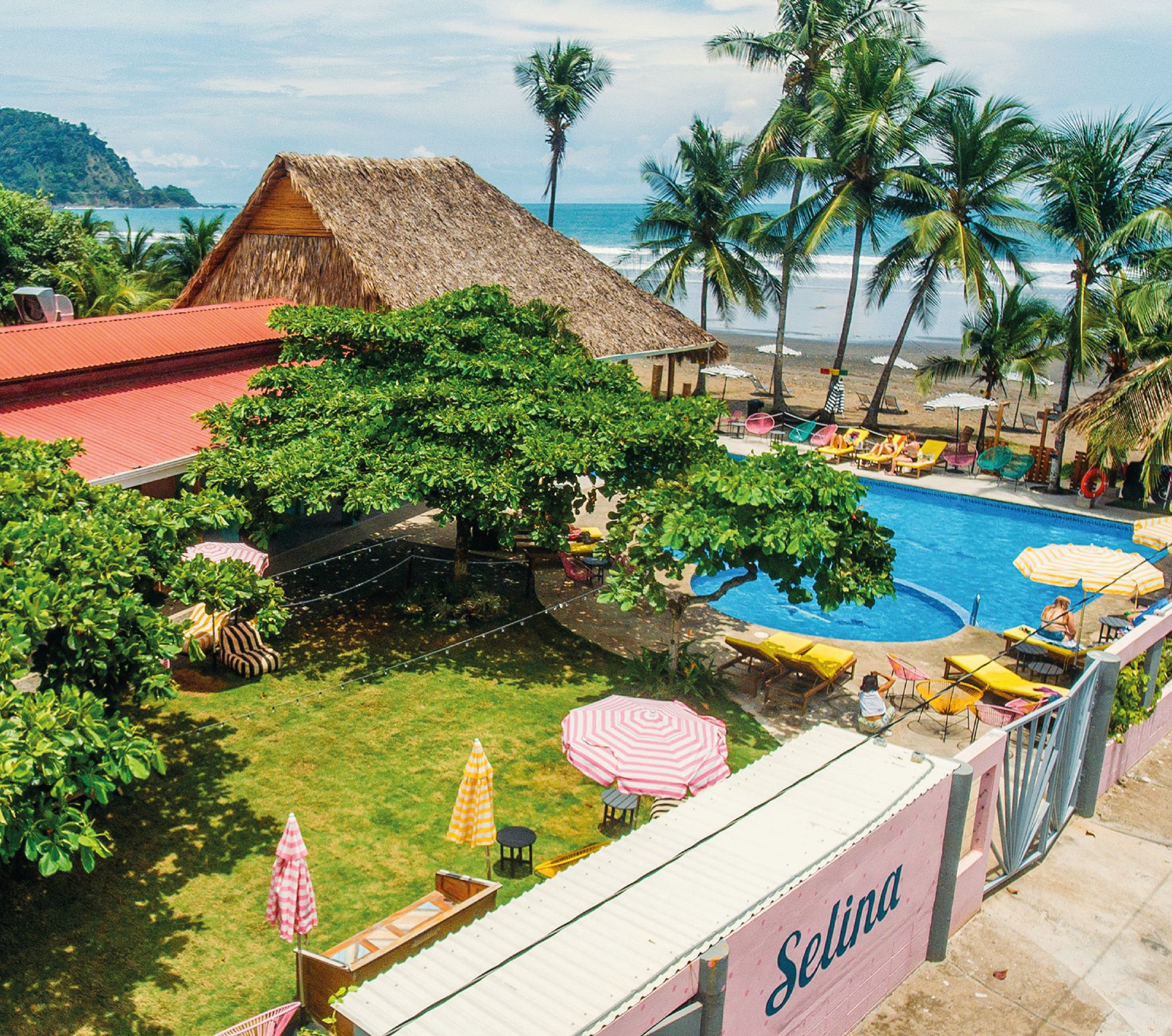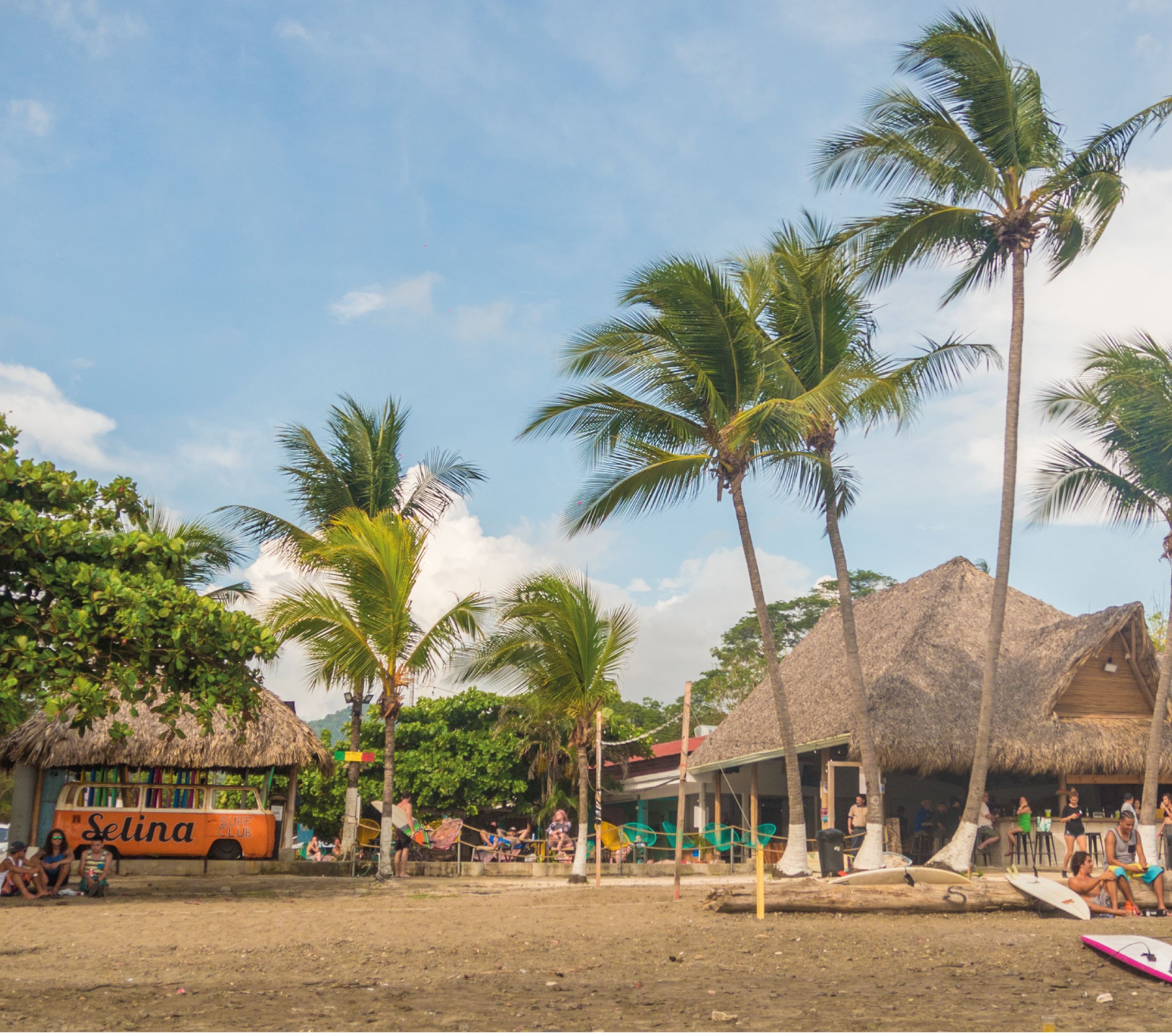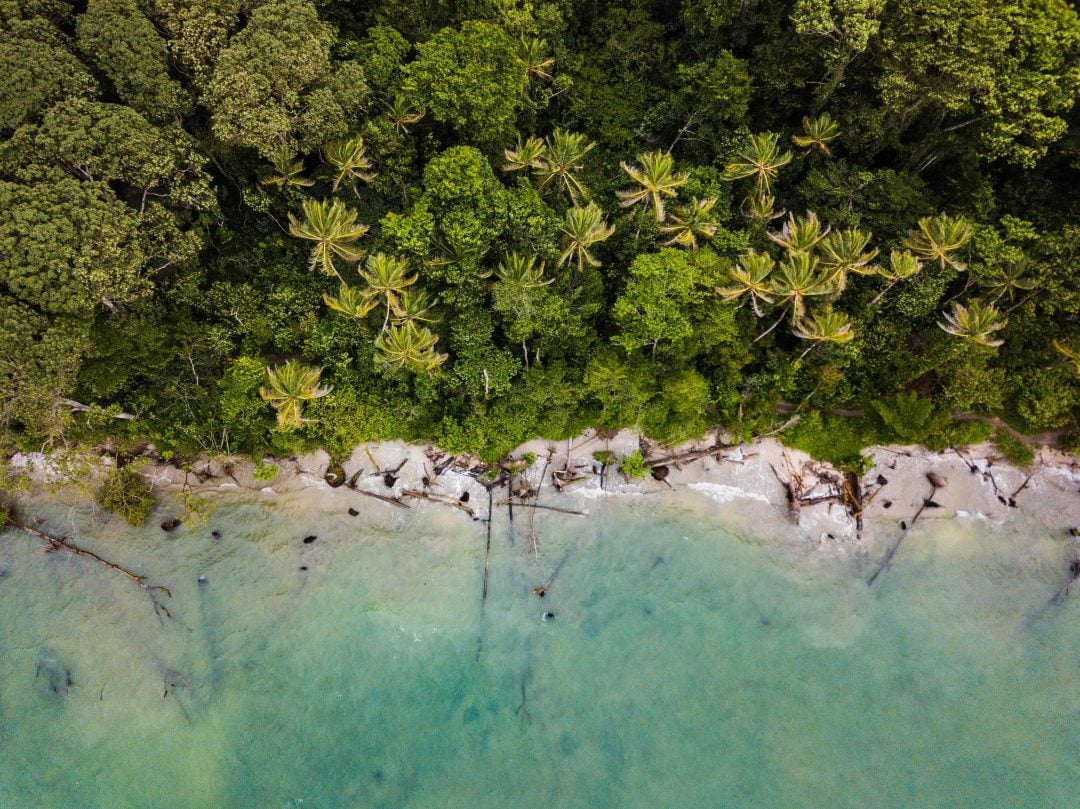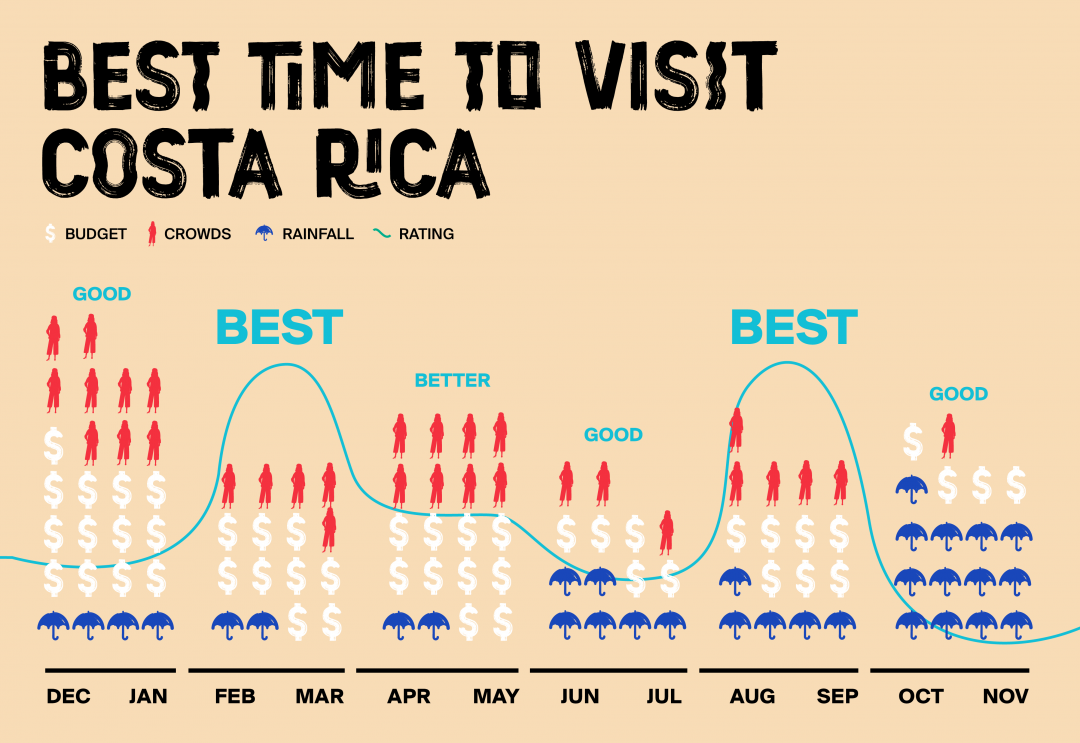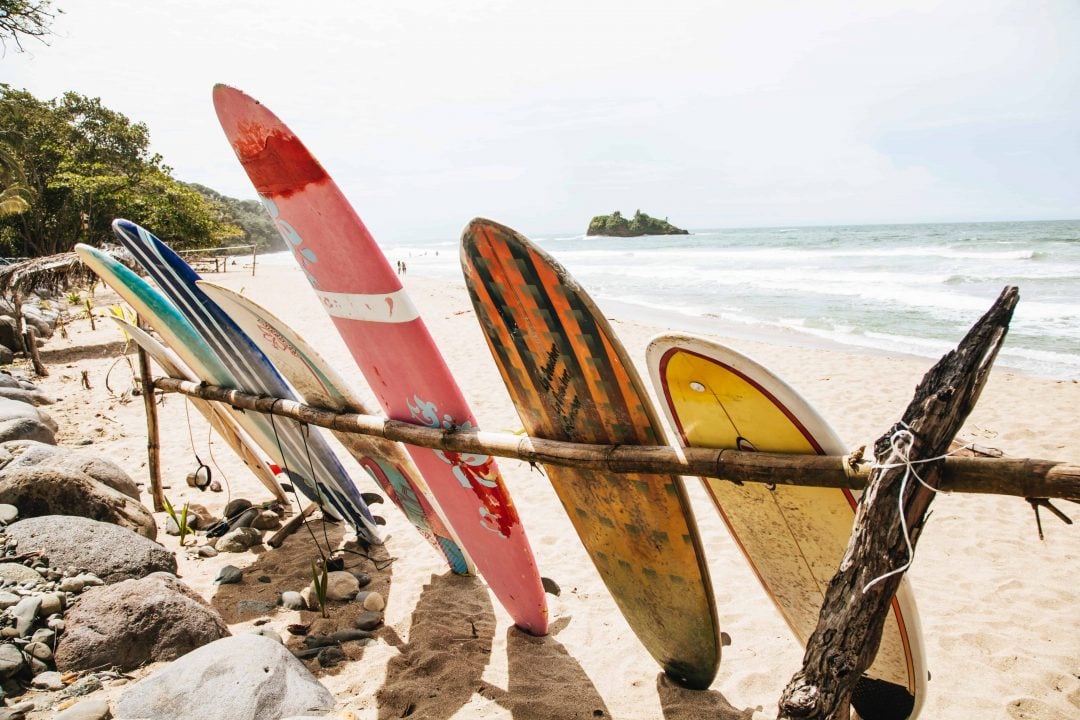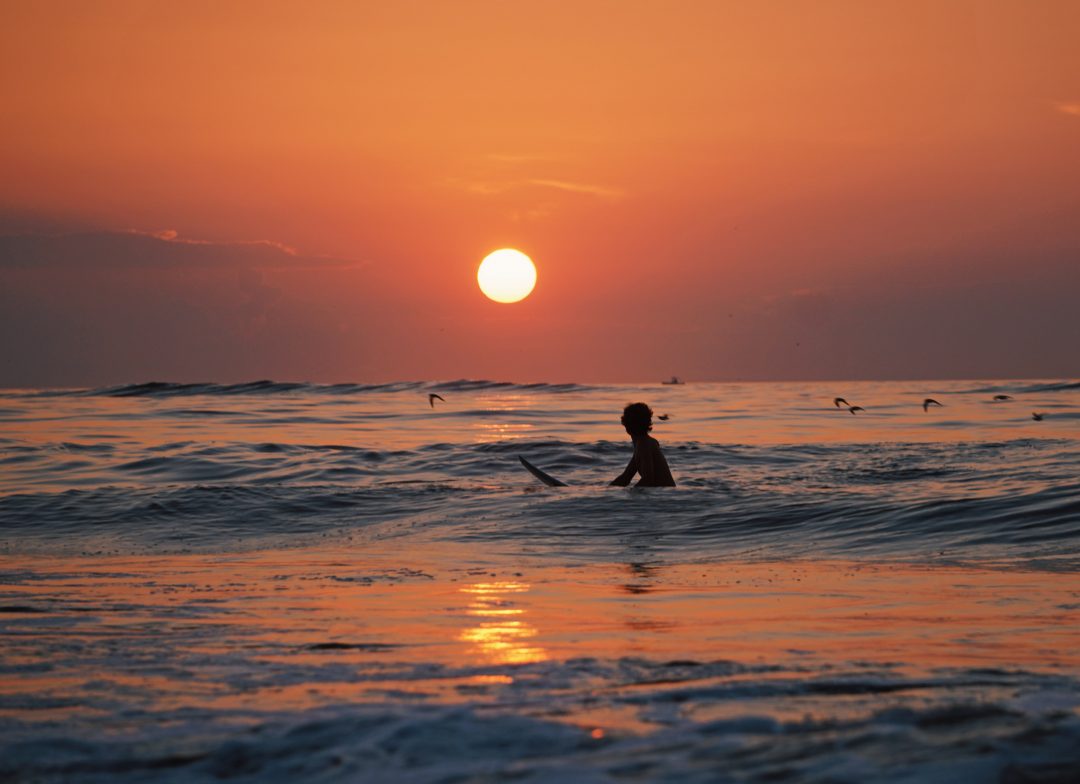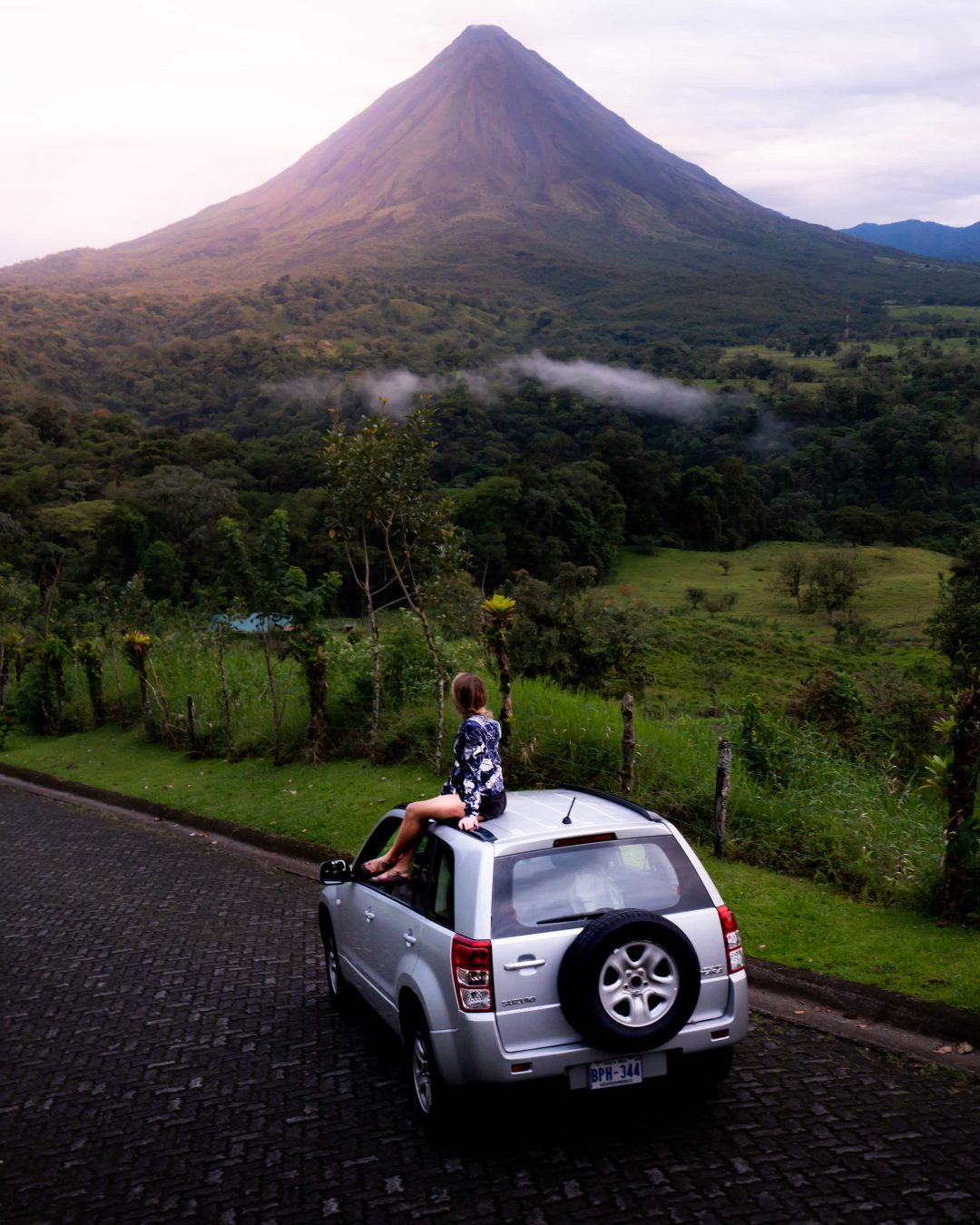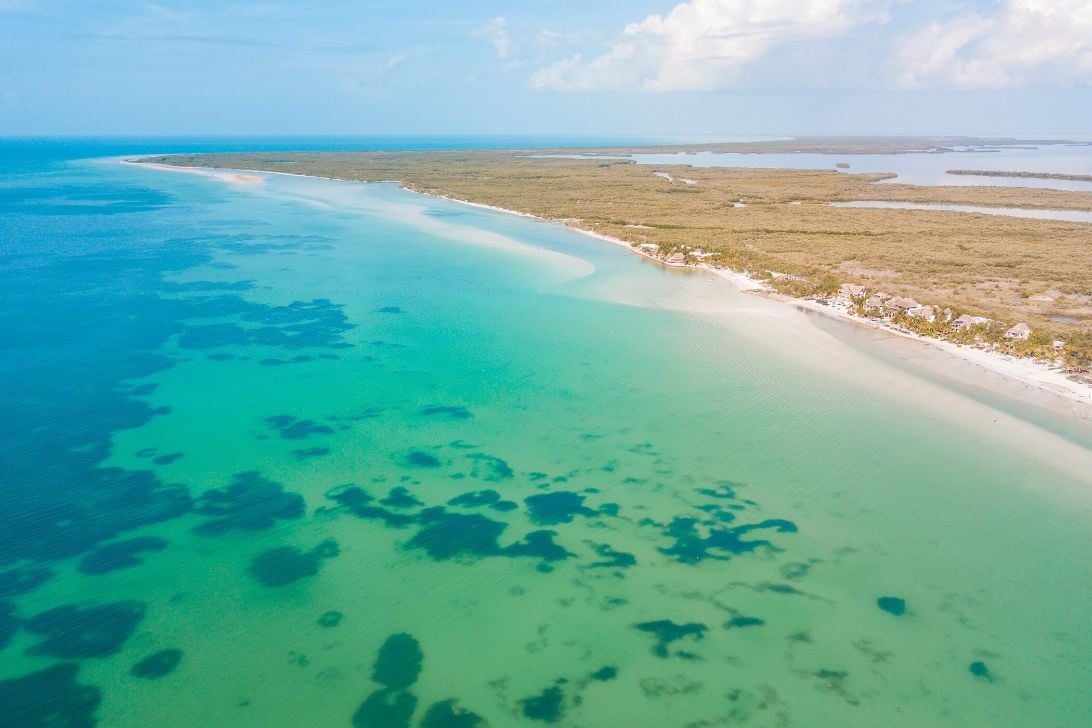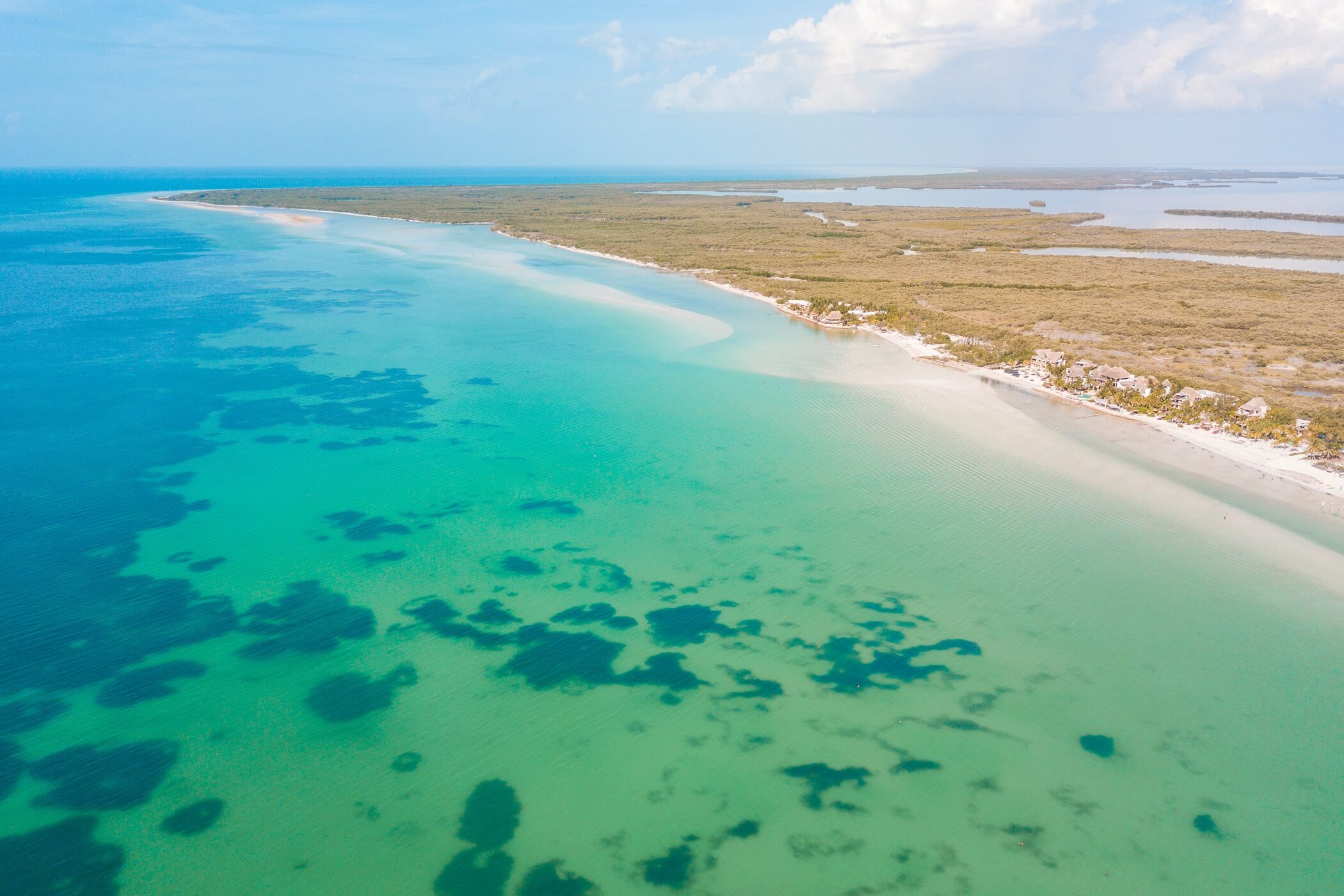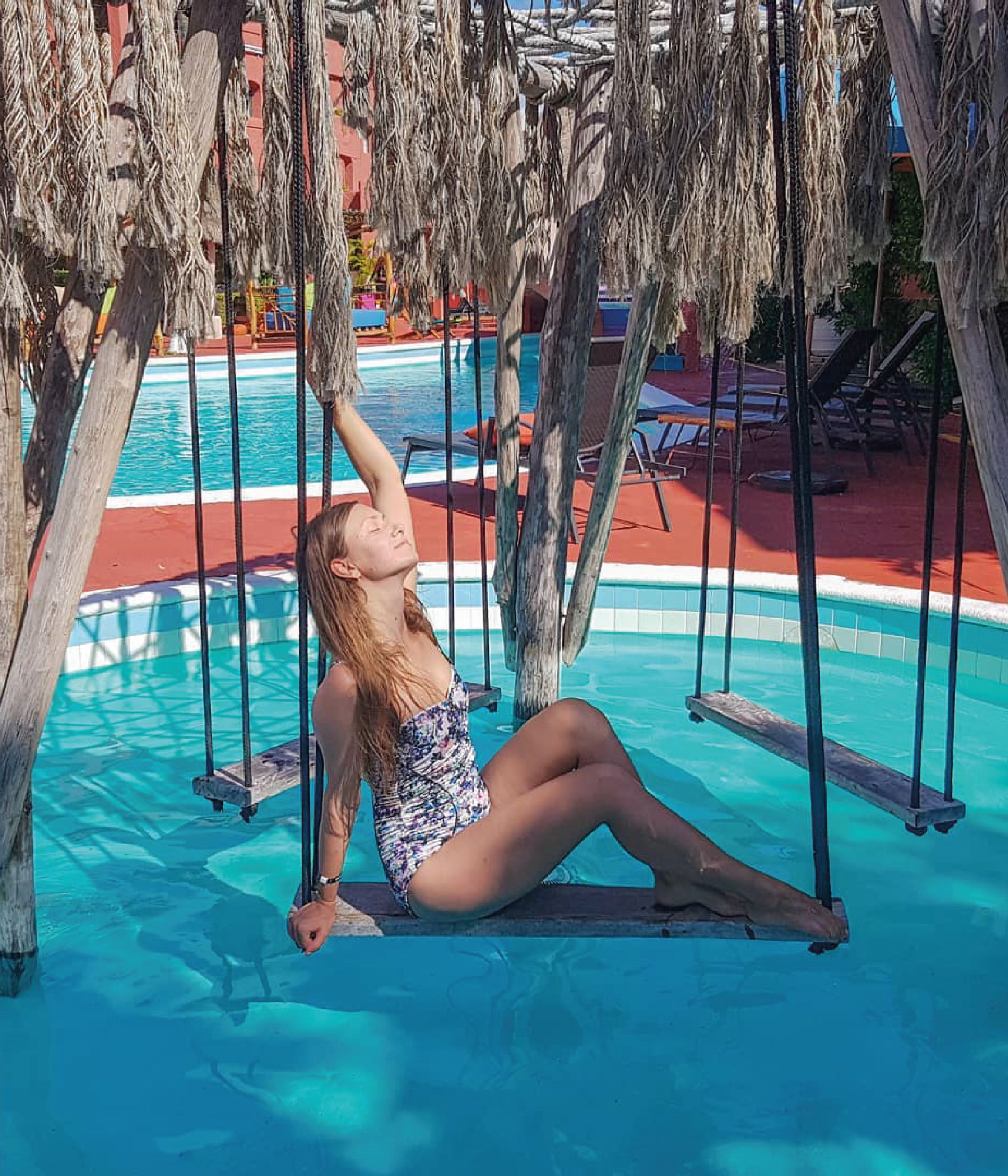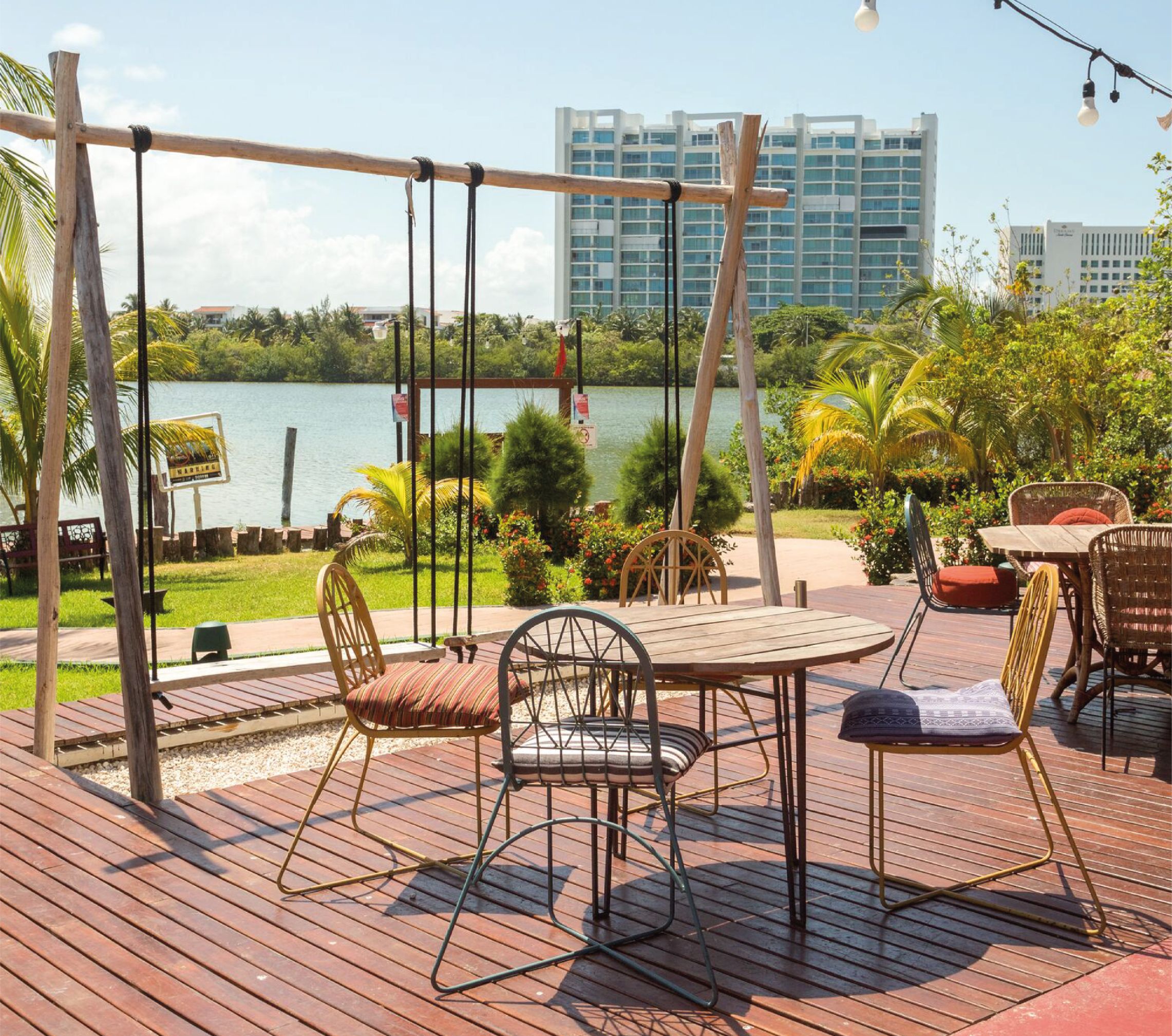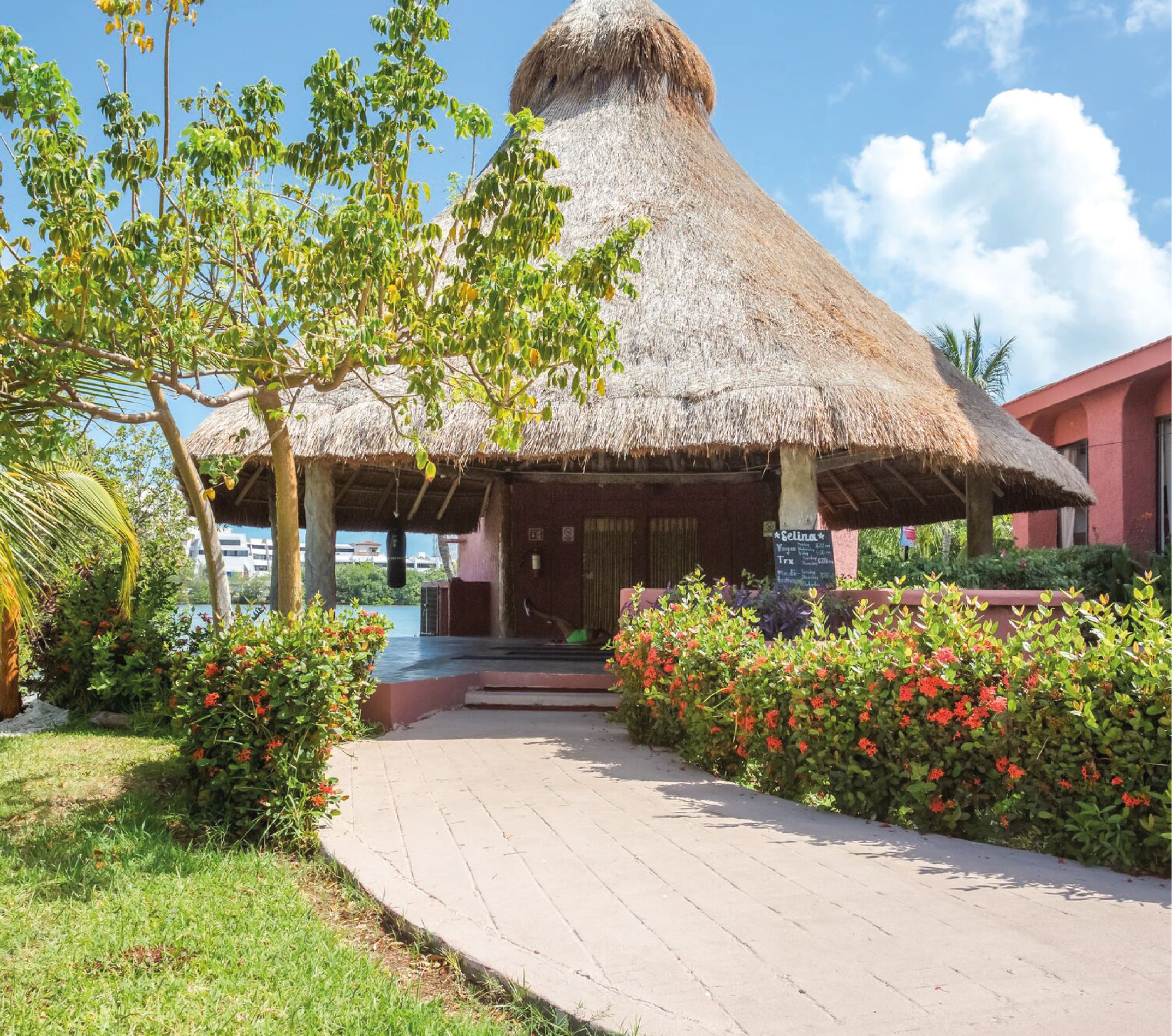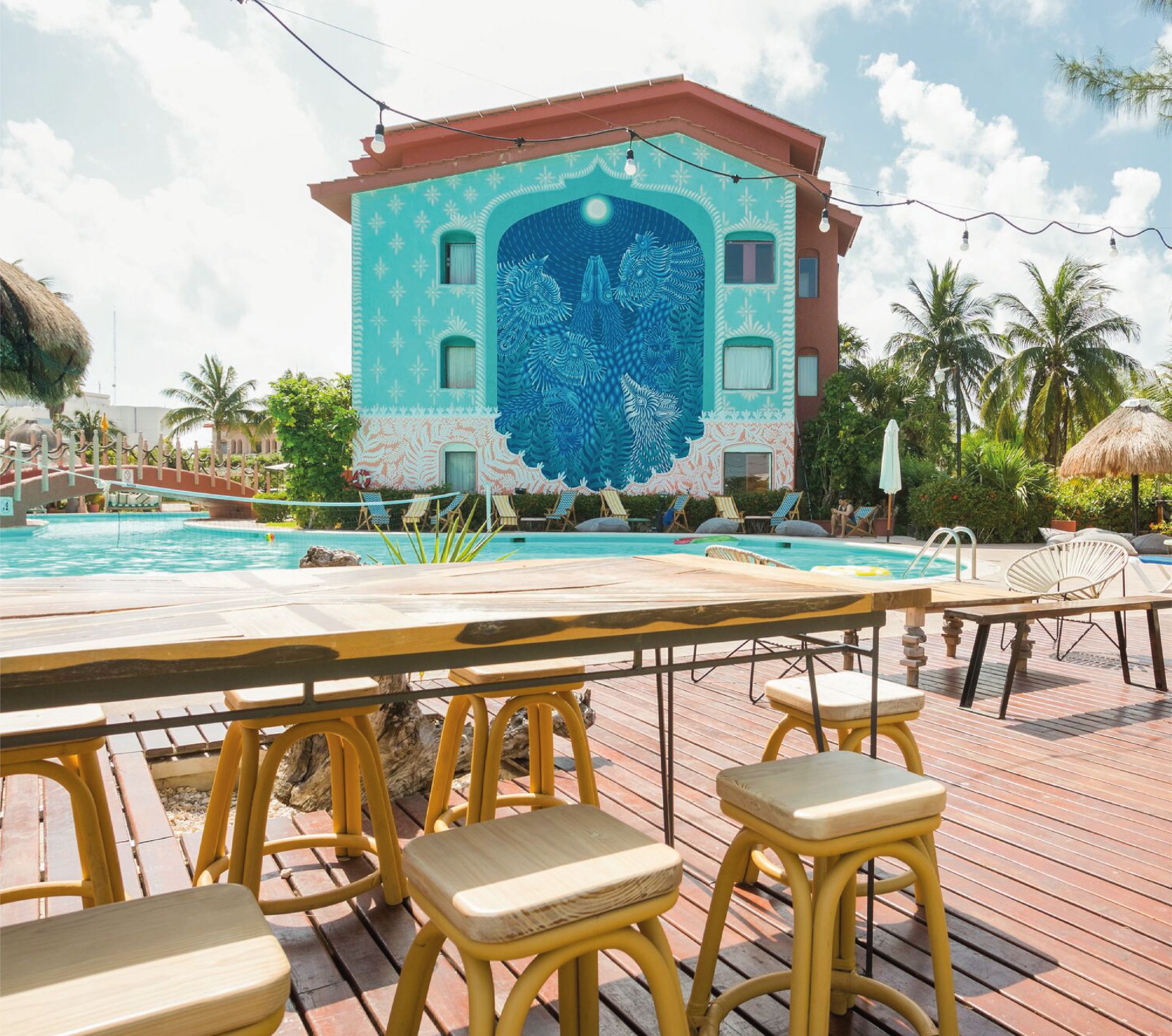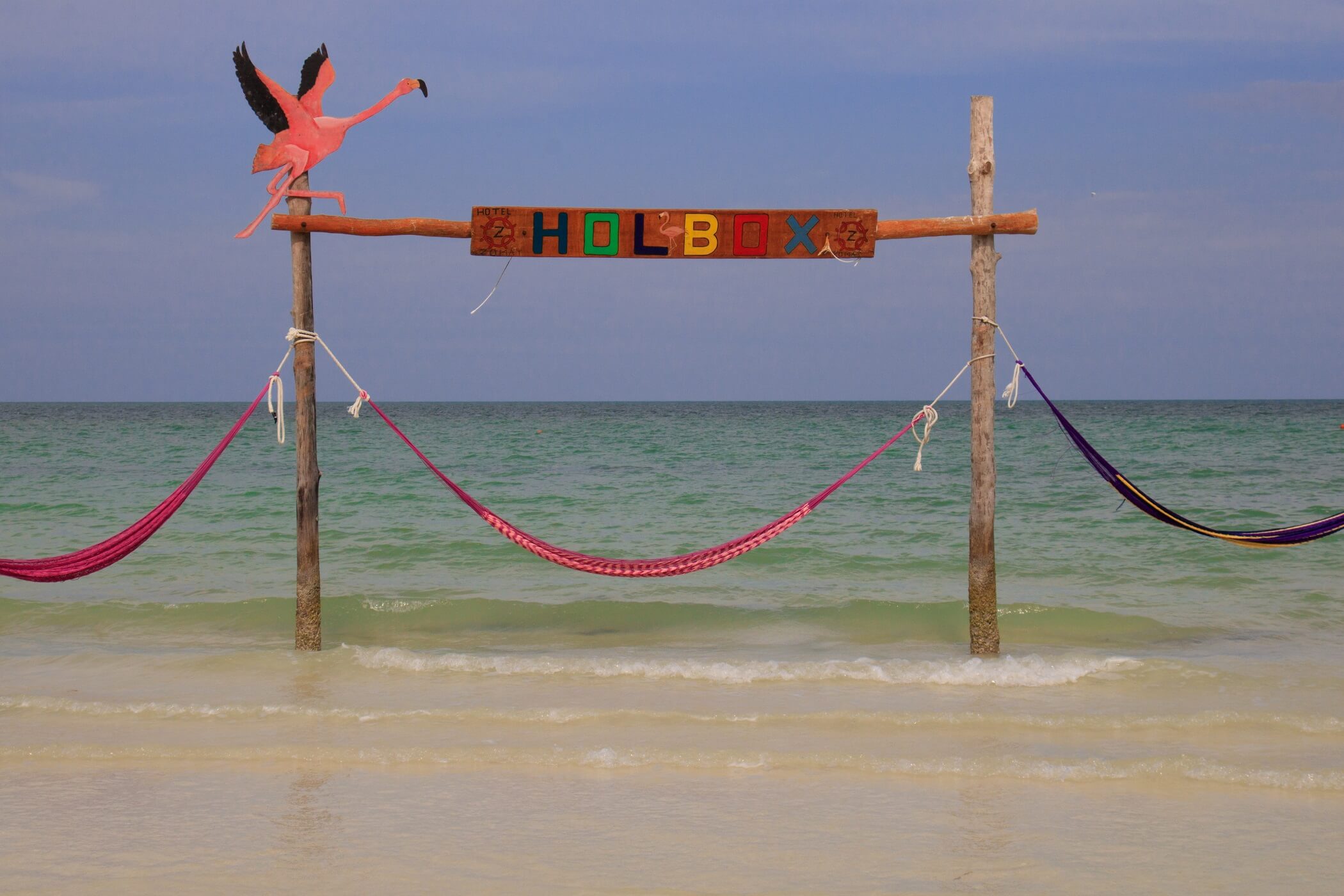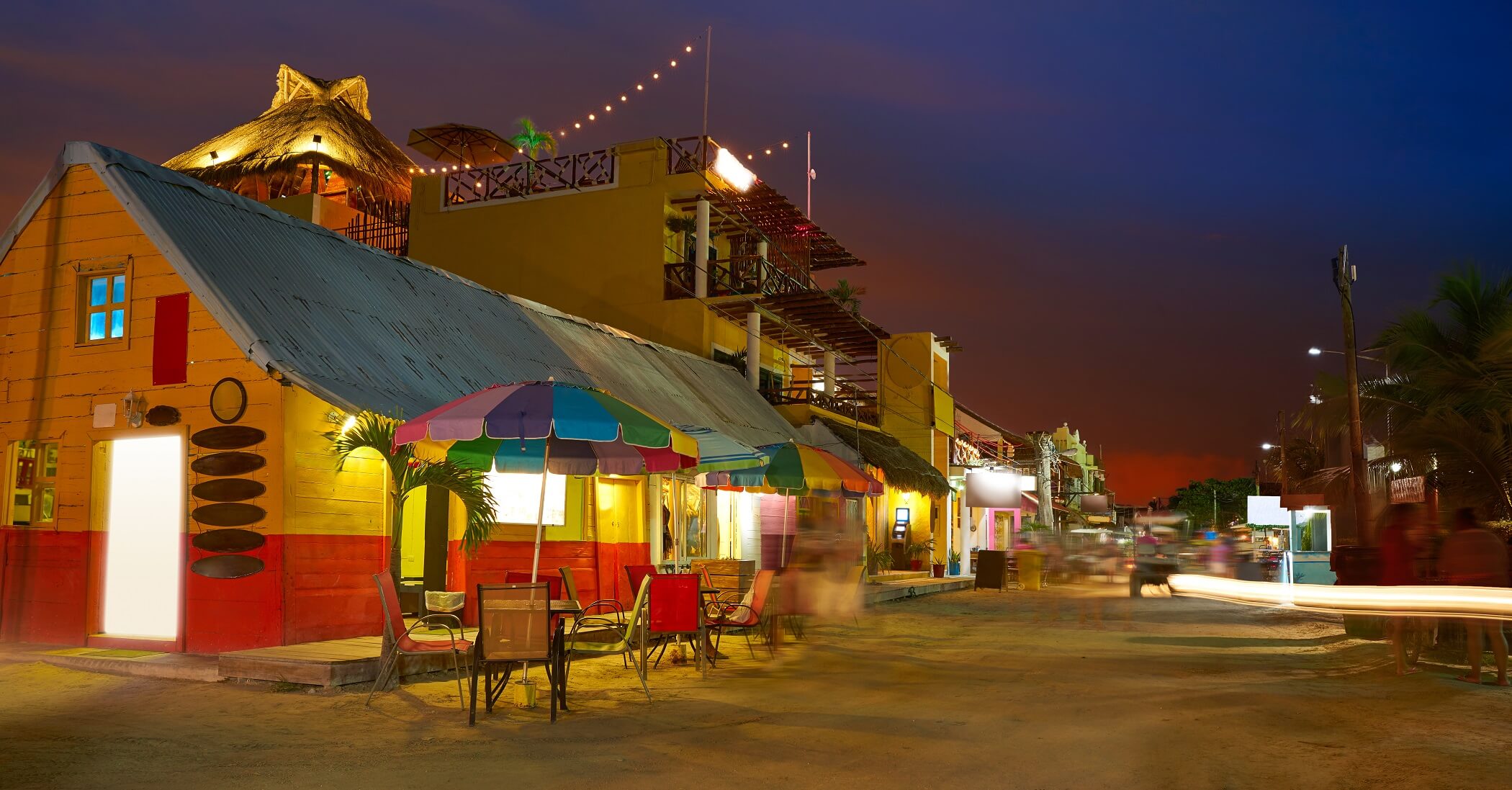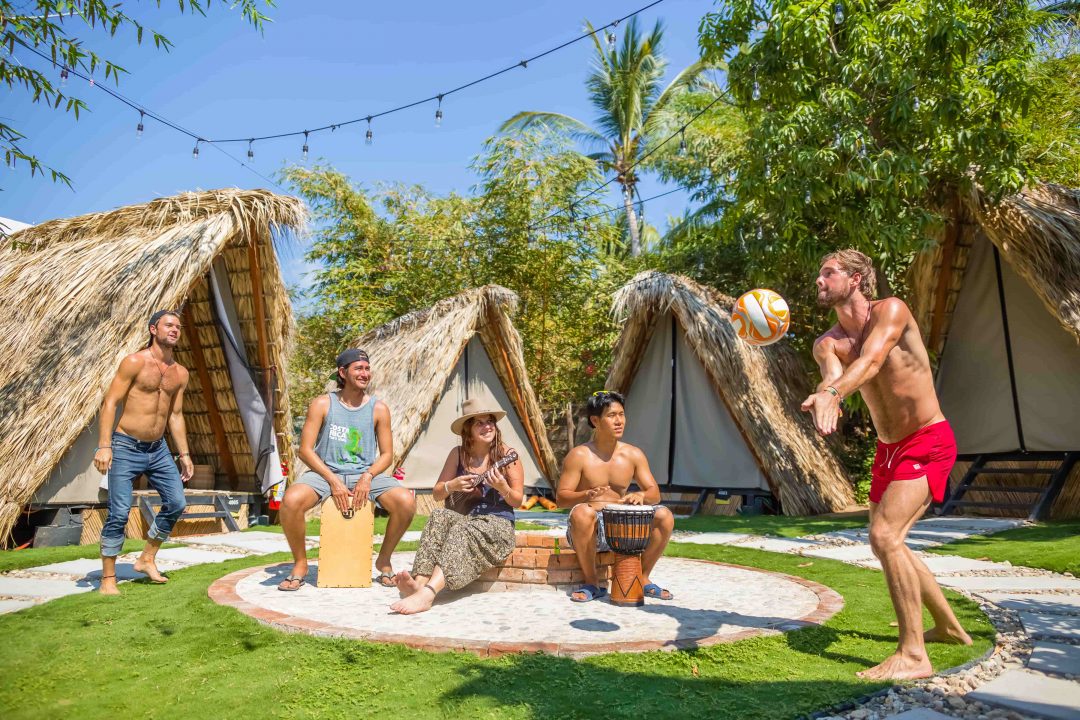Let’s cut to the chase: digital nomads lead a pretty sweet life. Work or travel? That’s a thing of the past! It’s all about the work and travel lifestyle now.
In this guide, we'll take a look at:
- 1. Where to find jobs that allow you to travel
- 2. What are some travel jobs you can do online?
- 3. Writing jobs for the word wizards…
- 4. Travel jobs for the photography buffs…
- 5. Travel jobs for the social media mavens…
- 6. Traveling jobs for the design experts…
- 7. Nomad jobs for the “people person”….
- 8. Travel jobs for the techies...
- 9. How much do these travel jobs pay?
- 10. Popular Destinations for Digital Nomads
- 11. Finding your groove with work and travel
There are plenty of travel jobs out there right now that’ll let you live out your digital nomad fantasy and, at the same time, make enough money to actually earn a living.
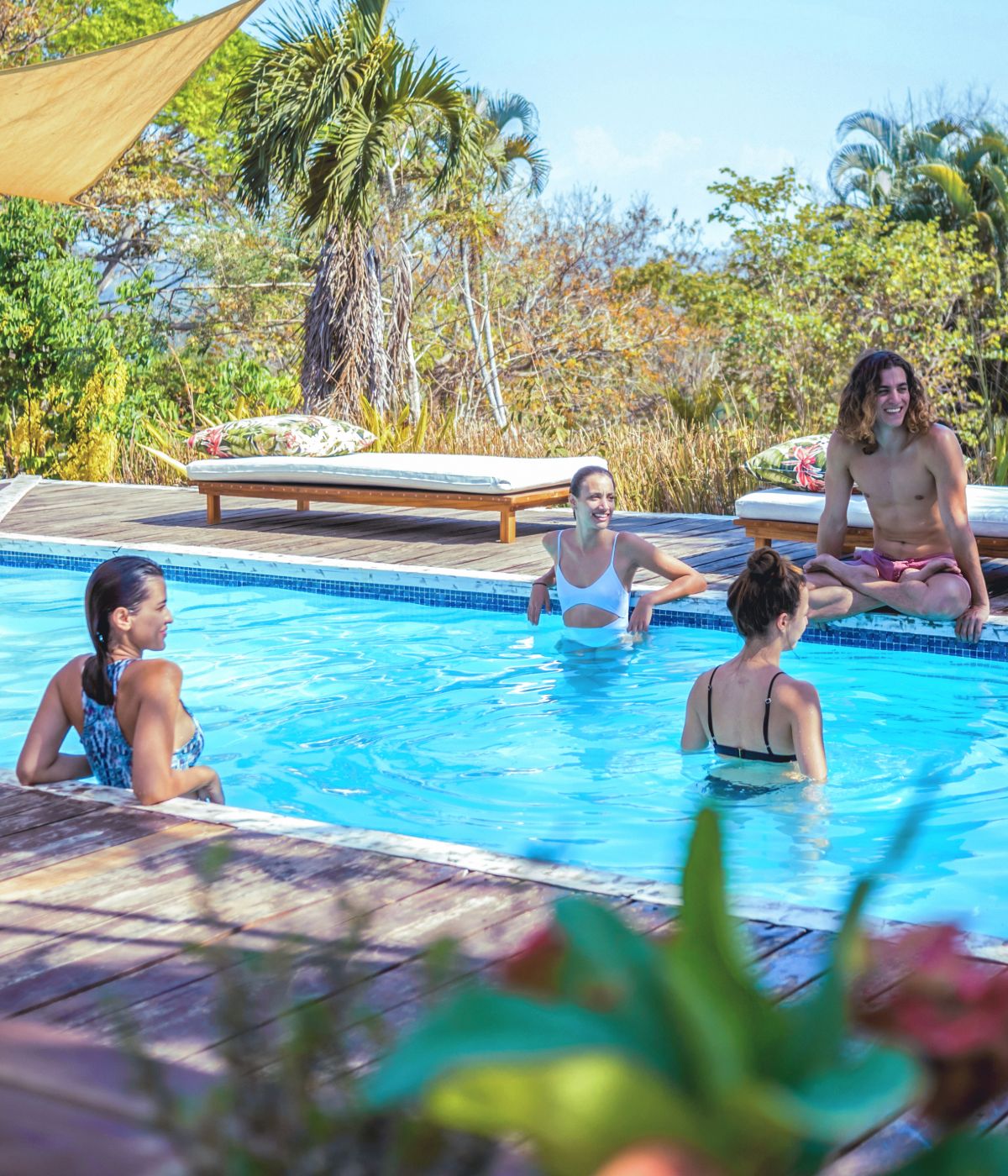
A month-by-month rental program starting from just $300/month. What’s included in the Selina CoLive package? Accommodation | Unlimited use of cowork | Free daily wellness class | Restaurant discounts and more!
By now, you probably have a million questions running through your head. How do I find these travel jobs? What exactly can I do online? Are there really online jobs that pay well? Where will I live while I’m on the road? Well, lucky for you, I’m here with answers. So sit down, relax and feast your eyes on this: your digital nomad journey starts now.
Where to find jobs that allow you to travel
Finding a job that allows you to work and travel isn’t as hard as it sounds. The digital nomad lifestyle is not some dream concocted by people who want to laze around all day, no matter what your parents and friends keep telling you.
Whether you’re looking for places that trade work for accommodation, or you want a long-term traveling job, there are plenty of options to choose from. From social media management to teaching online and becoming a virtual assistant – more on all of this later – chances are there’s a job out there and it’s waiting for you to make the first click.
The first thing you need to know is where to look for work. The Internet has opened up so many doors, and it’s become a lot easier to research travel jobs and find the right fit. Websites like Upwork and Fiverr are aimed at people who are just getting started and want to dip their toes in the water before deciding to jump the gun. While these sites don’t necessarily pay well all the time, and there are always people competing with the lowest bid, they can be the perfect starting point to take on a little extra work before diving head-first and getting a full-time travel job.
On the other hand, sites like Indeed, We Work Remotely and FlexJobs are all perfect for more experienced nomads looking for long-term work on a contract basis. And, believe it or not, Facebook has also become a great platform for digital nomads and freelancers to find steady travel jobs. There are tons of groups out there aimed at people all over the world who are looking for their big break in fields like design, writing and even tech. Find a group, introduce yourself, and watch the comments roll in about companies looking for a candidate like you!

What are some travel jobs you can do online?
The great thing about work and travel is that there are still plenty of opportunities to stay on the career path you’ve created for yourself. Don’t worry about sacrificing your passions or choosing a monotonous job that will have you click-clacking away for hours on end. In this world, you can have it all. That’s the thing about traveling jobs: they evolve and grow just like you do.
Writing jobs for the word wizards…
If writing is your passion, you’re in luck! Freelance writers are some of the most flexible people out there, and it doesn’t take much to find freelance travel writing jobs that let you work from here, there, and everywhere! In fact, some companies even advise their employees to take off, live a new adventure, and then submit content about it. Sounds like a dream, right?
In addition to travel writing jobs, word wizards can also find plenty of work in proofreading, copywriting and copyediting, and SEO. Most of these positions are usually location independent, have very lenient work hours, and all you need is a laptop – or, if you’re like me, just a tablet – and a somewhat steady WiFi connection.
In my case, travel writing has taken me to some pretty cool, far away places. I’ve lived in Cambodia for a few years, and traveled through Central America for months at a time collecting stories and creating content. As a digital nomad, my writing jobs have also given me the opportunity to work from wherever, whenever I can. I’ve written blogs from a beach in Mexico, edited manuscripts while on a two-week excursion through Portugal, and produced social media content while sipping on mulled wine at a Christmas market in Prague. All this to say that, if you have a passion for writing, there’s a travel job out there with your name on it.
Travel jobs for the photography buffs…
Photographers and videographers are also in the lucky group of digital nomads that don’t have to stick to strict work hours. A lot of these visual creators take their jobs on the road with them, and it’s proving to be a step in the right direction and a dose of new inspiration. While finding steady clients with these kinds of travel jobs might seem difficult, there are always hotels and other businesses looking for a photographer to help them spruce up their content.
Also, if your thing is photo and video editing, having a laptop is usually more than enough to get a steady stream of clients asking for touch-ups and quick clips. The possibilities are endless, so click away!

Travel jobs for the social media mavens…
Nowadays, everyone is a self-proclaimed “social media expert”, but if your passion really lies within social media marketing and affiliate marketing, this might be the travel job for you! Learning how to monetize a social media account takes discipline, dedication, and a lot of street smarts. Social media influencers and marketers wear many hats at once: they’re the face, the voice, the brains and the brawn behind the whole operation.
If your thing is Instagram and Facebook ads, writing witty captions with just the right #hashtags, communicating with brands constantly, and taking some Insta-worthy photos, you might want to try and use those skills for more than just a few likes.
If, on the other hand, you feel more comfortable with a behind the scenes approach, there are also countless brands and influencers out there looking for an expert to help them make the most of their business ventures.
Traveling jobs for the design experts…
Designers also have a ton of freedom when it comes to choosing travel jobs. They can usually work from anywhere as long as their laptop is with them, and they can choose their own hours to get sh*t done. Most designers I know are night owls, which means they’ll be up from 5 pm to 3 am getting something finished…and they won’t even bat an eyelid!
Web design has also become HUGE, and there are tons of companies out there looking for a bright mind who can bring new life to their dull, old website. This, in hand with some UX experience, will have the clients rolling in.
Nomad jobs for the “people person”….
If your thing is being with people, an online job might seem counterintuitive…but that’s not necessarily the case. Virtual assistants, for one, need to have a knack for people, great communication skills, and a passion for organization, all from the comfort of their bedroom, the beach, or a bustling rooftop bar.

A month-by-month rental program starting from just $300/month. What’s included in the Selina CoLive package? Accommodation | Unlimited use of cowork | Free daily wellness class | Restaurant discounts and more!
On the other hand, online teaching has also gained popularity within the English-speaking community worldwide. Although some platforms tend to be more selective – they prefer American or Canadian accents because of the neutrality – it’s not hard to find work and get paid well for it. These jobs, however, do require a somewhat professional setting, and have set hour blocks where students can request a lesson.

Travel jobs for the techies…
The tech industry has always been a step ahead of the game when it comes to travel jobs. For example, most people who work in IT support usually do so remotely from many countries around the world, away from an office setting. The only downside is that these jobs tend to be more hour-dependent, and you can’t just frolic around the world as you please. But, hey! A little stability never hurts.
Other traveling jobs in the tech industry include project leads, software developers, engineers, and “architects”.
These are just some of the many, many jobs that allow you to travel and work from wherever; and, what’s even better, is that more and more people are coming up with new and exciting ideas to keep their life on the road and still earn some money. I’ve seen online counseling services, online exotic dancers, and even people renting their clothes online! Plus, don’t forget, travel and lifestyle influencers are bigger today than they ever were. The sky really is the limit!
How much do these travel jobs pay?
Let’s crack another myth: It’s not hard to find online jobs that pay well. That being said, it’s also not necessarily easy to do so. You can’t come into the digital nomad world and expect to earn crazy numbers before putting in some work and making the right connections.
According to recent studies, 1 in 5 digital nomads can make up to $100k a year working remotely. To break it down even further, 18% of them reported making more than $100k, while 22% of them said they made anywhere between $50k and $99k a year. Compared to the average worker, that’s almost twice as much! Basically, it’s time to say goodbye to the rumor that all digital nomads are “broke af”.
It’s also been reported that illustrators can make up to $4k a month and if you’re a freelance writer or blogger, some nomads have reported making up to $3k a month. Plus, if you work in tech or marketing, these numbers could easily keep growing.
See? This is the moment you tell your parents that you’re not going to starve if you opt for the nomad lifestyle. Go on, I’ll wait.
Popular Destinations for Digital Nomads
Digital nomads are slowly taking over the world, and traveling jobs are becoming increasingly popular. You can find them from Guatemala to the United Kingdom, and it doesn’t seem like geography is slowing them down.
On average, digital nomads change locations up to several times a year. I mean, most travel jobs are flexible enough that you can change locations weekly or even daily if you felt like doing so. However, I wouldn’t go too crazy: stability is also a huge part of succeeding at managing both work and travel without losing your sanity.
So, what goes into choosing the perfect location for your new remote career? Easy: good WiFi and cheap living costs. You don’t want to be spending more on housing than you would back home, and you really don’t want to live in a place where an unreliable internet connection could cost you valuable clients. Thankfully, more and more places are welcoming digital nomads with open arms and, because of this, more and more nomad-friendly businesses and brands, like Selina, are popping up worldwide.
Cities like Bangkok (Thailand) and Bali (Indonesia) have attracted many digital nomads because of how easy it is to find good housing, cheap food, and good internet connections. On the other side of the world, many hotels and coliving spaces are embracing the digital nomad revolution. From hostels in cities like Buenos Aires (Argentina), Medellín (Colombia), Mexico City (Mexico), Antigua (Guatemala) offering long-term stays for nomads, coupled with more high-end options like staying at a hotel in downtown Astoria, Oregon, all of these destinations have plenty of options to choose from when it comes to accommodation, coworking spaces and great vibes. Vibes. All this to say that, whether you prefer a hostel in Sayulita or an upscale apartment in London, you’ll be sure to find a way to breathe new life into your digital nomad lifestyle with a change of location!
How do you choose between all these incredible, dream-like locations? That’s a topic for another time.

Finding your groove with work and travel
Once you have a better idea of the travel jobs that speak to you the most, and where in the world you want to be based out of, it’s time to find the perfect place to get it done.
That’s where Selina comes in.
Selina is proud to be the first real home for digital nomads. Here, the idea of putting your work life on hold because you’re on the road simply doesn’t exist. All work and no play makes Jack a dull boy. But all play and no work makes Jack a broke boy. That’s why Selina believes in mixing work and travel: because it’s essentially impossible to survive without one or the other. From setting up shop at the Selina coworking space in Puerto Escondido to jetting off across the pond to places like Portugal or Israel We know that a life without travel is incomplete, but they also understand that a life without work isn’t sustainable.
Recently, we’ve come up with different ways to keep digital nomads on the road for longer, while also giving them opportunities to do what they love.
Last year, Seliana started a work and travel program aimed at photographers and videographers. The Selina Film Residency calls for passionate storytellers who can produce striking content in exchange for free accommodation and delicious meals. The residency times vary, but they’re all aimed at helping creators who want to explore more and live the Selina lifestyle while keeping busy and working away.

A month-by-month rental program starting from just $300/month. What’s included in the Selina CoLive package? Accommodation | Unlimited use of cowork | Free daily wellness class | Restaurant discounts and more!
Selina has also set up a coding course – in some truly stunning locations – that help people just like you find travel jobs and get set the course for their future work and travel lifestyle. The course is built around the idea of getting real-world, hands-on experience led by a coding specialist who will show students the ropes of this highly popular and in-demand skill. This incredible experience also goes hand in hand with the Selina principle of giving back, and all attendants work alongside local NGOs and businesses to improve their online presence and, in the end, leave a lasting impact.
A home built for digital nomads, most travelers who pass through Selina would never think of leaving their travel jobs behind, or giving up work and travel for the dull life of a cubicle and screen. Why choose one when you can have both? At Selina, you don’t have to.
Travel jobs come in all shapes and sizes. While some let you work anytime, some need you to be on call during certain hours. While some don’t require a constant internet connection, some wouldn’t work without WiFi. While some are numbers-oriented, some are all about letting your creativity shine. It doesn’t matter how you work and travel, and it doesn’t matter how many travelers’ careers you’ve tried your hand at: all that matters is that your work and play lifestyle is giving you exactly what you crave.


